Trip Logs
Antarctica and South Georgia Island: Photography & Exploration Trip Log: January 4–21, 2022

January 4-5, 2022 | Buenos Aires
The guests were delighted to arrive in Buenos Aires. For many of them, it was the first time travelling internationally in the last two years.
Most of the guests had arrived the previous day, pampered by the warm hospitality of The Park Hyatt. Later at the welcome reception, several members of the A&K Expedition Team were introduced. The remainder of the Expedition Team would await our arrival in Ushuaia.
The following morning, guests enjoyed time at leisure to explore the avenues and flowering Jacaranda trees of Buenos Aires.
Later in the afternoon, the guests split up into two groups, one group taking in the city highlights along with a tango demonstration, the other exploring the significance of Buenos Aires’ world-renowned graffiti scene. Highlights of the day’s explorations included a historic home concealing a subterranean warren of tunnels, cisterns and canals.
In the evening, the guests retired to rest for the next day’s early charter flight to Ushuaia where ‘Le Lyrial’ awaited its next journey to the White Continent.

January 6, 2022 | Ushuaia, Argentina
We converged on the small city of Ushuaia, each of us arriving from a different corner of the planet to embark on an expedition revealing the wildlife and landscapes of South Georgia and Antarctica. As our planes approached Ushuaia, clear skies afforded striking views of the southern Andes’ vast expanse of glaciers, lakes and towering peaks.
When we arrived at “El Fin del Mundo” (the southernmost city in the world, as it’s is locally known) to find a growing outpost with plenty of restaurants and shops catering to adventurous travellers. We gathered at the Arakur Hotel, a luxurious enclave perched high above the town, mingling over lunch as we took in sweeping views of the Beagle Channel below.
Under the bright afternoon sun, we arrived at a bustling pier lined with expedition ships and a fishing boat unloading its catch. We made our way up the gangway, where we were welcomed by the staff and crew of our state-of-the-art luxury expedition cruiser, ‘Le Lyrial.’ After settling into our staterooms and getting familiar with the ship, we headed to the Grand Salon for some welcome Champagne and snacks.
Following a lifeboat drill, we joined our Cruise Director Paul Carter, our Expedition Director Suzana Machado D'Oliveira and our Expedition Leader Marco Favero in the Theater for an introduction to the ship and staff. As each member of the Expedition Team gave us a welcome and some background on themselves, their passion for Antarctica and their desire to share it shone through.
After dinner, we watched Ushuaia disappear into the distance from the observation deck. As the sun set, the clouds glowed a bright orange on one side of the ship and a magnificent pink on the other. Darkness fell over magnificent mountains lining the Beagle Channel on both sides, while giant petrels and our first black-browed albatrosses banked in front of the ship.
We breathed in our last breath of South America and of the green vegetation covering the mountainsides, all the while contemplating the experiences that lay ahead of us. We drifted off to sleep in our new home away from home, eagerly anticipating awakening to the vast Southern Ocean.

January 7, 2022 | At Sea, en Route to South Georgia
We awoke to open ocean in all directions, with the land mass of South America now well behind us to the northwest. The next land we would encounter would be the island of South Georgia, a stark contrast to the green beech forests of Ushuaia.
The rough seas that are known to define this part of the world were nowhere to be found this morning, so we took full advantage by heading out on deck, tea and binoculars in hand. Giant petrels careened in the wind behind the ship, while a southern royal albatross soared in the distance.
Following breakfast, we had the opportunity to exchange our parkas if a better fit was needed. Then, we joined ornithologist Patricia Silva for “Seabirds of the Southern Ocean,” a lecture highlighting some of the species we would see out on the open ocean.
We chatted over cappuccinos in the Main Lounge before heading back to the Theater to join photo coach Richard Harker for "Photographing Antarctica: What to Expect and How to Prepare," a talk for beginners and professional photographers alike.
After lunch, we enjoyed more time out on deck, chatted with the Expedition Team and grabbed some extra camera tips from the photo coaches. One southern giant petrel made multiple passes very close, while albatrosses darted above and a pod of hourglass dolphins leapt beside the ship.
We then joined geologist Jason Hicks for "Gondwana: Breaking Plates to Form a Continent," a detailed overview of the geologic movement of Earth’s tectonic plates.
We then all donned our Sunday best for the Captain's Welcome Dinner. As we chatted over Champagne, Captain Julien Duroussy told us a bit about himself and introduced several core members of his international crew. A superb gala dinner capped off a fabulous day at sea.

January 8, 2022 | At Sea, en Route to South Georgia
The light swell that rocked us gently to sleep last night began to pick up during the early morning hours. After a leisurely breakfast and some fresh air out on deck, we found ourselves ready for a relaxing and educational day at sea.
First, we joined ornithologist Patricia Silva in the Theater for "Penguins 1: Diversity," an interesting introduction to Adélies, macaronis and some of the other penguin species we would likely encounter on the expedition.
We then joined the Expedition Team and photo coaches on deck amid moody grey skies and misty precipitation as the occasional black-browed albatross and white-chinned petrel passed by the ship.
Before lunch, we gathered for a mandatory briefing about biosecurity while ashore on South Georgia. We wrote postcards that would be mailed from South Georgia and spent some time on deck spotting black-bellied storm petrels.
After enjoying a chocolate-themed afternoon tea, we met photo coach Andy Coleman for “15 Ways to Improve Your Wildlife Photography," an enlightening lecture on storytelling through photography.
We mingled in the Main Lounge over gin and tonics before joining the Expedition Team for the first evening recap of our journey. Marine biologist Rich Pagen provided a lay of the Antarctic land, followed by historian Rob Caskie’s insights into the people who have made the White Continent their passion and life’s work.
Excited stories filled the restaurants over dinner. Later we grabbed some popcorn outside the Theater for a showing of The Endurance, a film chronicling Ernest Shackleton's ill-fated Imperial Trans-Antarctic Expedition of 1914–17. We went off to the comfort of our warm beds thinking about the hardships that these men endured to explore this harsh southern continent.

January 9, 2022 | At Sea, en Route to South Georgia
We awoke to cooler air temperatures and an impressive swell coming from the stern. Le Lyrial rides extremely well in big seas, so we felt it very little. It was mesmerizing to watch; and doing so with a cup of coffee in hand was a popular pastime for the day.
After a hearty breakfast, we joined marine biologist Rich Pagen for the first lecture of what would prove to be a very educational day. His talk entitled "Whiskers, Blubber and General Lounging Around: Seals of the Antarctic" introduced us to the seals we would encounter tomorrow in South Georgia, as well as the ice seals we would meet later in Antarctica. From enormous elephant seals with their harems on the beach, to leopard seals changing their diet from krill to penguins in the autumn, Rich got us very excited to encounter seals during our exploration of the Southern Ocean.
We then joined Rob Caskie for “Psychology of Survivors: Shackleton's Incredible Journey,” a chronicle of the infamous Imperial Trans-Antarctic Expedition of 1914–17. This first attempt to make a land crossing of the Antarctic continent proved a grueling test of human endurance, with Shackleton and his men narrowly escaping.
Out on deck, we practiced our newfound photo skills on the groups of storm-petrels and prions that were now our constant companions. We then met photo coach Andy Coleman in the Theater for "Tips and Tricks for Photographing with Your iPhone," a discussion of light exposure and video pointers for our phones’ cameras.
Sunshine greeted us out on deck as we chatted with the Expedition Team about the Antarctic Convergence and the distinctions between the various species of prions. We lingered in the lounge or went through some of our photos before joining ornithologist Patri Silva in the Theater for the final lecture of the day.
Patri's talk, "Penguins #2: Evolution and Biology," explored the evolutionary link between penguins, petrels and albatrosses, as well as some of the finer points of penguin physiology.
At a lively recap, photo coach Andy Coleman prepared us for some scenarios we might find ourselves in tomorrow and marine biologist Rich Pagen discussed our crossing of the polar front into Antarctica proper. Excitement was off the charts over dinner as it settled in that we would be going ashore in the morning to experience South Georgia, most of us for the first time.

January 10, 2022 | Fortuna Bay and Grytviken
We awoke to albatrosses flying past our cabin windows and views of the South Georgia coast off our starboard side. We admired the island's spectacular peaks as the ship made its way into Fortuna Bay amid impressive winds. Once the anchor was down, we boarded the Zodiacs and soon found ourselves ashore at the head of the large bay, from where we began a one-mile hike to a king penguin rookery nestled well up the glacial valley.
We paused on the beach to watch male fur seals carefully guard their mates from lone males lurking along the outskirts. Fur seal pups were everywhere. Elephant seals lay piled together in the tussac grass behind the beach, their characteristic sneezing and snorting alerting us to their presence. Further up the glacial outwash plain, king penguins lounged in the stream as they molted. Amid driving snow and gusting winds, we watched from an overlook as adult kings incubated eggs, chicks begged incessantly for food and skuas patrolled the skies overhead.
Back on board, we ate lunch while ‘Le Lyrial’ headed southeast toward the snow-capped mountains of South Georgia. The ship maneuvered into the protected waters of Cumberland Bay as the sun peeked out from behind the clouds. The former whaling station of Grytviken appeared before us, its natural harbor tucked away in a quiet cove.
We landed on a beach just below the Grytviken cemetery where Sir Ernest Shackleton is buried amid scores of former whalers. Some of us hiked up the ridge above the cemetery to get a look at Gull Lake and the cove, while others explored the remains of the whaling station’s rusty storage tanks, dilapidated whale catcher boats, old industrial machinery and Whaler’s Church.
Back on board at recap, Naturalist Russ Manning introduced us to photo identification of marine mammals and ornithologist Patri Silva spoke about the king penguins we saw today. It was a great finale to our first day of exploration in South Georgia.

January 11, 2022 | Royal Bay and St. Andrews
Beautiful, heavy snow poured down around the ship as we made our way into a bay that once served the whaling station of Stromness. Through the snow, the dilapidated ruins of Stromness came into view. It was here that Ernest Shackleton, Frank Worsley and Tom Crean arrived after climbing down from their crossing of South Georgia on foot, following their incredible boat journey from Elephant Island. Whaling ceased at Stromness in 1931, the site later becoming a working shipyard until it was finally abandoned.
We pondered the haunting scene of this once-bustling operation over breakfast as ‘Le Lyrial’ maneuvered into Royal Bay and the small cove of Moltke Harbor. Once ashore, we were greeted by a loafing pile of elephant seals, a curious snowy sheathbill and numerous South Georgia pipits. Some of us hiked up into the tussac to find a bustling gentoo penguin colony. Fur seals peered out from behind the tussac, while giant petrels patrolled the air over the small glacial outwash plain. The sun emerged from the clouds, the blue sky contrasting with the lush green hillsides.
Back aboard, we ate lunch as the ship cruised toward the towering mountain peaks of St. Andrews Bay, home to one of the largest king penguin colonies in the world. As our Zodiacs approached, rafts of giant petrels floated near the breakers. We landed in a protected corner of the bay amid loafing elephant seals and king penguins. Continuing along the backside of the beach we found a raging glacial stream inhabited by molting king penguins. A vocal group of fur seals lounged in the grass nearby.
We boarded the Zodiacs and cruised along the beach in front of of the colony. Chicks let out high-pitched whistles as begging calls to their parents, while adults trumpeted in courtship displays with potential mates. All the while, skuas circled the colony in search of an opportunity to grab an egg or chick. It was a sight to behold.

January 12, 2022 | Gold Harbor and Cooper Bay
During the early morning hours, ‘Le Lyrial’ cruised along the southeast coast of South Georgia while fur seals and penguins porpoised in the turquoise waters. An impressive spine of rugged mountains soared above the green coastal tussac grass as we relaxed over our morning coffee.
We boarded the Zodiacs for our landing at Gold Harbor, home to one of South Georgia’s most beautiful beaches. Upon landing, we carefully dodged a huge pile of elephant seals. The air was filled with the loud snorts of young male elephant seals sparring with one another. A king penguin colony was huddled farther down the beach, with groups of brown woolly-coated chicks scattered around the colony’s edges. Northern giant petrels stalked their prey while brown skuas loafed on the sand.
During lunch, Captain Julien Duroussy brought the ship southeast toward Cooper Island as flocks of blue-eyed shags flew across the ship's bow. As we entered Cooper Bay, rafts of macaroni penguins porpoised all around us.
Taking advantage of the calm conditions, we set out on a Zodiac tour of the area, deftly navigating the kelp in the finger-like coves. With a light rain falling, we watched snowy sheathbills picking through the algae-covered intertidal zone while the occasional curious South Georgia pipit flew in to join them. Floating in the peaceful cove, we admired a macaroni penguin colony and sandy beaches dotted with male fur seals defending their harems.
Back on board, we gathered in the Theater where historian Rob Caskie shared "The Norwegian Who Took the Prize," his riveting telling of Roald Amundsen’s harrowing exploits. After a lively recap, we told stories over dinner, fondly recalling our experiences in this remarkable and wild corner of the world.

January 13, 2022 | At Sea, en Route to Antarctica
We awoke to some rocking and rolling this morning, which made it very easy to roll over and get a bit more sleep after three active days in South Georgia. We relaxed over breakfast before heading up to the Theater for the first of four educational and entertaining lectures.
Marine biologist Rich Pagen kicked off the lecture series with "Poised to Profit from Pelagic Productivity: Cetaceans of the Southern Ocean," a presentation spanning the little-known habits of beaked whales to the cooperative bubble net feeding of humpback whales.
We worked on our photography skills out on deck as prions and blue petrels flitted beside the ship. Blue petrels are rarely seen in the wild, so it was a treat to watch these beautiful small birds in their element amid the strong winds.
Geologist Jason Hicks followed with "Antarctic Ice: From Icecap to Growler," an introduction to the concept of glaciers as rivers of ice flowing in the direction of least resistance. We also learned that Antarctica's massive ice fields measure two miles thick in places, towering above sea level by as much as 12,000 feet.
After lunch, we read in the lounge or browsed through the stacks of South Georgia photos we had taken. Later, naturalist Russ Manning shared "A Year in Antarctica: How a Year on an Antarctic Research Station Evolves," a collection of stories from his experiences as a base commander on Signy Island.
Out on deck, flurries fell as a few fin whales surfaced near the ship. After afternoon tea, photo coach Andy Coleman presented "Twelve Guidelines to Photographing Landscapes," offering a host of pointers dealing with perspective, shape and light in wild places.
At the evening recap, we heard about Ernest Shackleton's right-hand man, Frank Wild, from historian Rob Caskie and about South Georgia's fascinating geology from Jason Hicks. Over dinner, a snow petrel made multiple passes along the starboard side windows. The evening concluded with a spectacular orange sunset off our bow to the west.

January 14, 2022 | At Sea, en Route to Antarctica
The sea was glassy calm this morning, with a trace of residual swell and intermittent sunshine breaking through the clouds. Over breakfast, Cruise Director Paul Carter announced that the “Spotting of the First Iceberg” award went to our fellow traveller Espen Antonsen, another exciting sign that the Antarctic continent was drawing nearer.
During deck time, we chatted along the ship's railing, watching Antarctic prions cross the wake behind us. Several fin whales spouted in the distance, while others surfaced quite close to the ship, revealing their characteristic trigger-shaped dorsal fins.
Back in the Theater, Geologist Jason Hicks presented "Future Plate Movements," a projection of our planet’s converging continents over the next 250 million years.
After lunch, we underwent a thorough biosecurity check of our boots and outer gear, essential preparation for our landings in Antarctica. Those of us who ventured out on deck were rewarded with a sighting of a pod of orcas feeding on an unidentified large mammal.
After a bit of rest, we joined historian and storyteller Rob Caskie in the Theater for "South with Scott," a remarkable telling of the race between Scott and Amundsen for the South Pole.
We gathered for a photography-focused Recap followed by dinner. Meanwhile, ‘Le Lyrial’ cruised within sight of Clarence Island. Then, Elephant Island loomed, the historic terminus of Sir Ernest Shackleton’s infamous 1914 Imperial Trans-Antarctic Expedition.
With storm-petrels flitting around the ship and distant whale blows visible off our port side, we left Elephant Island and headed toward the South Shetland Islands from the comfort of our ship.

January 15, 2022 | Penguin Island and Turret Point
During the early morning hours, ‘Le Lyrial’ anchored off Penguin Island, a small volcanic cone secluded off the southern coast of King George Island. Its name is as appropriate today as it was nearly 200 years ago when British Captain Edward Bransfield first christened it.
Chinstrap penguins waddled amid the lush vegetation of the island’s lower slopes as we swung our legs off the Zodiacs and carefully made our way up to the top of a boulder-strewn beach. Southern giant petrels soared overhead, coming and going from their nesting colony on a rocky rise above the beach. Old whale bones lie scattered along the beach, presenting chilling reminders of the last century’s intense whale harvest. We reached the chinstrap penguin colony, where month-old chicks anticipated their first swims.
Those of us who hiked up across the island’s flats to the rim of the main volcanic cone were rewarded with views down into the crater and across the sea to King George Island. Some of us ascended farther to the crater’s rim, a point known as Deacon Peak. A mix of sun and scattered clouds formed swirling shadows that danced across the reddish-brown cinder — truly a sight to behold.
After lunch, we went ashore at nearby Turret Point, a peninsula situated just off the eastern end of King George Island. Here, we watched as southern elephant seals waded ashore for their annual molt. The adult males dwarfed the younger males and females, some weighing over 8,000 pounds. An all-white southern giant petrel was spotted up on a rock outcropping, while a colony of blue-eyed shags nested on the point.
We wandered along the wide cobble beach while dozens of skuas bathed in pool of meltwater — the beautiful red cinder cone of Penguin Island looming across the water. Chinstrap and Adélie penguins crossed our paths, unconcerned with all the humans admiring them from the warmth of their red parkas.
Back on board the ship, we cleaned up for Recap, where ornithologist Patri Silva spoke about brush-tailed penguins, and Naturalist JD Massyn recited an impressive poem about the reindeer sleeping bags used by the men stranded on Elephant Island. After dinner, we gathered to watch a glorious sunset over a cocktail in the Observation Lounge.

January 16, 2022 | Active Sound and Brown Bluff
Last night, ‘Le Lyrial’ crossed the open water of the Bransfield Strait under windless conditions en route to the entrance of Antarctic Sound. Many of us slept with our curtains pulled open in case a spectacular high latitude sunrise or large tabular iceberg might catch our eye when we stirred during the night.
Over breakfast, the ship navigated through thick ice toward Jonassen and Andersson islands. We boarded the Zodiacs and found ourselves floating amid huge tabular icebergs mixed with low, flat fragments of old sea ice. We nosed up to platforms of sea ice where we discovered some resting and preening Adélie penguins. Several tobogganed their way across the flat ice surface, picking up impressive speed. We cruised past massive tabular icebergs, some towering 100 feet above the sea.
Back on board, we enjoyed lunch as the ship passed stunning blue icebergs. Many of us sat outside by the pool, taking full advantage of the warmth and sunshine. By early afternoon, we were back in the Zodiacs and heading ashore at Brown Bluff, marking our first landing on the Antarctic continent itself. This popular nesting site for cape and snow petrels is named for the spectacular cliffs that back the beach.
We landed on the cobble beach amid a large colony of Adélie penguins and scattered clusters of gentoo penguins. We took in the majesty of Brown Bluff’s impressive rock formation capped by volcanic ash and cinders, as well as the beach’s wind-sculpted ventifacts.
The highlight of the landing was spending time with the penguins. Chicks were gathered in crèches that protected them from predators as they awaited the return of their parents. We watched as large chicks sprinted after their parents to demand a meal. Along the shore, the numbers of penguins grew and grew until the mob accidentally pushed one penguin in. It was difficult to tear ourselves away
An entertaining Recap awaited us back on the ship. Geologist Jason Hicks shared the similarities between Brown Bluff and the planet Mars. Then, marine biologist Rich Pagen spoke about the function of elephant seal noses, as well as the relationship between limpet snails and kelp gulls. Over dinner, we admired spectacular scenery in all directions.

January 17, 2022 | Mikkelsen Island and Cierva Cove
We awoke to the sight of the Antarctic Peninsula’s snow- and ice-covered spine brightly illuminated by the magnificent morning sun. Over breakfast, ‘Le Lyrial’ headed towards the southern end of nearby Trinity Island.
Soon, the ship arrived off Mikkelsen Harbor. We boarded the Zodiacs for our landing on Trinity Island, a small islet used as a whaling anchorage from 1910 to 1917. Deep snow covered most of the island, and any bare rock outcroppings were occupied by gentoo penguins. At the landing, we found an old water boat and numerous whale bones scattered about. A series of spectacular glacial calvings echoed across the water.
There were breathtaking views in all directions as we made our way up over the island's saddle and down the backside, where an orange rescue hut was all but surrounded by gentoo penguins and their small chicks. Several Weddell seals loafed comfortably in the snow.
Back on the ship, we warmed up with some hot soup in the Main Lounge. We took in the scenery from the deck as the ship headed south through the Gerlache Strait. After lunch, the wind dropped off as ‘Le Lyrial’ maneuvered into Cierva Cove, a particularly scenic spot choked with ice and flanked by impressive mountain peaks. An Argentine base sat perched on a distant hill overlooking the cove, its orange buildings a stark contrast to the whites and blues of the landscape.
We admired several massive tabular icebergs, each with its own distinctive profile. Some of us spotted a leopard seal resting on a large ice flow, its enormous head strikingly different from that of the Weddell seal resting nearby. A humpback whale was spotted by some, while others watched gentoo and chinstrap penguins come and go from their colonies. We paused in a quiet spot to sip some surprise Champagne, all the while taking in the majesty of this singular landscape of ice and rock.
We headed back to the ship and readied ourselves for Recap, where naturalist Agustín Ullmann sang about the ozone hole. At dinner, all eyes were on the beautiful scenery that surrounded us.

January 18, 2022 | At Sea, en Route to Ushuaia
A calm Drake Passage rocked us gently to sleep last night as ‘Le Lyrial’ headed north toward the southern tip of the South American continent. Many of us rolled over for a bit more sleep this morning, eventually waking for breakfast paired with views of the vast Southern Ocean all around us.
We joined the naturalists and photo coaches out on deck to scan for wildlife, watching in awe as a large group of cape petrels banked in the wind and two light-mantled albatrosses made pass after pass right along the railing.
After tea, we joined historian Rob Caskie for "The Background to the Zulu Wars: The Battle of Isandiwana," a revealing look at the conflict that broke out in South Africa in 1879.
After lunch, we relaxed over coffee in the lounge. Later, we joined marine biologist Rich Pagen in the Theater for "Sex On and Off the Beach: Reproduction and Raising Young in the Aquatic Realm," an entertaining glimpse into some of the strange and complex ways marine creatures bring the next generation into this world.
We went out on deck to photograph the prions and storm petrels that crossed the ship's wake. A group of hourglass dolphins made a brief appearance, ushering in a glorious stretch of sunshine that lasted most of the afternoon.
Geologist Jason Hicks concluded the day’s lectures with "Climate Change: Ancient Record, Modern Reality," a sobering look into some troubling trends and small steps that can make a huge difference for our planet.
At Recap, historian Rob Caskie shared the story of some whiskey found under the floorboards of an old Antarctic hut, while ornithologist Patricia Silva introduced us to the little-known red jacket albatross. We mingled in the bar after dinner, then retired to bed amid the stillness of a relatively calm Drake Passage.

January 19, 2022 | At Sea and the Beagle Channel
With the islands of Tierra del Fuego now off to our northwest, we began to feel the swell of the Drake Passage subside around the ship as a group of black-browed albatrosses guided us in toward the Beagle Channel.
Photo coach Richard Harker kicked off the day’s presentations with "In the Footsteps of Ansel Adams: Making a Good Photo Great," empowering us to focus some added attention on the many photos we’ve taken over the journey.
During deck time, calm seas helped us spot Magellanic penguins, black-browed albatrosses, sooty and great shearwaters, sei whales and a pod of dusky dolphins.
We then joined Expedition Leader Marco Favero and ornithologist Patricia Silva for “Albatrosses Off the Hook: Seabird Conservation and Fisheries in the Southern Ocean,” a glimpse into the deadly toll of harmful fishing practices and the steps that are being implemented to keep seabirds from drowning on longline fishing hooks.
After a leisurely lunch, we relaxed in the lounge or headed out on deck to watch ‘Le Lyrial’ maneuver through the beautiful Beagle Channel. Green forests bathed the lower mountain slopes, while blue-eyed shags perched atop rocks lurking just offshore.
We joined historian Rob Caskie back in the Theater for "The Backstage Boys," a series of stories chronicling some of the lesser-known Antarctic explorers’ exploits.
Back on deck, we watched some South American terns fish amid the calm waters while kelp geese patrolled the shore. We could see Ushuaia looming off in the distance, getting closer and closer by the minute.
During the late afternoon, Rich Pagen presented “Marine Mammals, Local and Global: A Look at Conservation Issues and Solutions,” an overview of some of the challenges facing marine mammals in our modern world.
In the evening, we met for Captain Julien Duroussy's Farewell Dinner. The captain introduced us to the ship’s incredible crew, giving us a glimpse at the many faces who worked so hard behind the scenes to provide such an enjoyable cruise aboard ‘Le Lyrial.’

January 20, 2022 | Ushuaia and the Beagle Channel
The dead-calm seas of the Beagle Channel were bathed in brilliant sunshine this morning. We took in the beautifully warm conditions out on deck, sipping coffee with views of snow-capped mountains in the distance.
After a leisurely breakfast, Expedition Leader Marco Favero briefed us on plans for exploring the islands of the Beagle Channel later this afternoon. Then, Cruise Director Paul Carter gave the disembarkation briefing, further detailing our travel arrangements once we leave the ship tomorrow morning. While some began packing or took a nap, others enjoyed some more time out on deck amid the stunning scenery.
After a relaxing lunch, we boarded a local catamaran for our exploration of the Beagle Channel. We stopped at a small rocky island where hundreds of blue-eyed shags nested beside smaller numbers of rock shags. The chicks of both species were as large as the adults, though still covered in dark brown downy feathers. Some southern sea lions hauled themselves onto some rocks offshore while the growls and grunts of sea lions sounded from all directions.
We stopped in a quiet cove to stretch our legs. Some of us walked up a trail through the low brushy vegetation, admiring pairs of upland geese foraging in the grass while beautiful rufous crowned sparrows flitted about a rocky outcropping.
Back on board the ship, we watched a wonderful retrospective comprised of photos taken by the Expedition Team. As we viewed the photos of our various landings, our experiences in South Georgia and Antarctica seemed recent and distant all at once.
Having reached the end of our exploration of South Georgia and Antarctica, our final day aboard was marked by reflection and celebration. The Antarctic has moved us with both its power and fragility. With all that we have experienced and learned, we can now return home with a newfound knowledge of this special place, and how important it is to protect for future generations.
Wildlife Sightings on This Journey
SEABIRDS
- King Penguin
- Gentoo Penguin
- Adelie Penguin
- Chinstrap Penguin
- Macaroni Penguin
- Magellanic Penguin
- Southern Royal Albatross
- Wandering Albatross
- Black-browed Albatross
- Grey-headed Albatross
- Light-mantled Albatross
- Southern Giant Petrel
- Northern Giant Petrel
- White-chinned Petrel
- Cape (Pintado) Petrel
- Snow Petrel
- Antarctic Petrel
- Southern Fulmar
- Great Shearwater
- Sooty shearwater
- Blue Petrel
- Prion sp.
- Antarctic Prion
- Slender-billed Prion
- Black-bellied Storm-petrel
- Wilson's Storm-petrel
- Blue eyed-shag
- Rock Shag
- Chilean Skua
- Brown Skua
- South Polar Skua
- South American Tern
- Antarctic Tern
- Dolphin Gull
- Kelp Gull
- Kelp Goose
- Upland Goose
- Flightless Steamer-duck
- Patagonian Crested Duck
- South Georgia Pintail
- Turkey vulture
- Chimango Caracara
- Blackish Oystercatcher
- Southern Lapwing
- Snowy Sheathbill
- Blackish Cinclodes (Tussac Bird)
- South Georgia Pipit
- Austral Negrito
- Patagonian Sierra-finch
- Rufous-collared Sparrow
MARINE MAMMALS
- Fin Whale
- Sei Whale
- Minke Whale
- Humpback Whale
- Killer Whale (Orca)
- Peale's Dolphin
- Dusky Dolphin
- Hourglass Dolphin
- Weddell Seal
- Leopard Seal
- Southern Elephant Seal
- Antarctic fur seal
- Southern sea lion






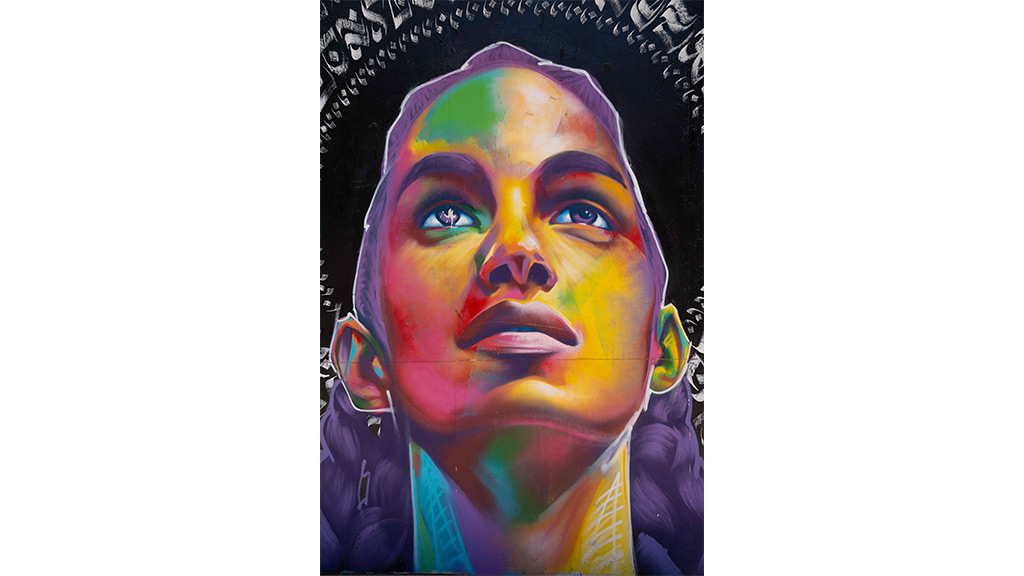
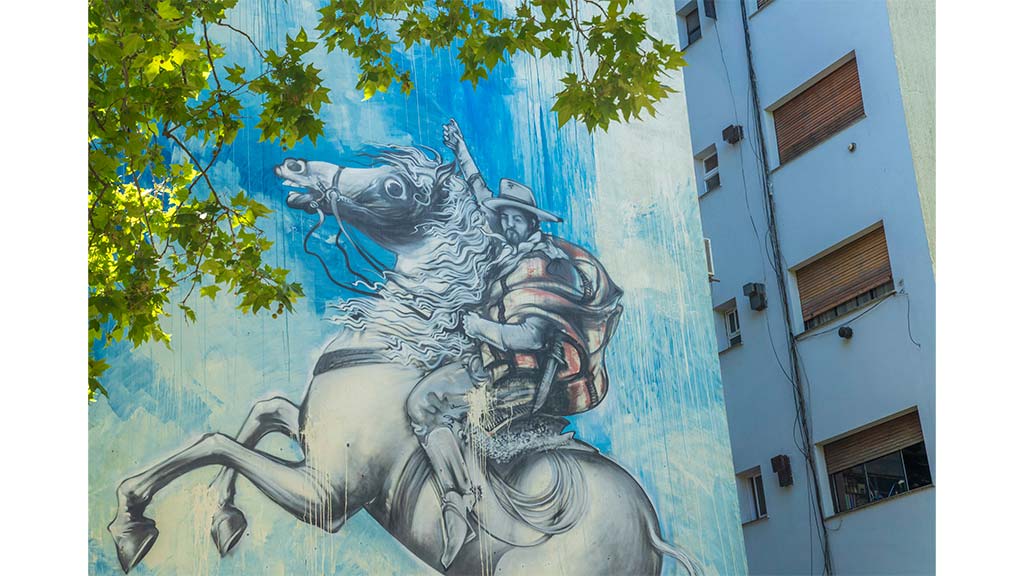
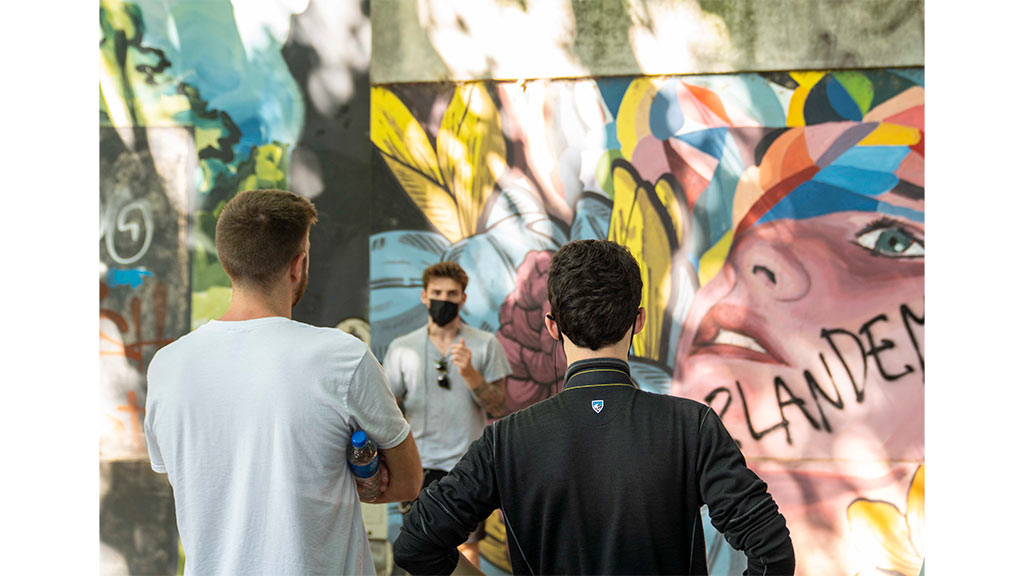
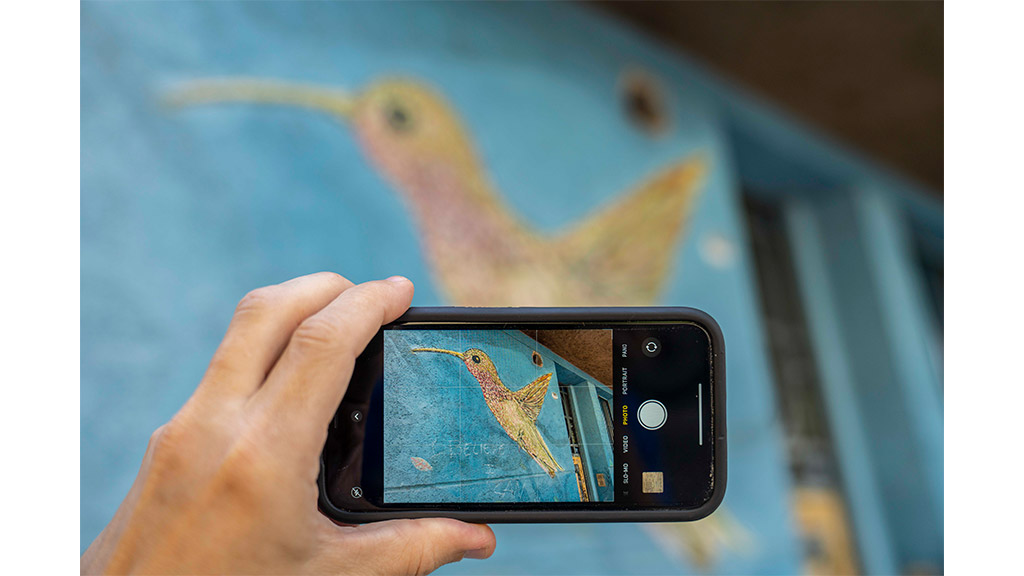
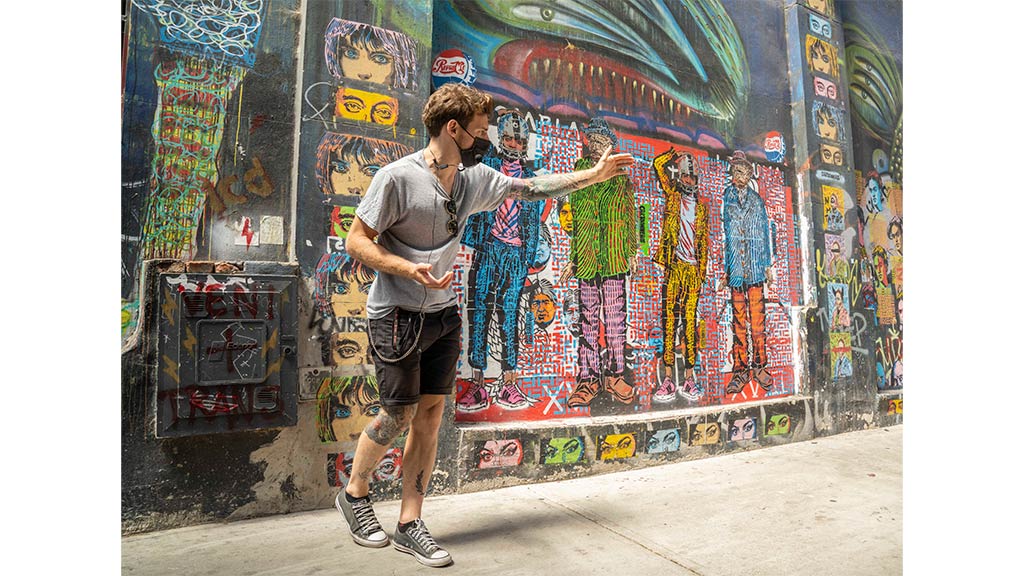









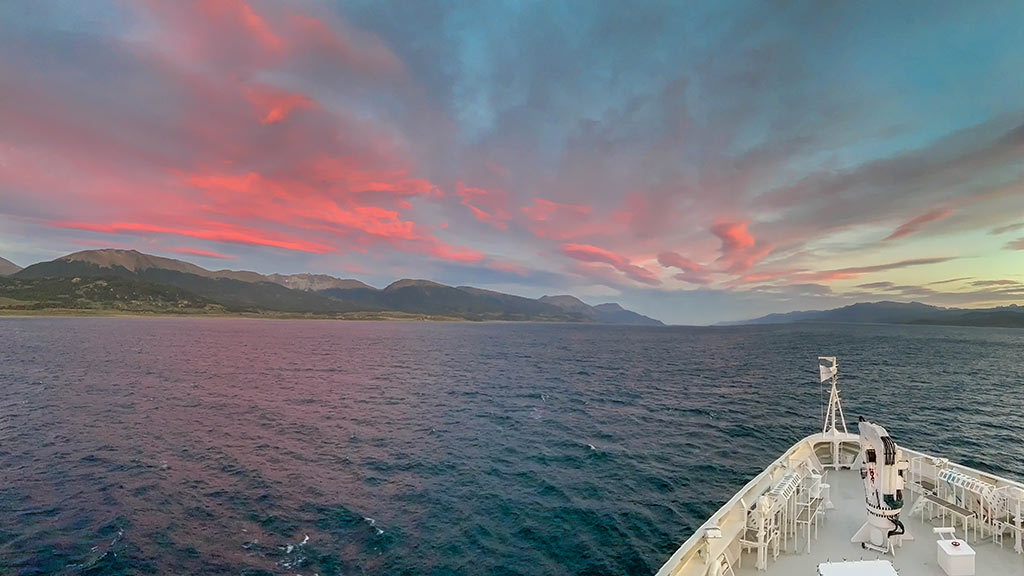
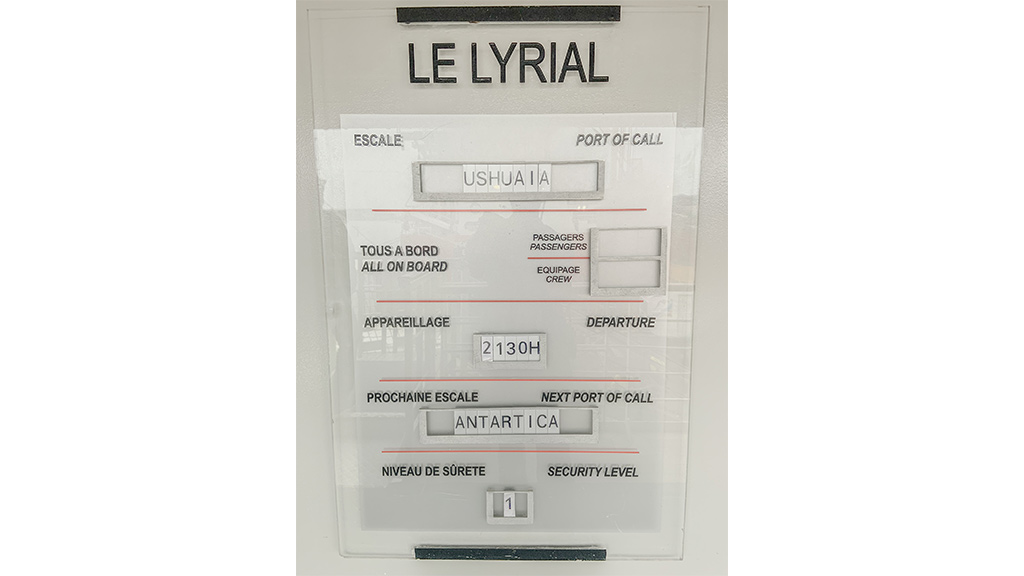
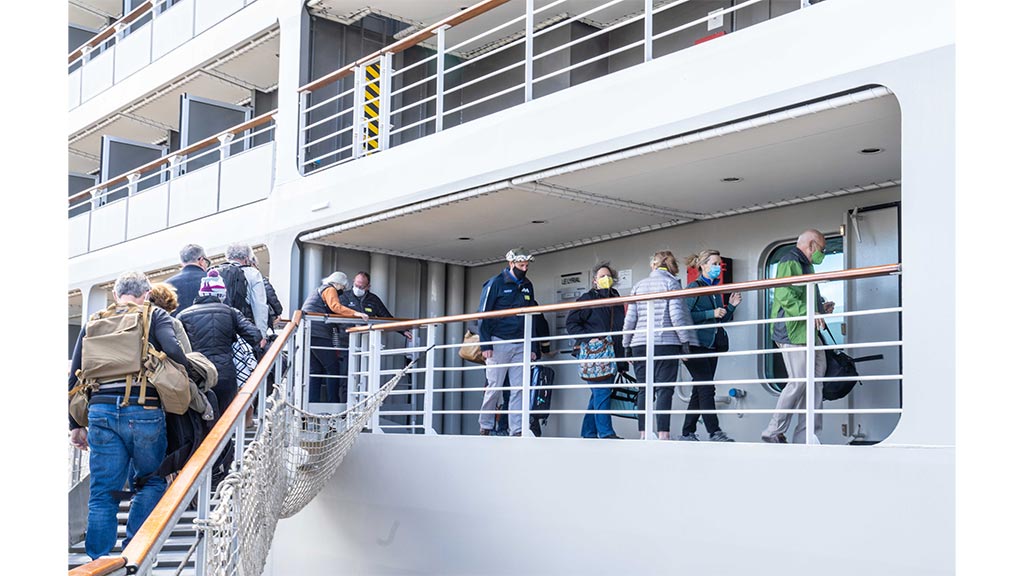
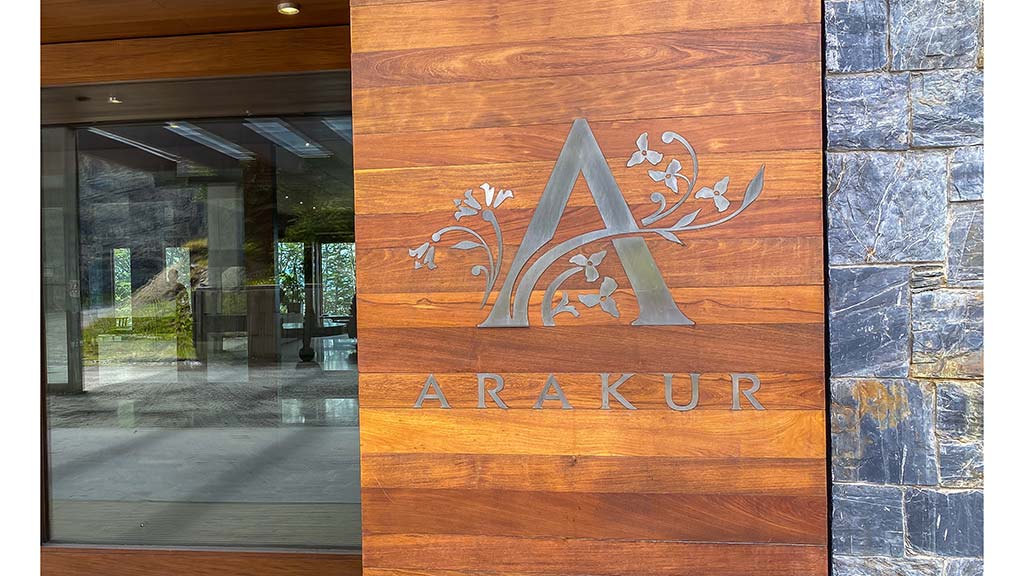
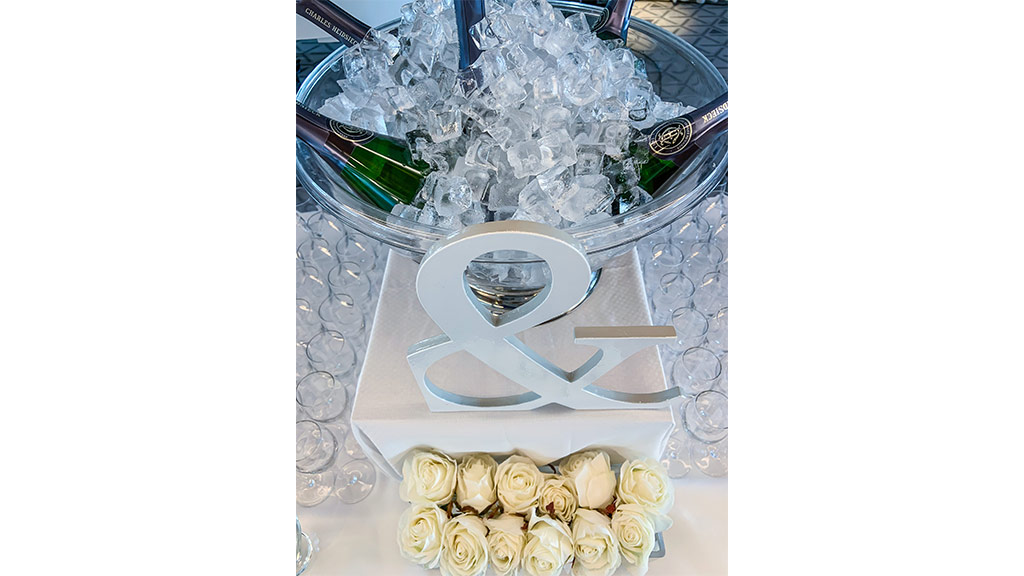
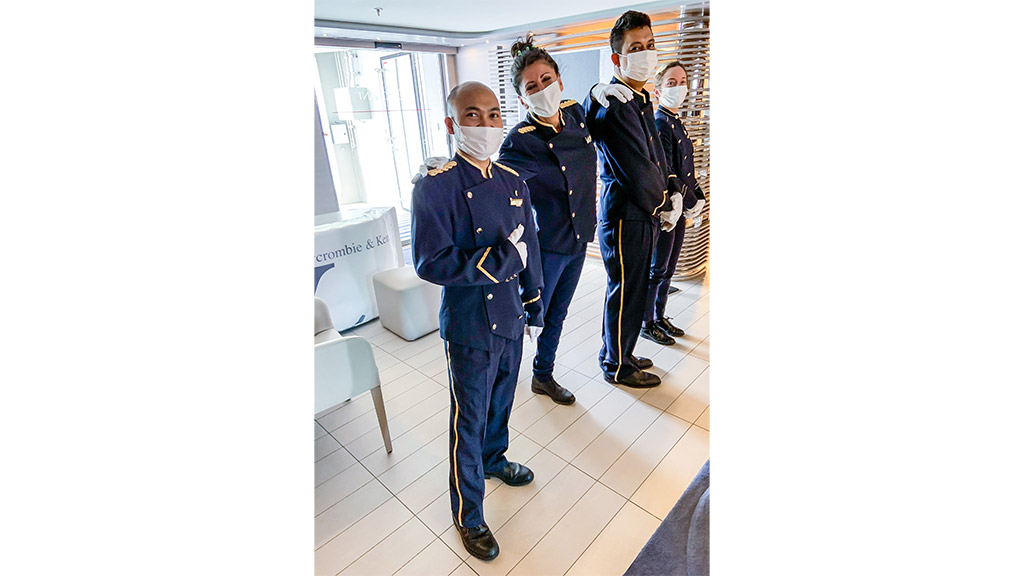
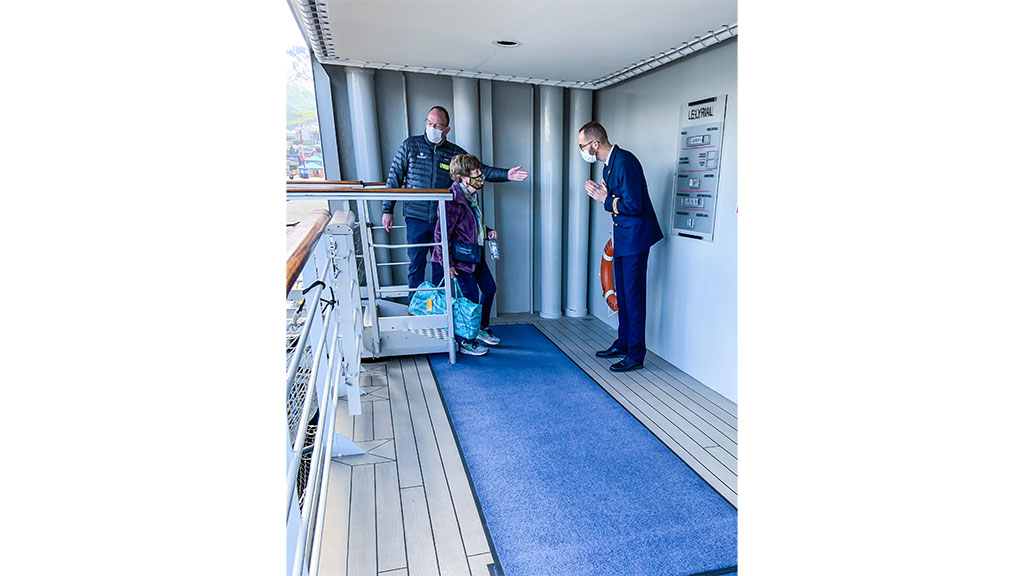
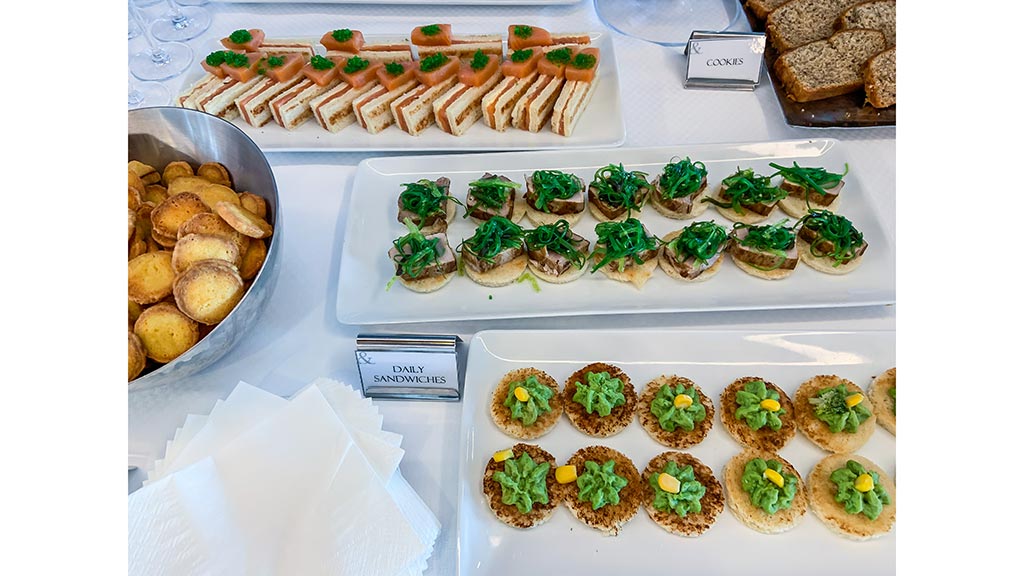
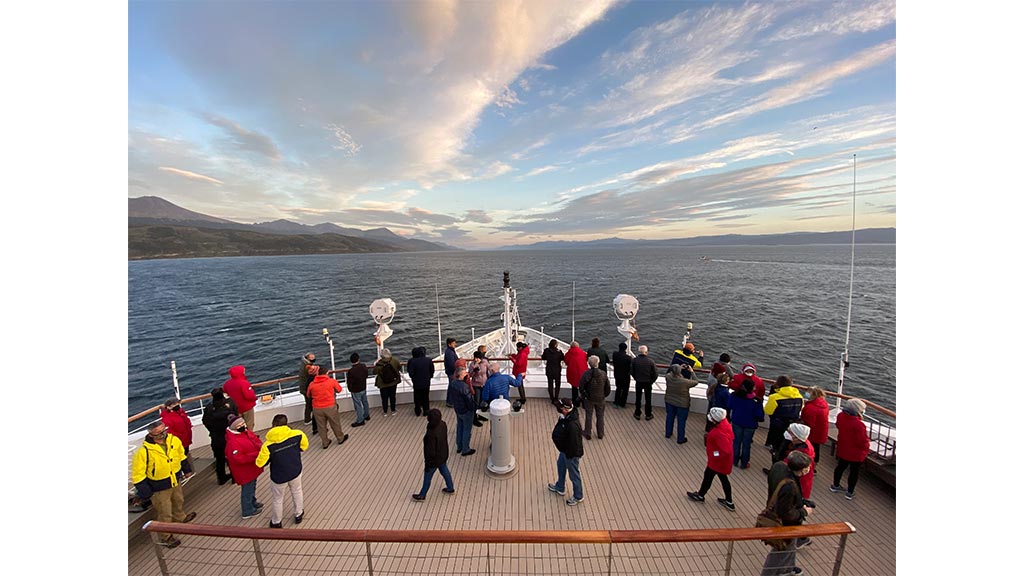








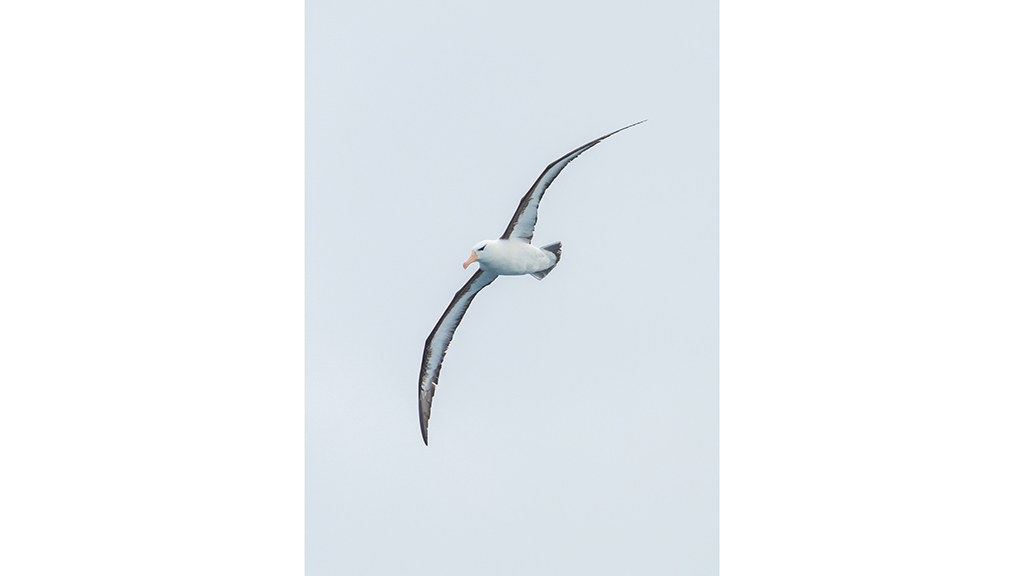
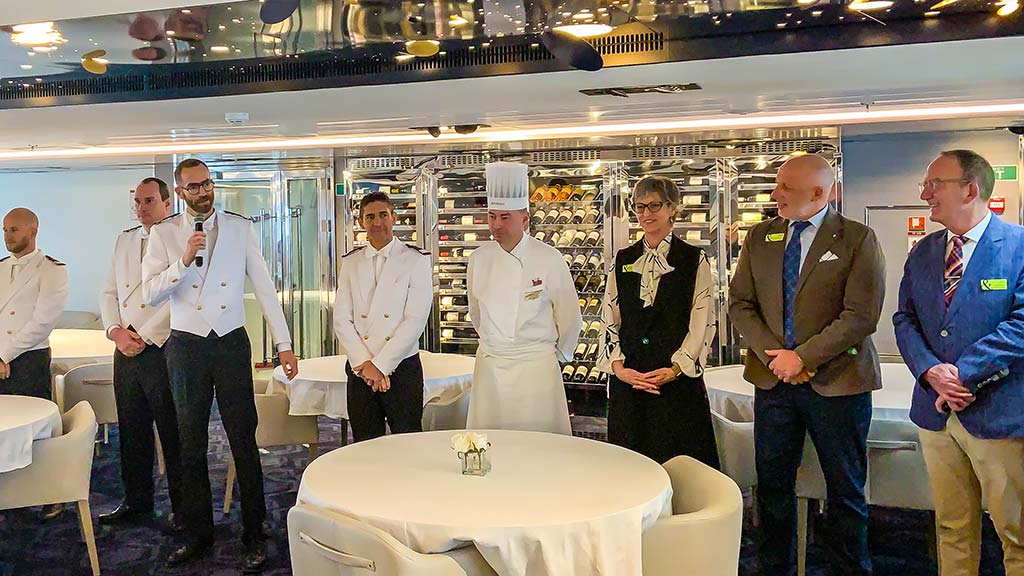
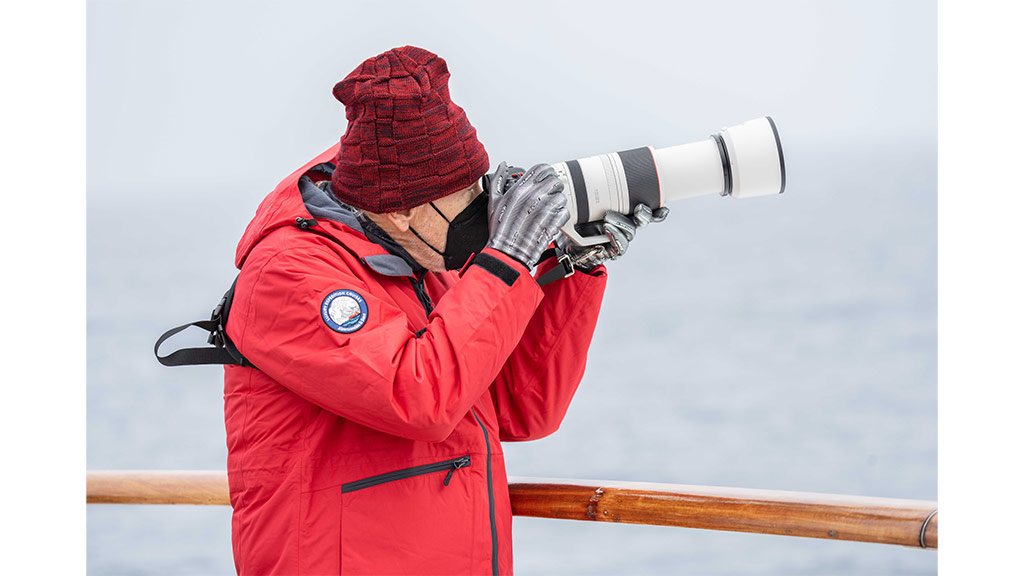
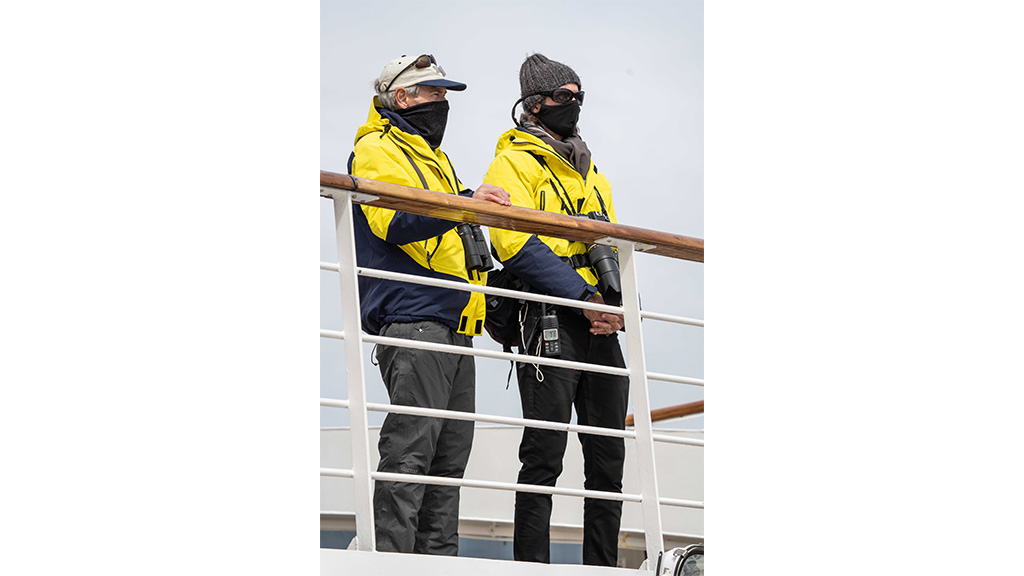
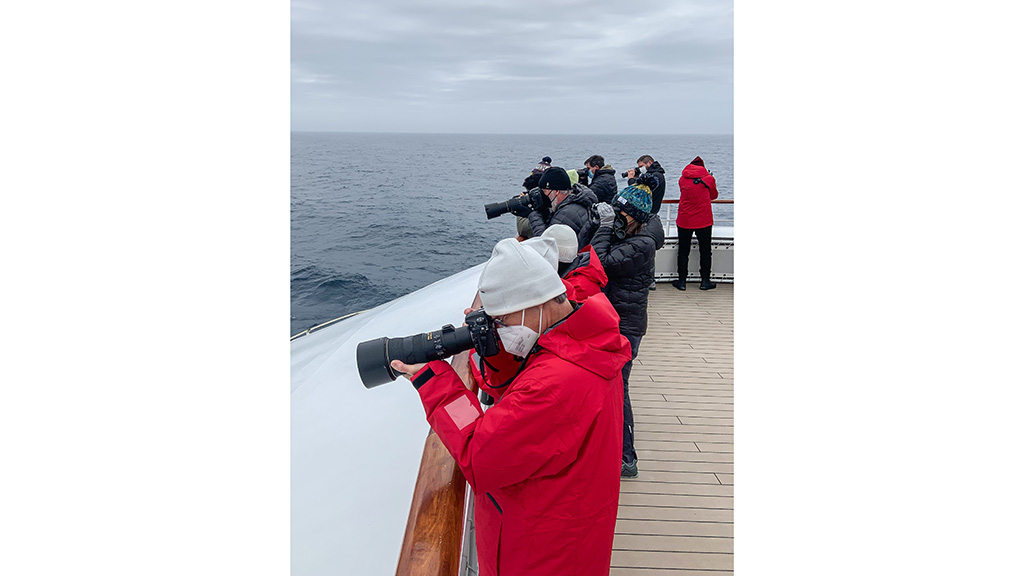
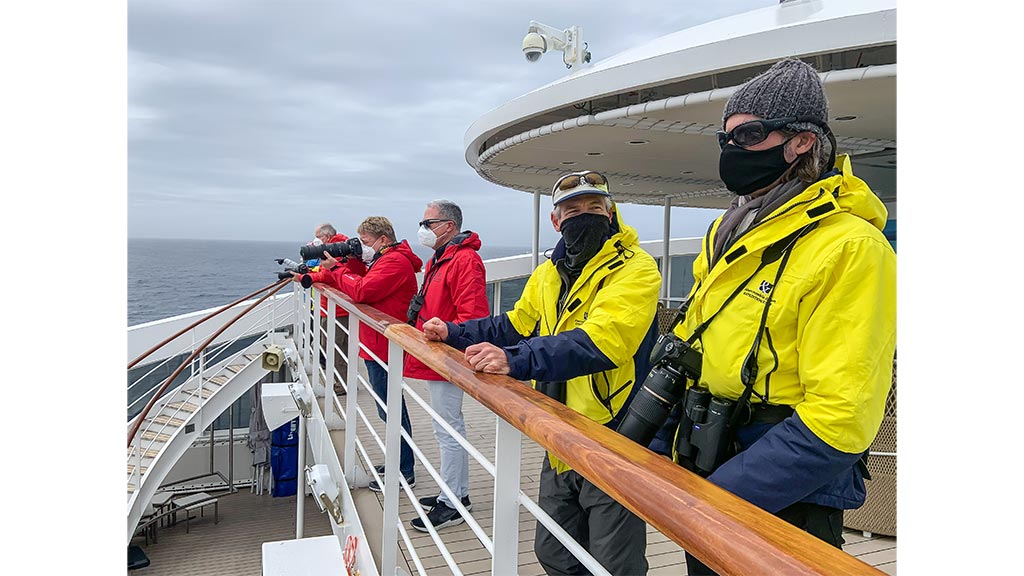
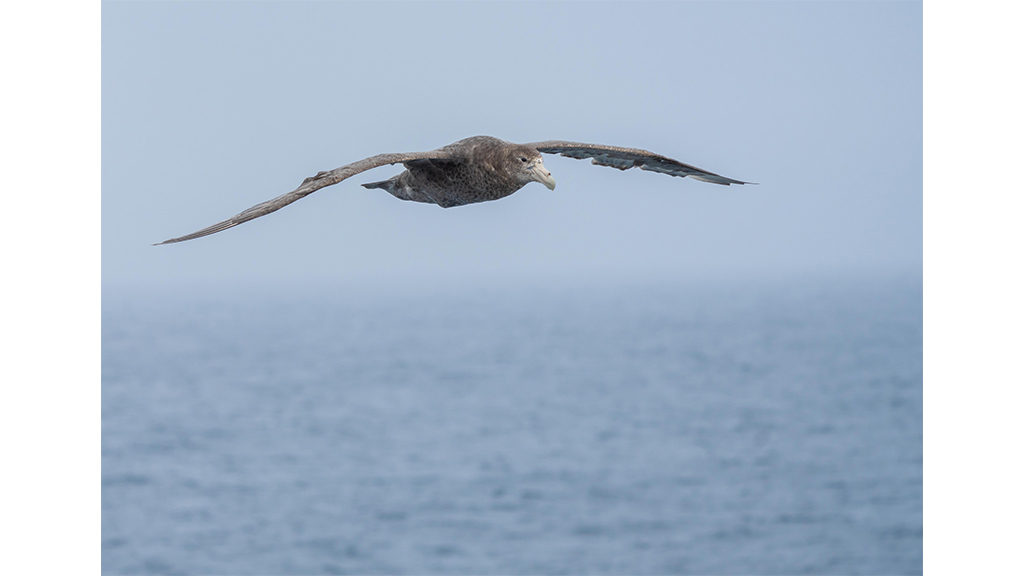
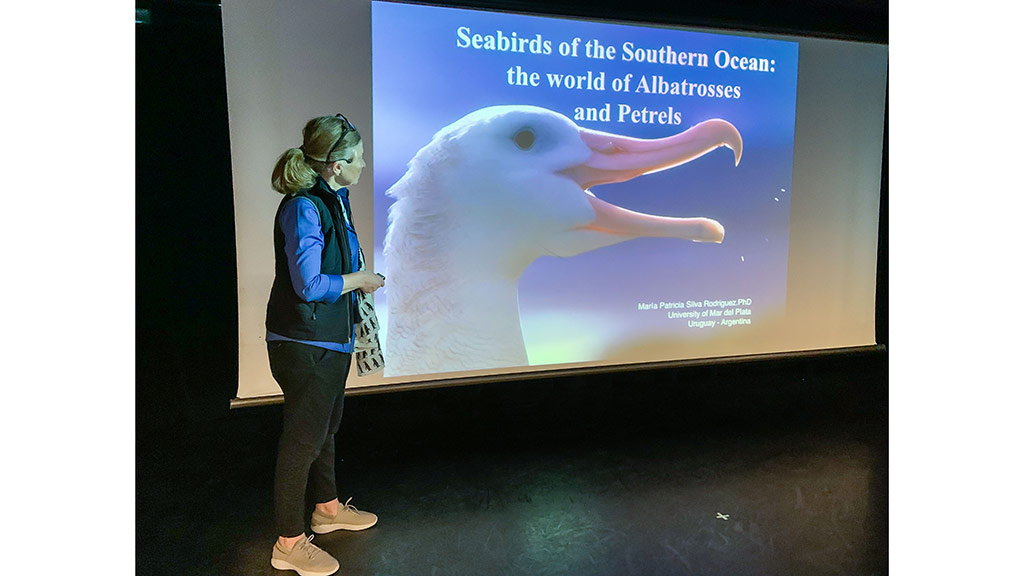









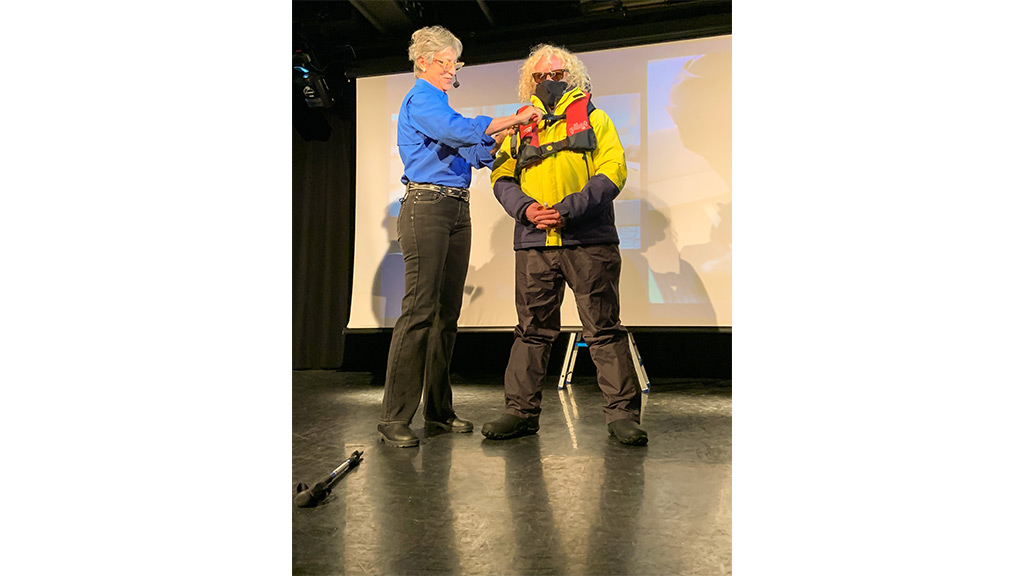
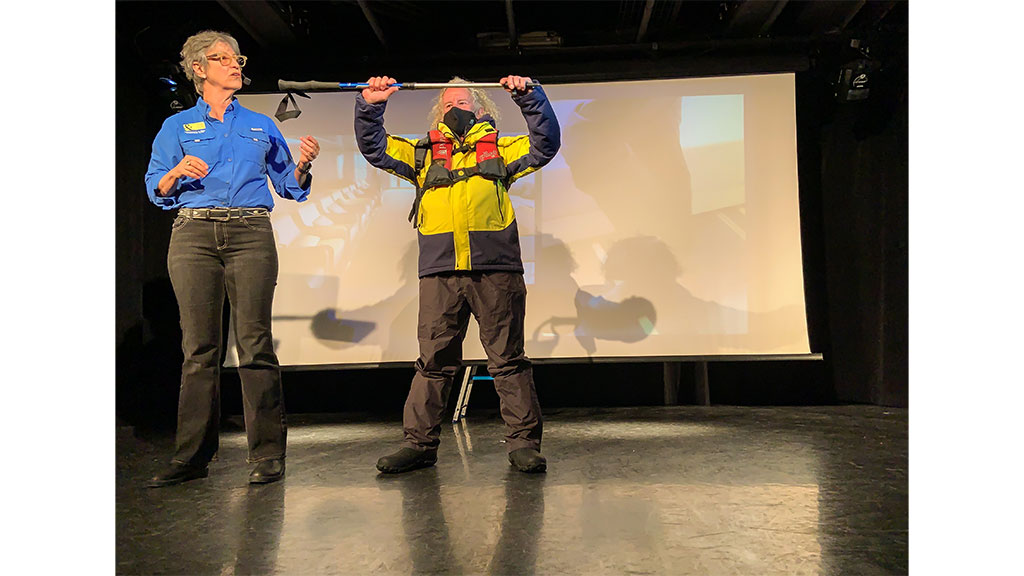
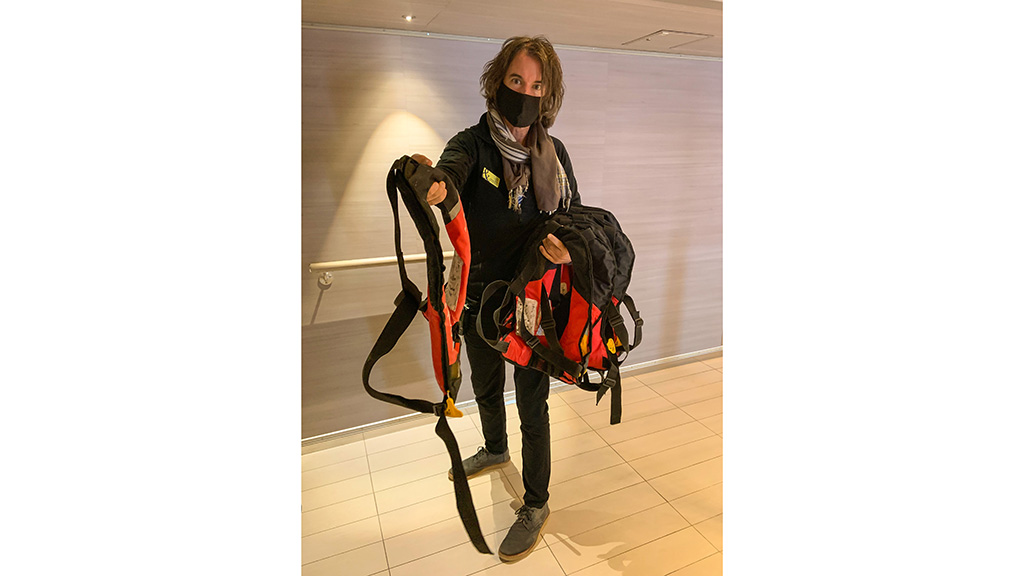
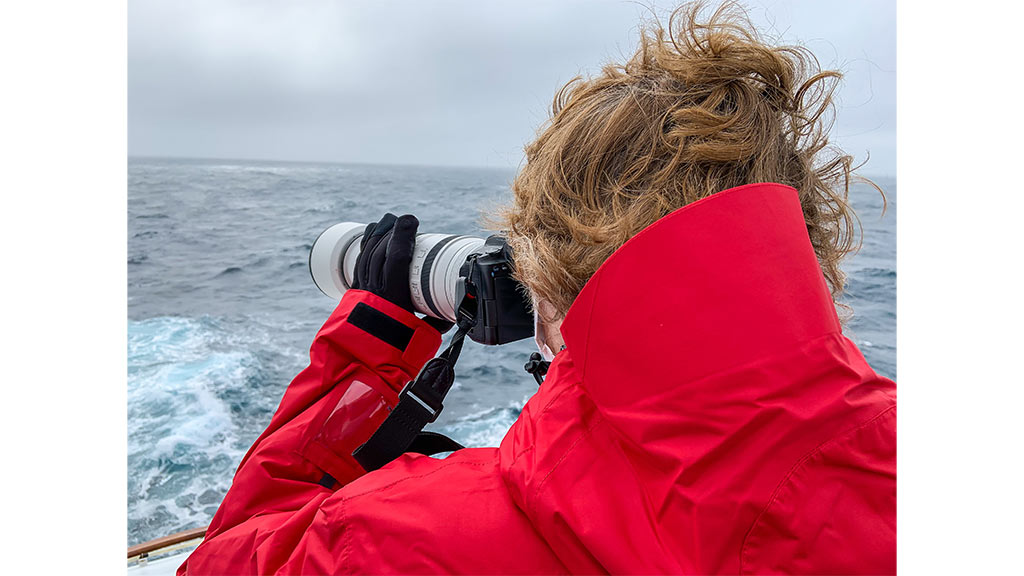
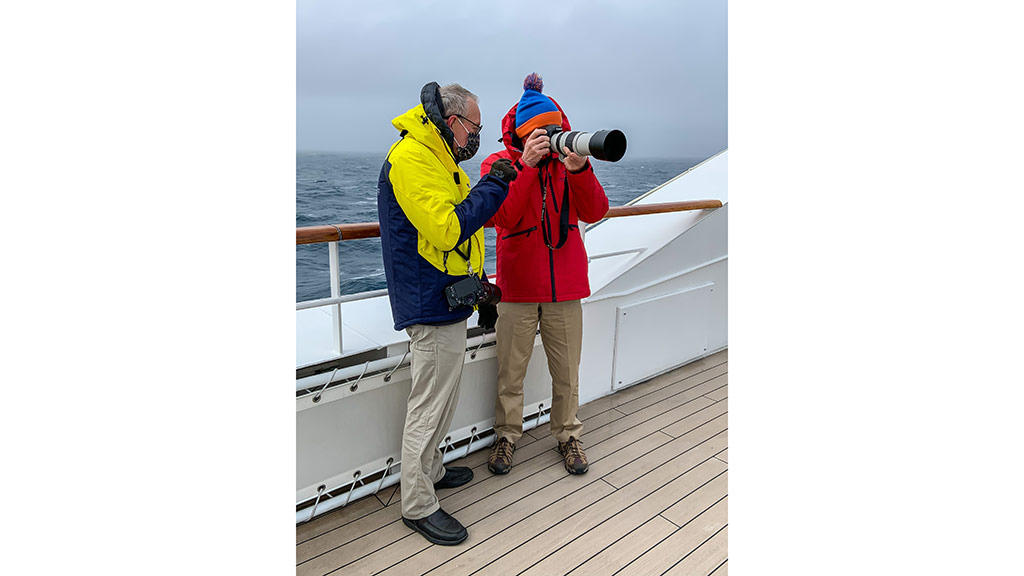
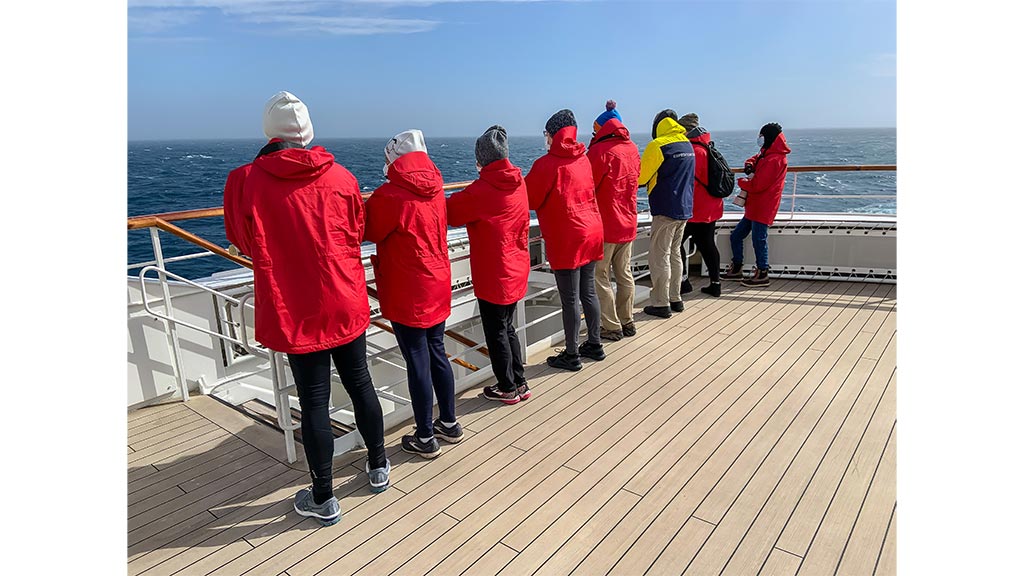
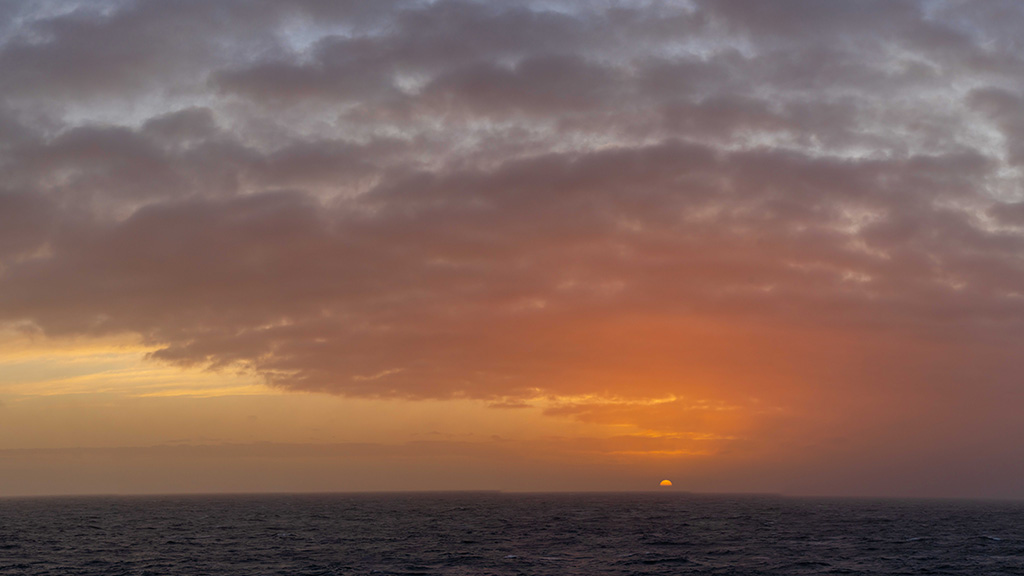
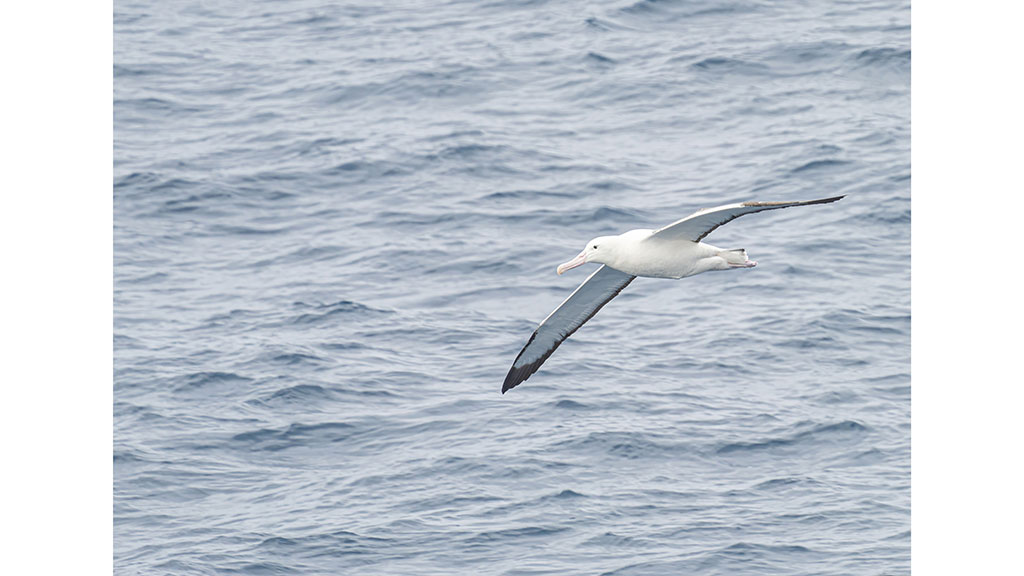
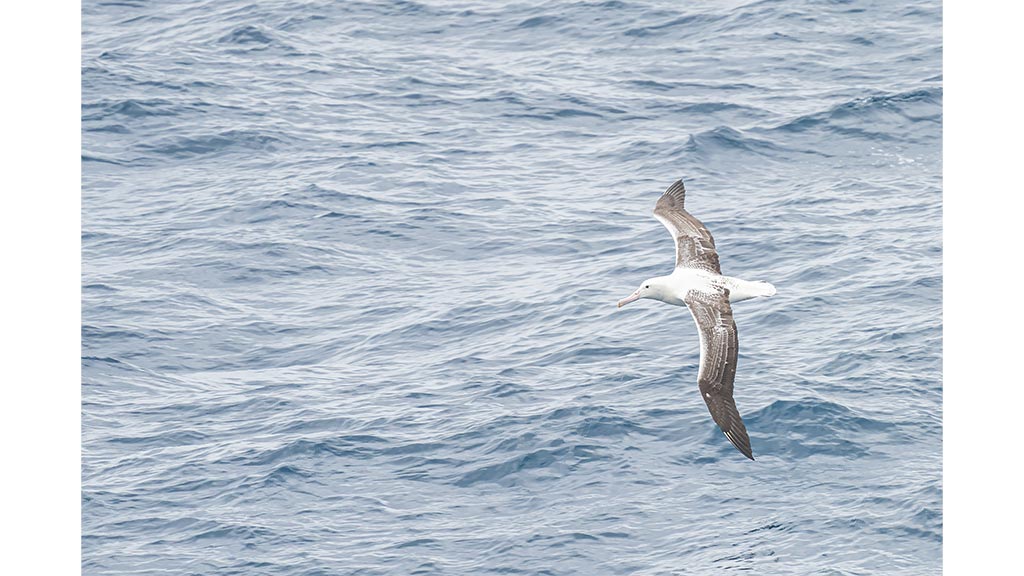







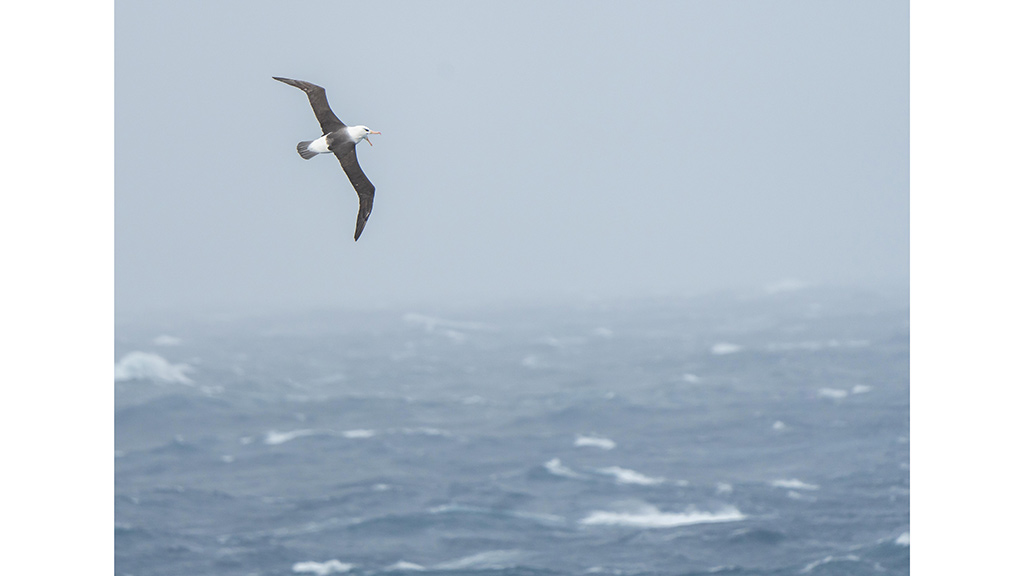
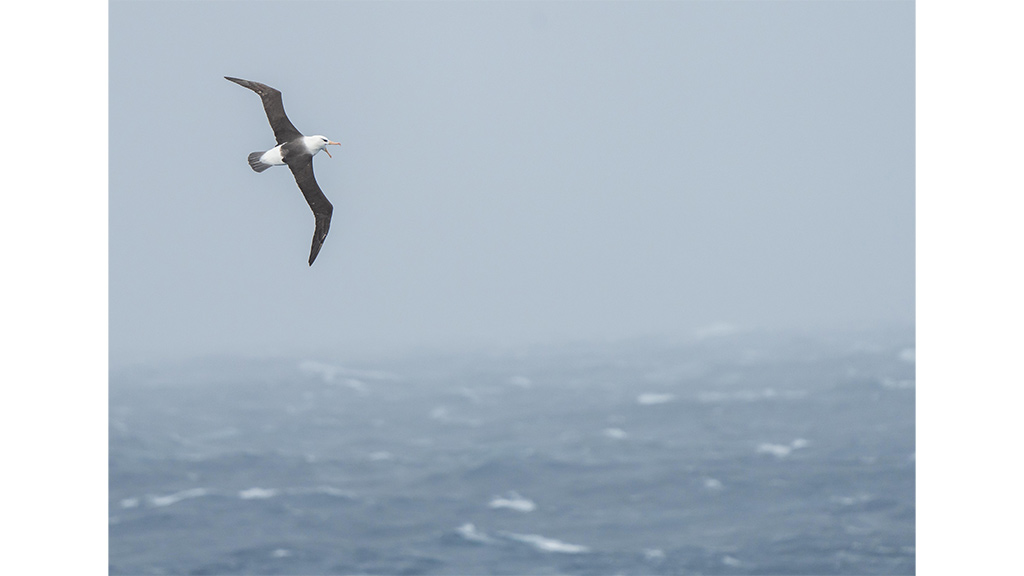
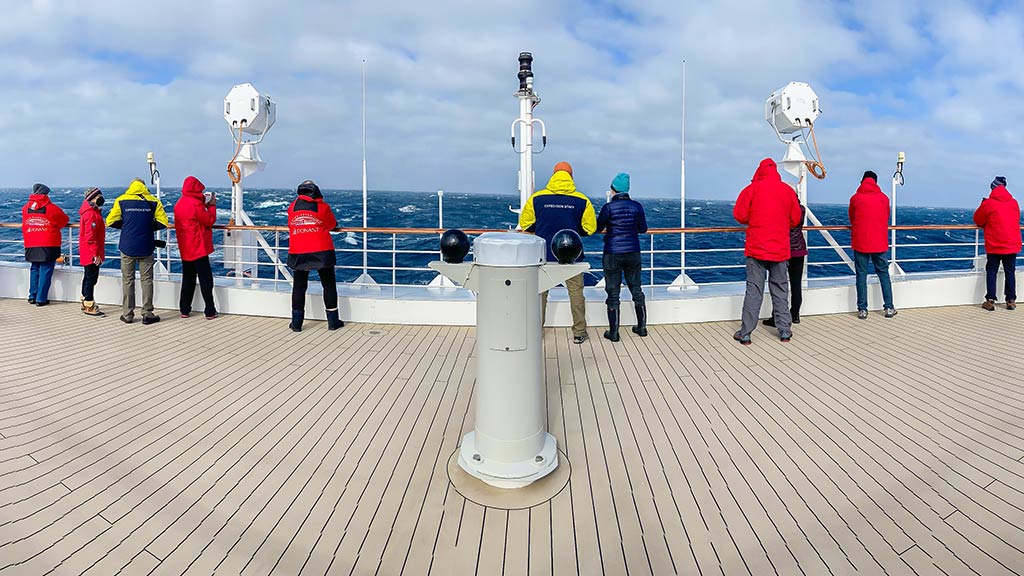
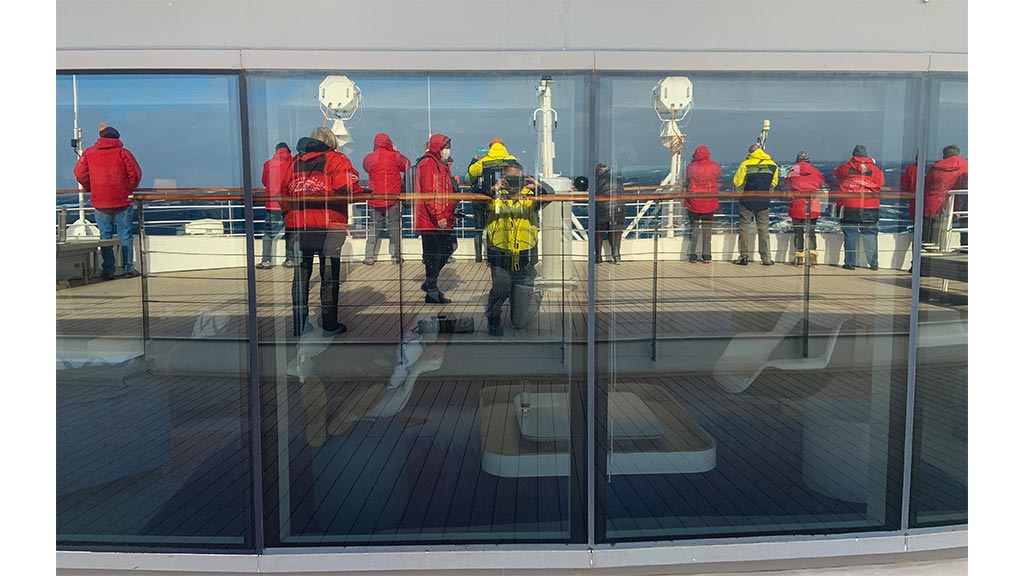
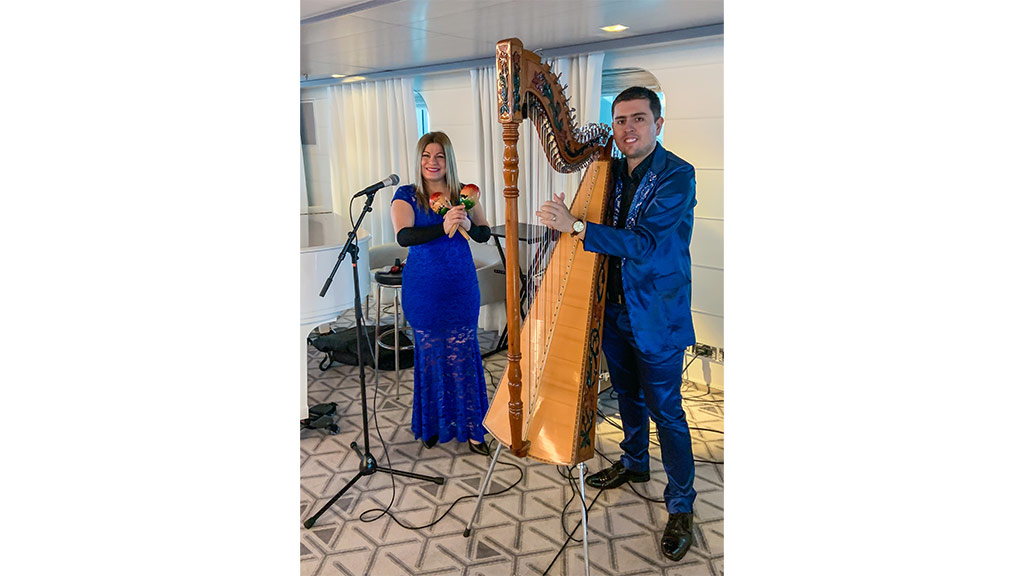
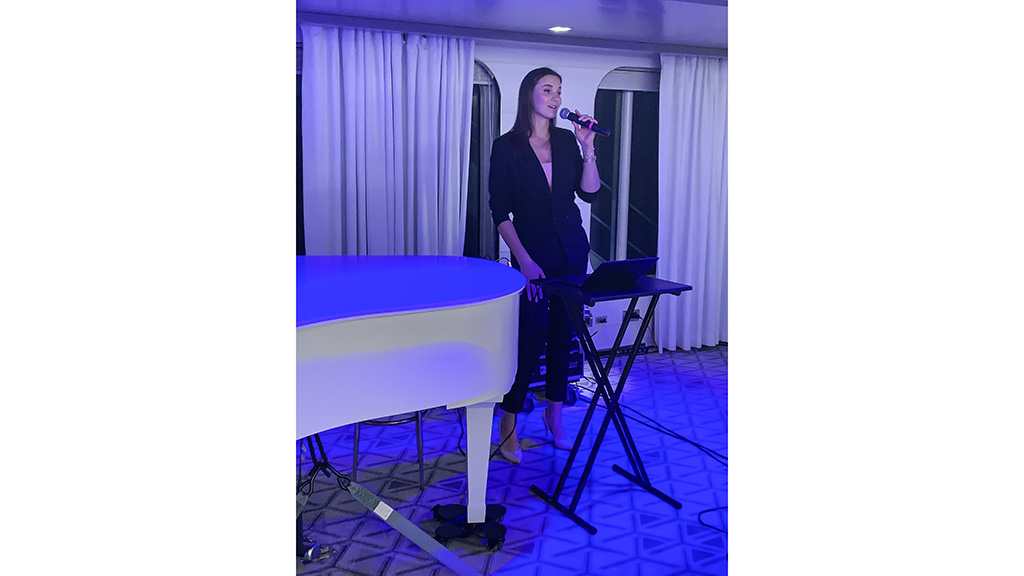
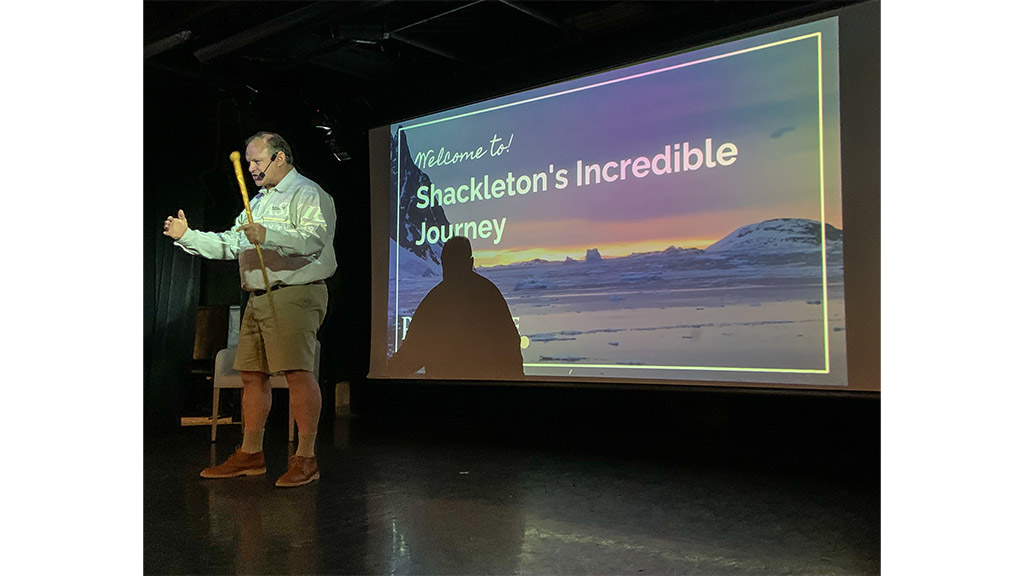











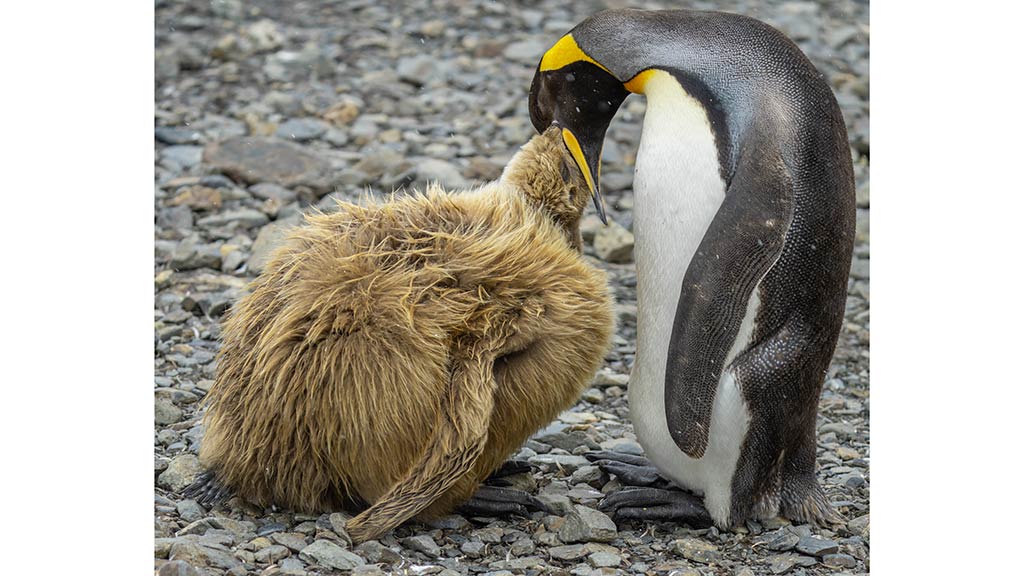
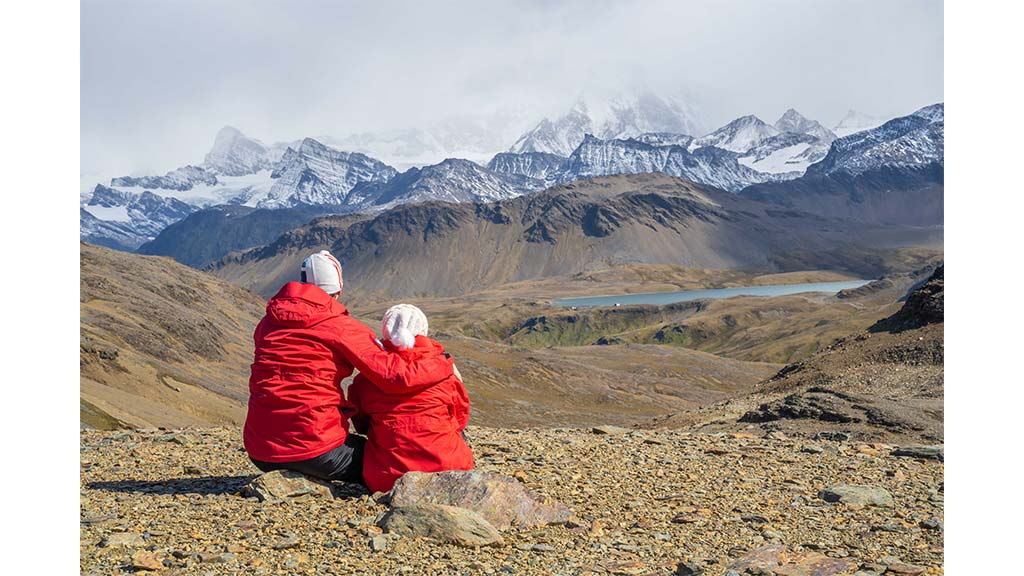
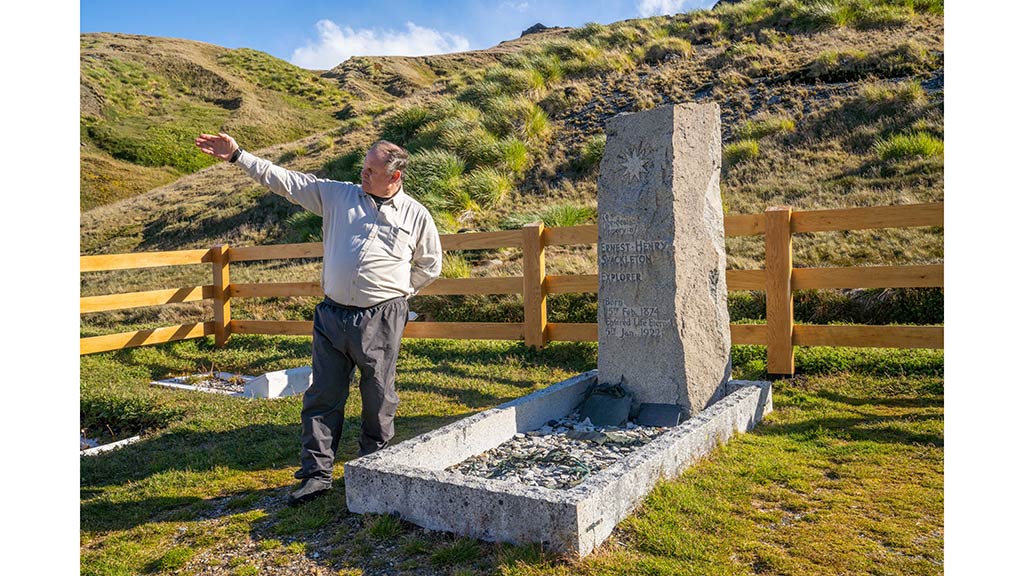
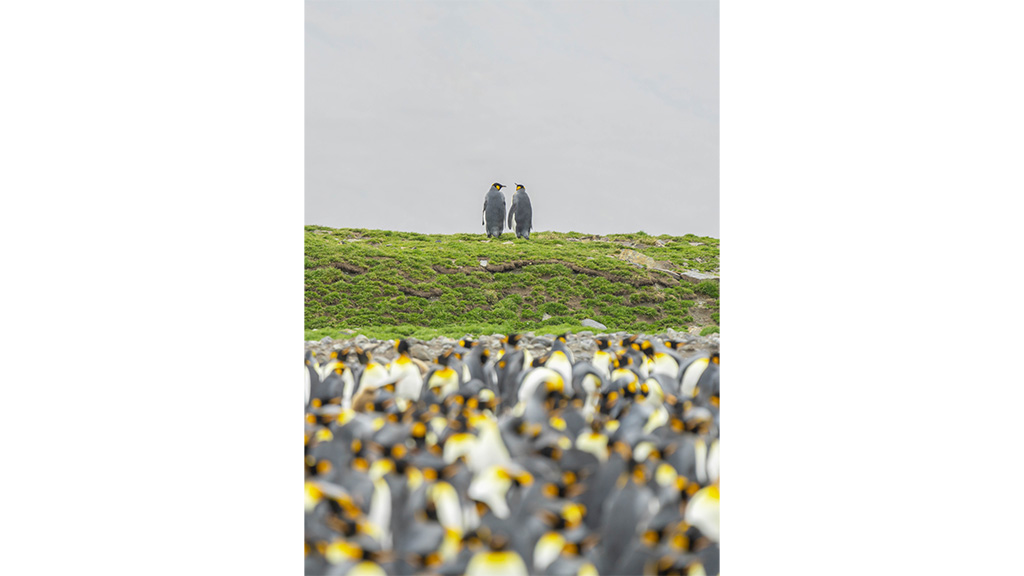
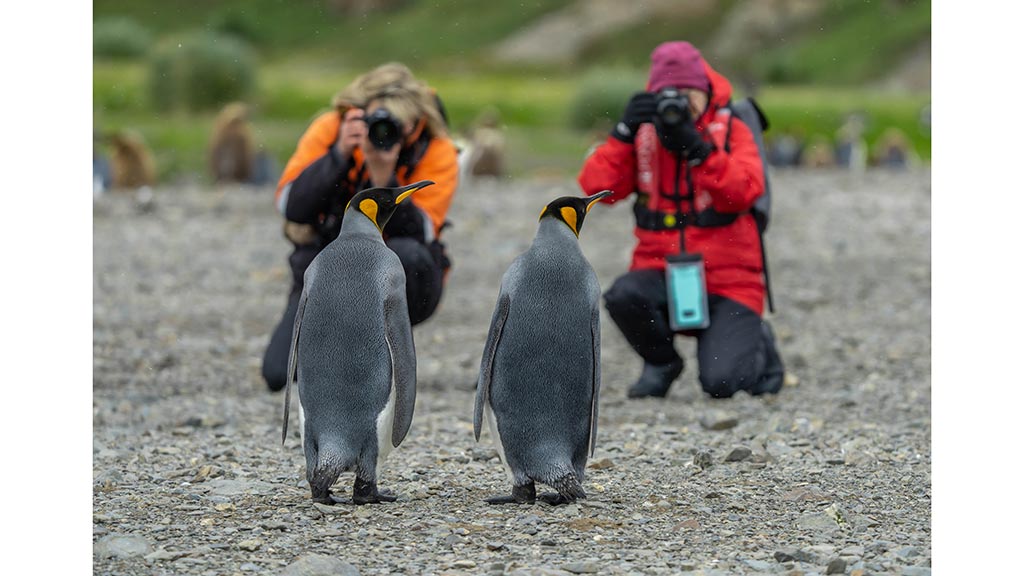
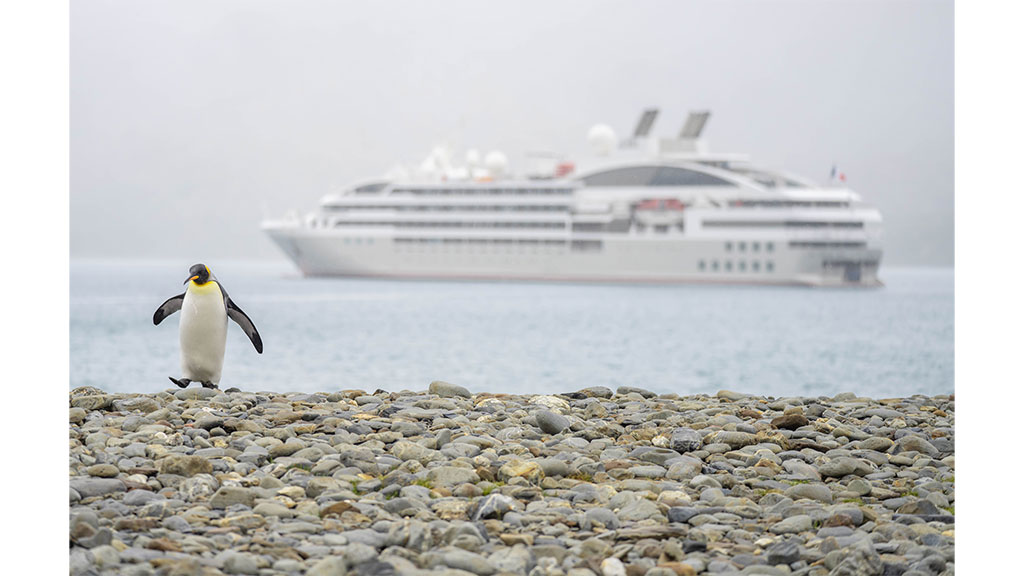
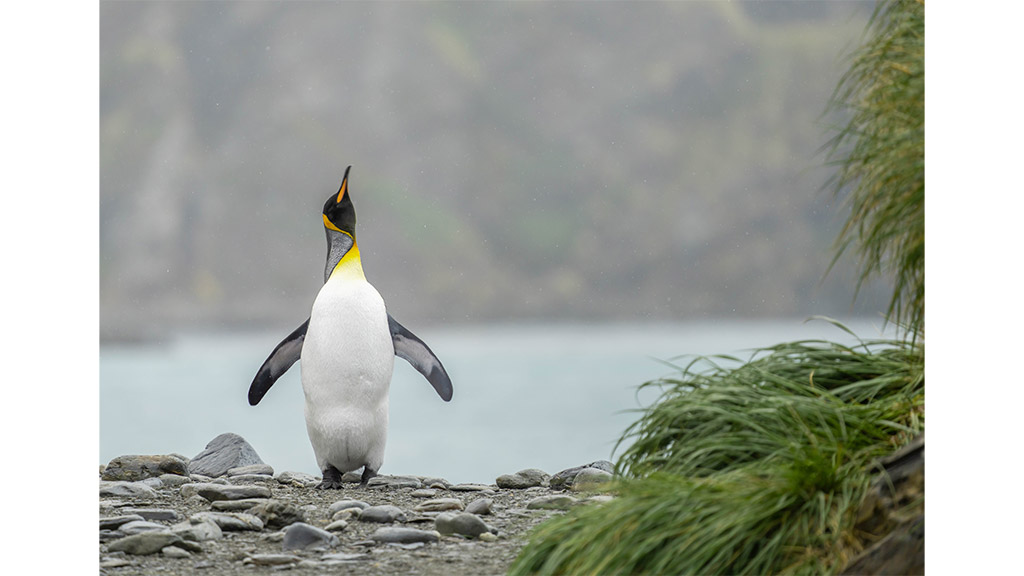
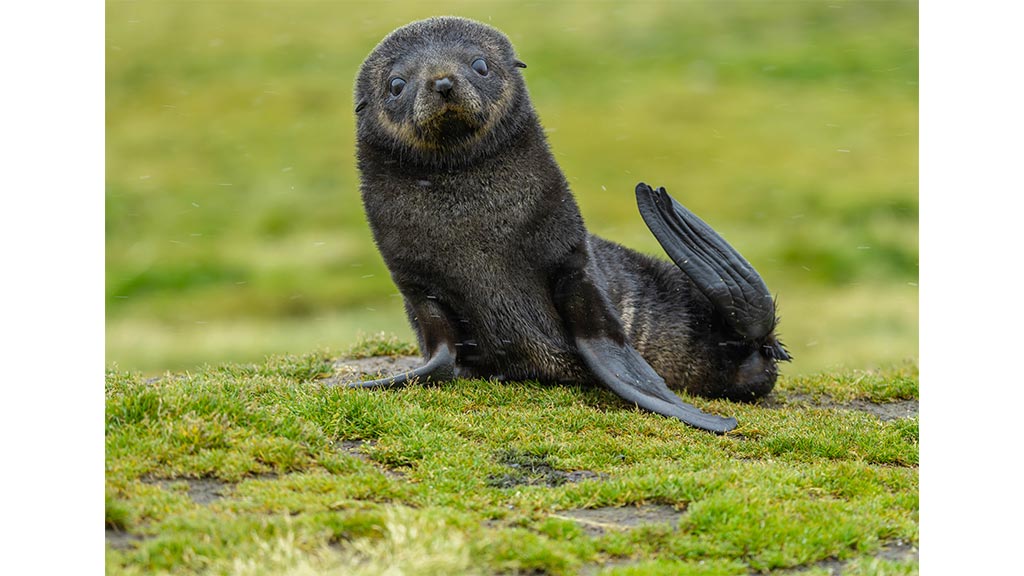
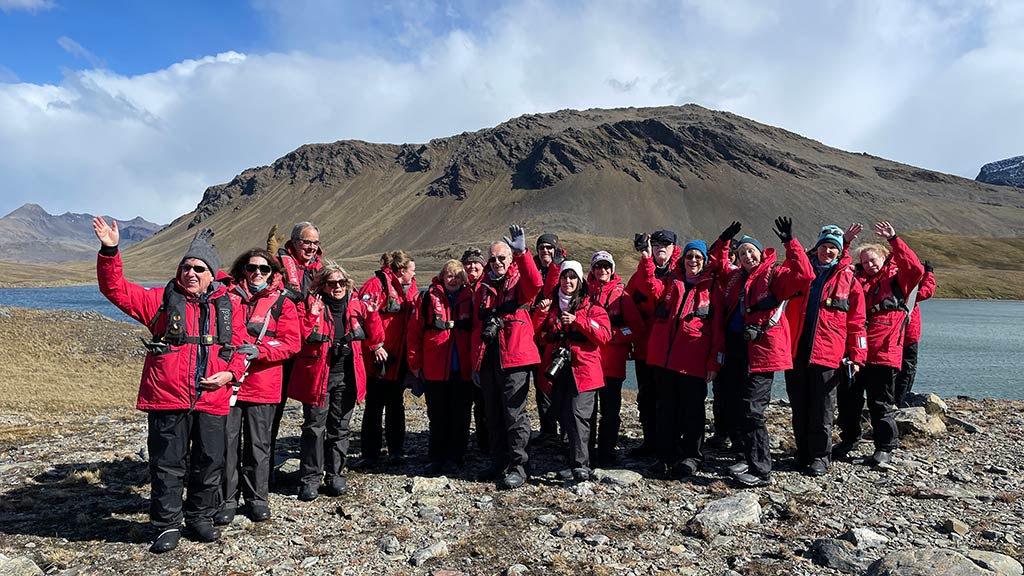
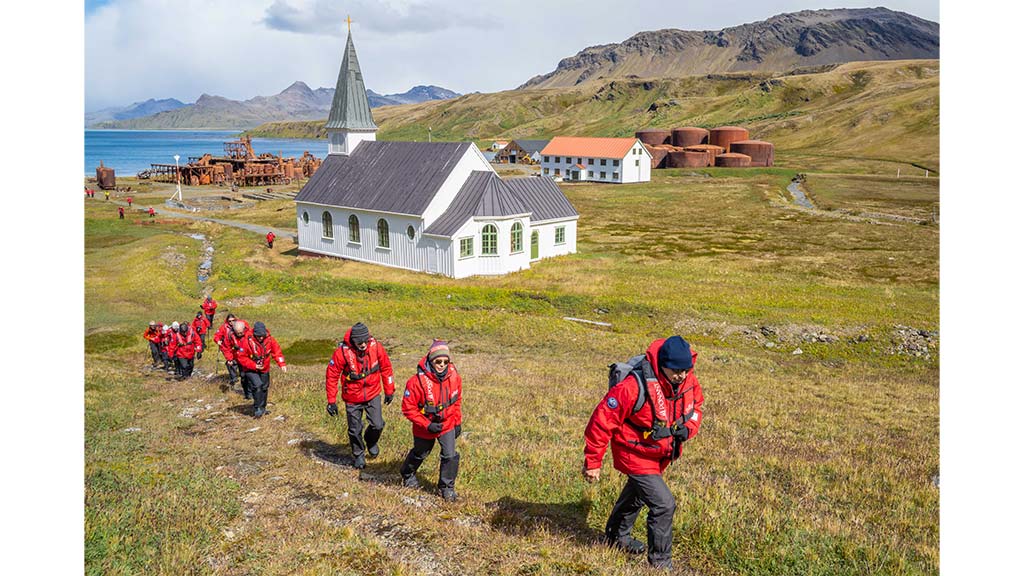
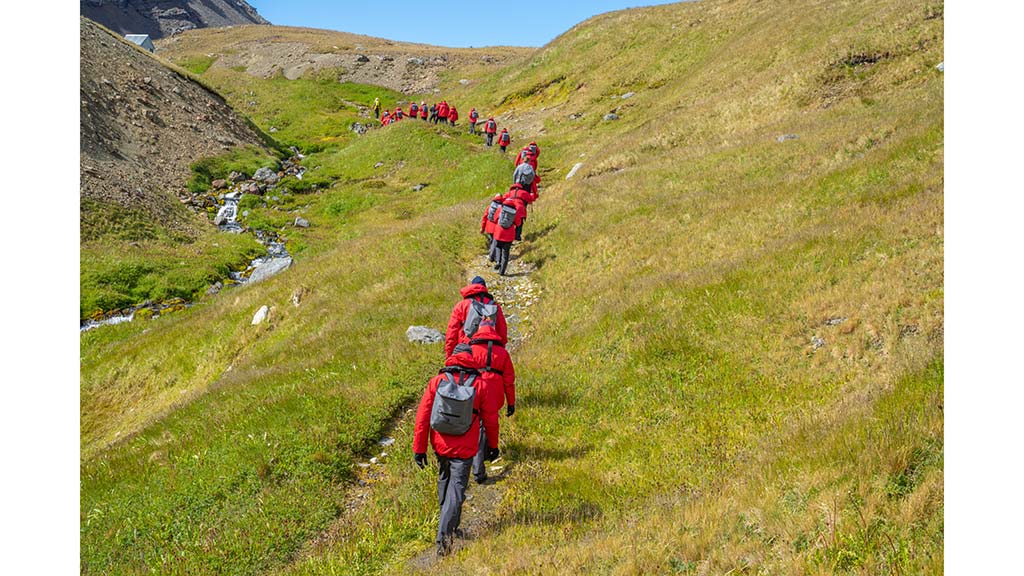












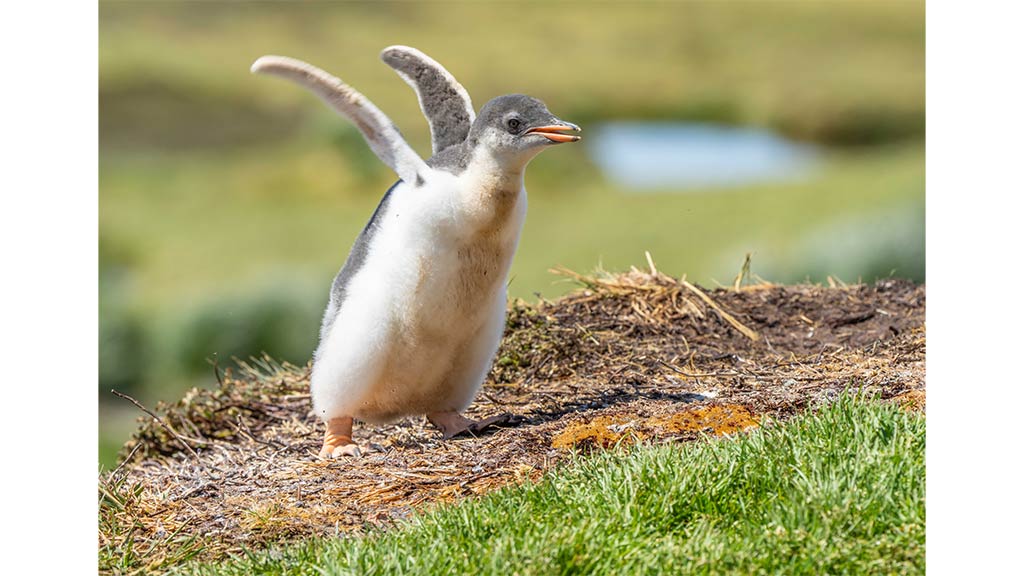
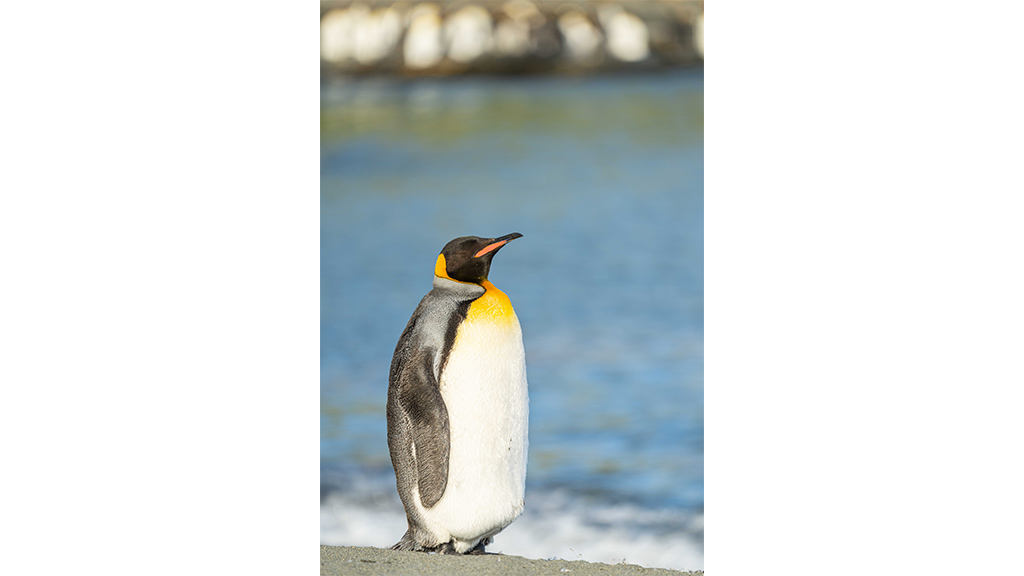
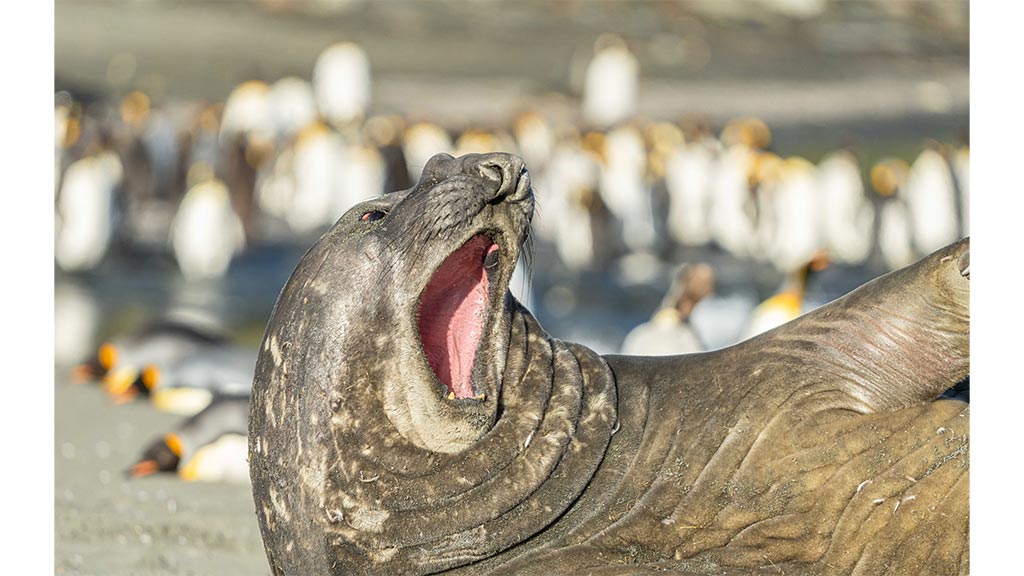
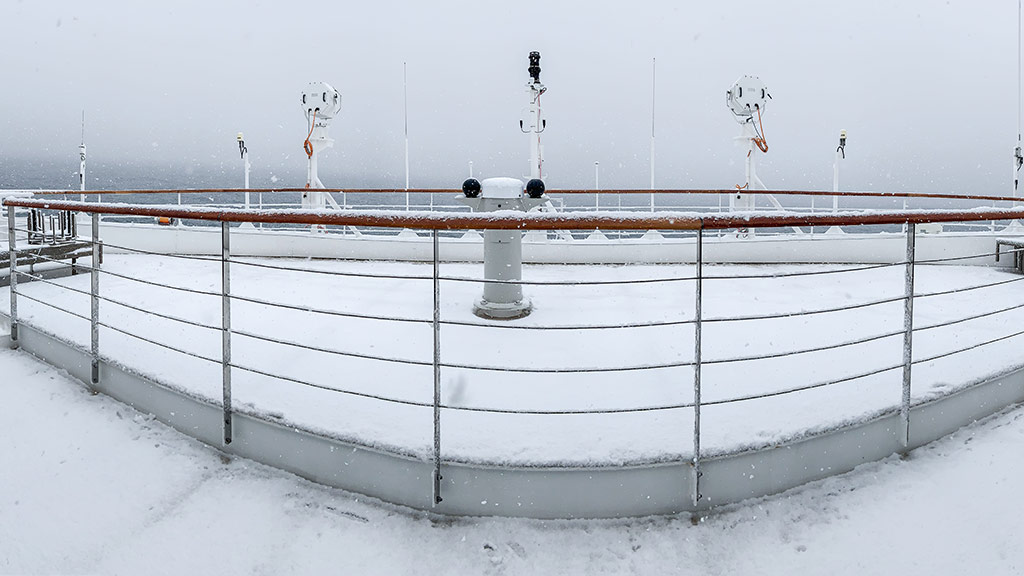
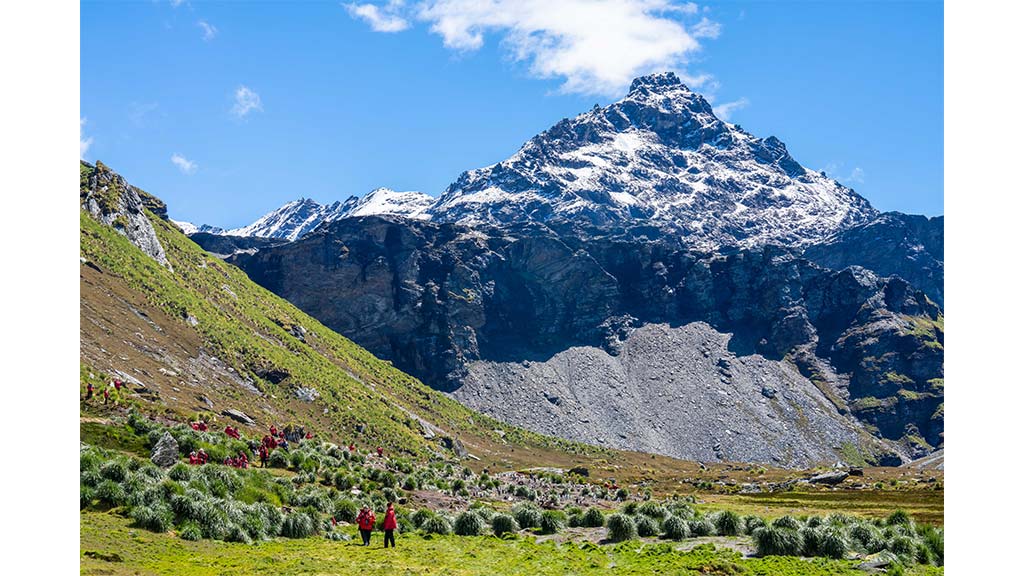
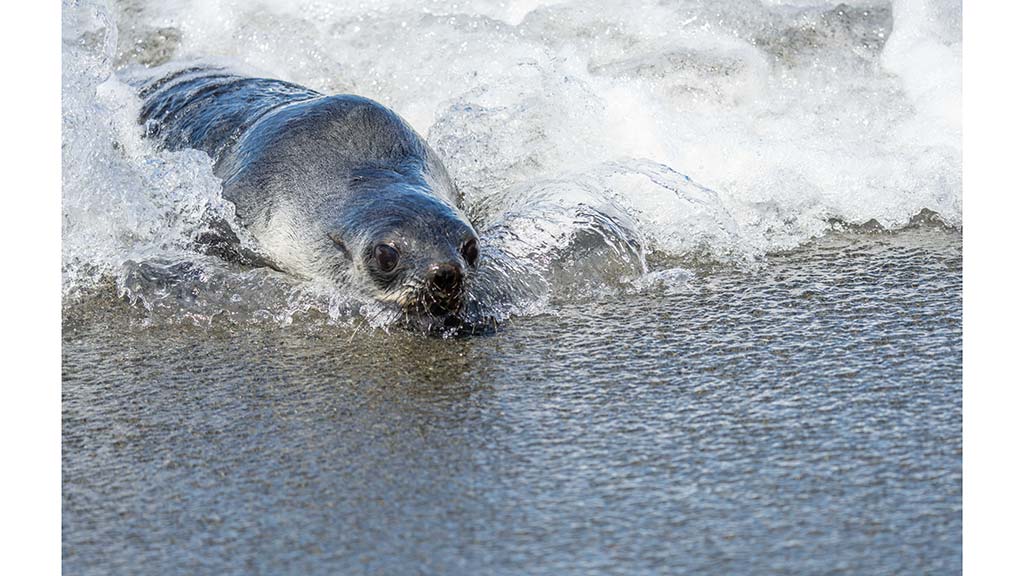
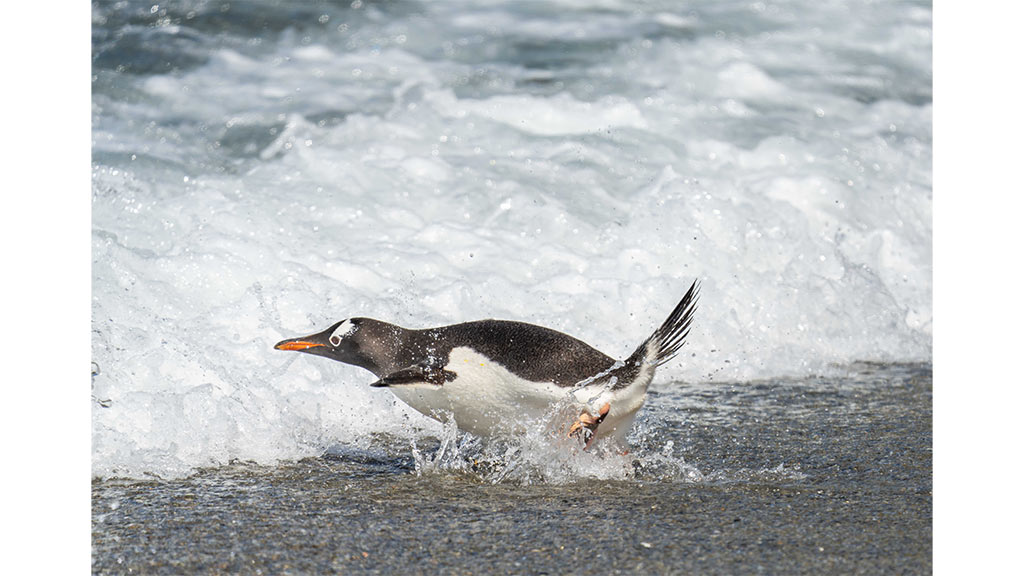
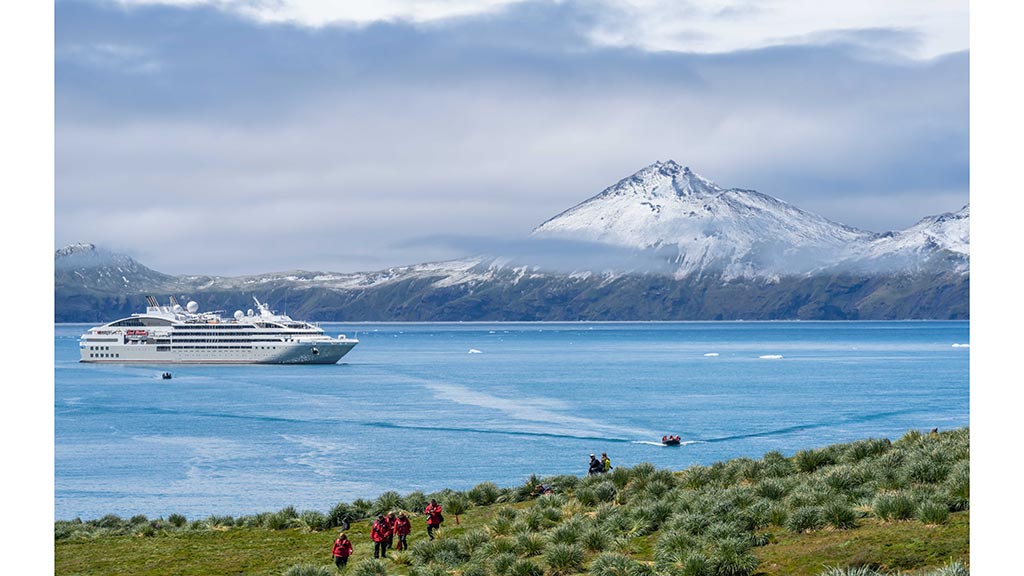
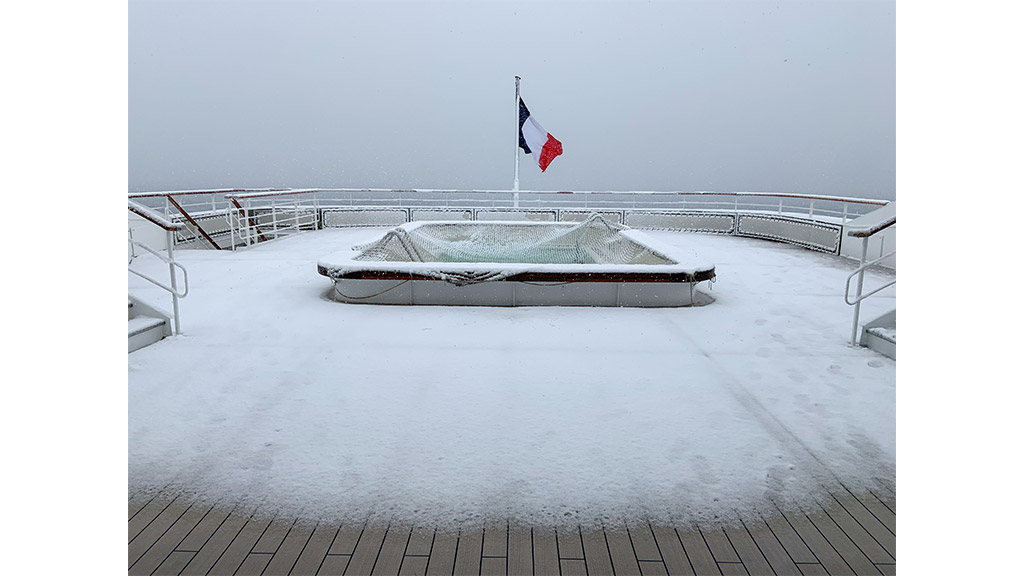
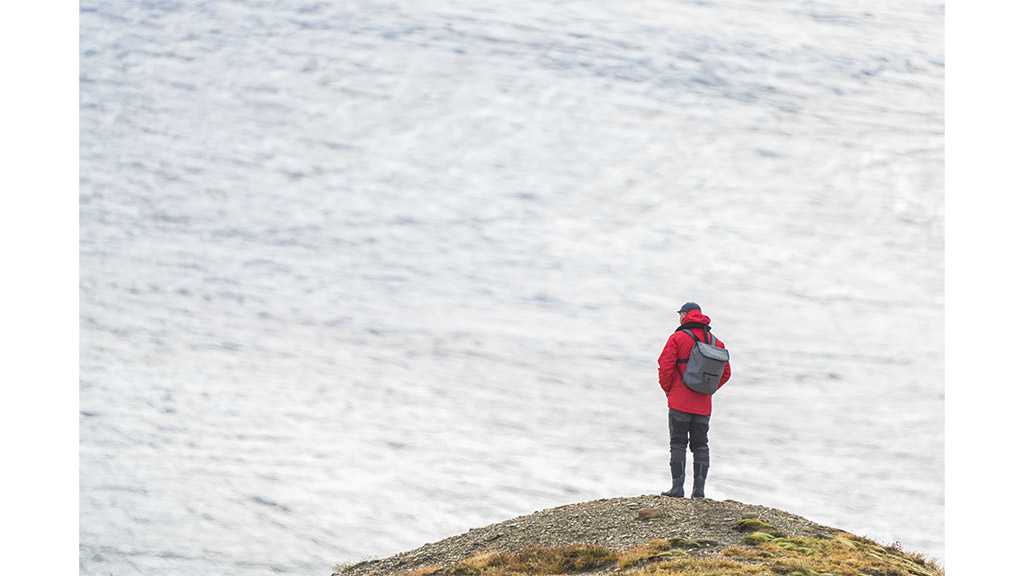
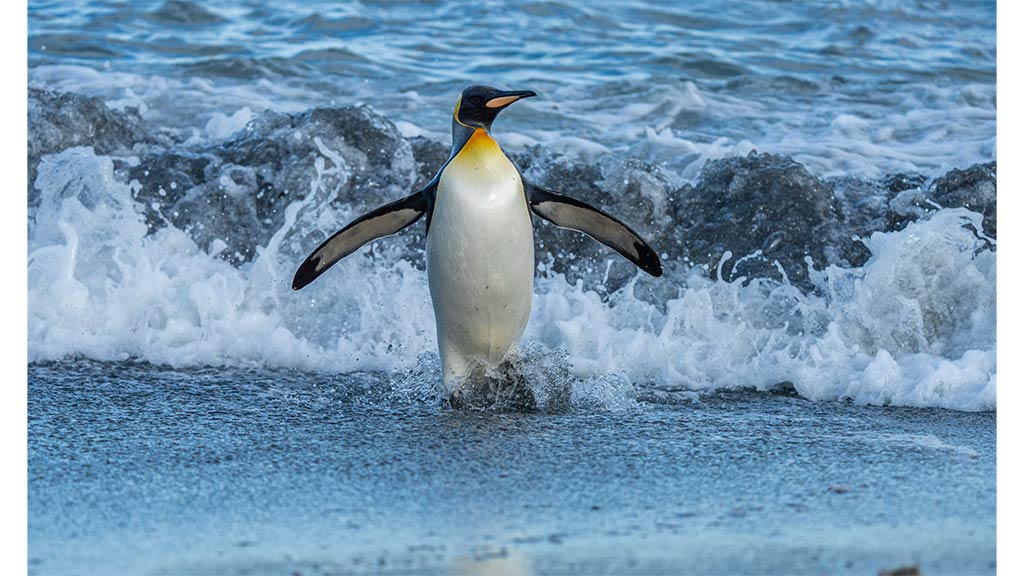
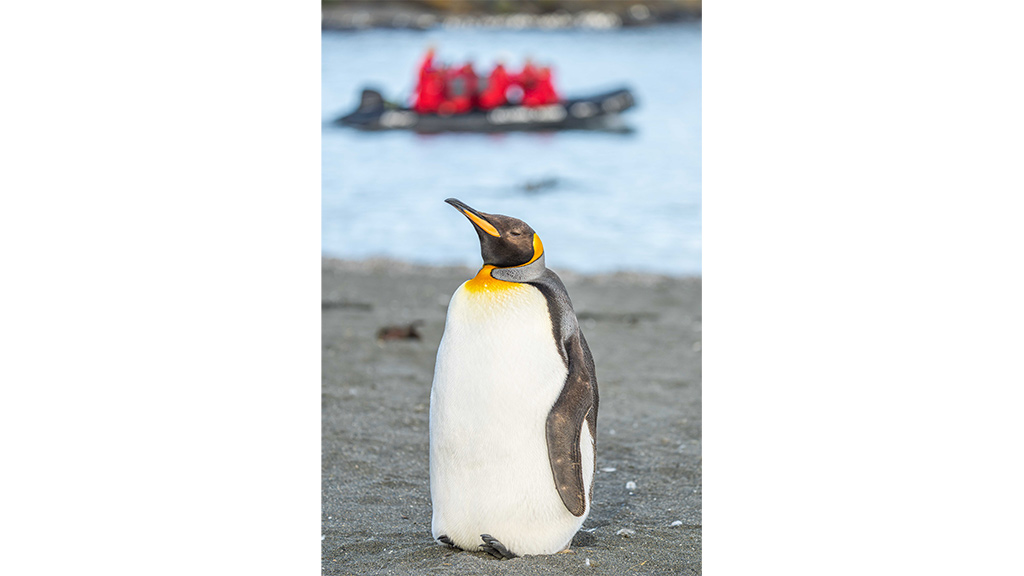












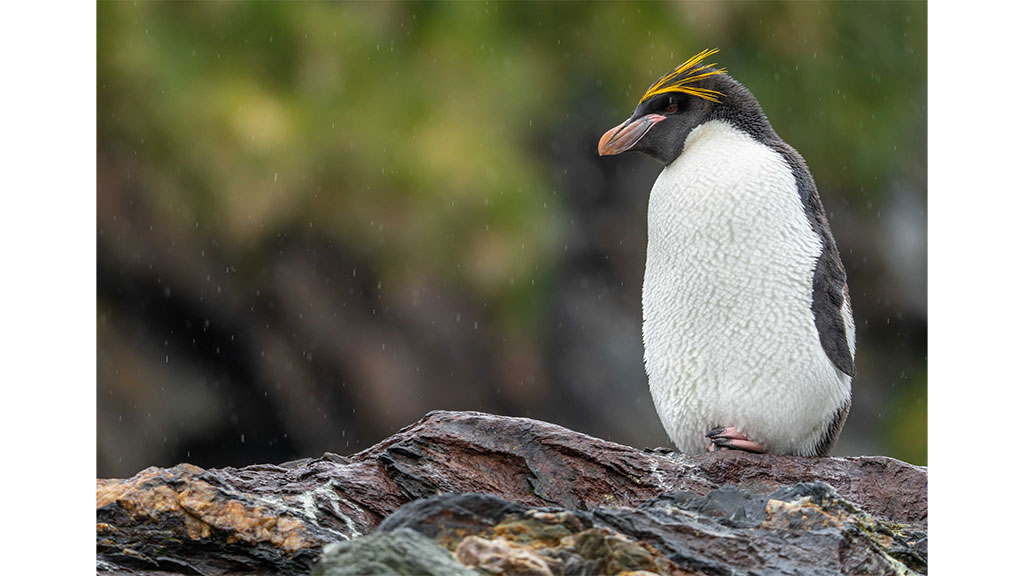
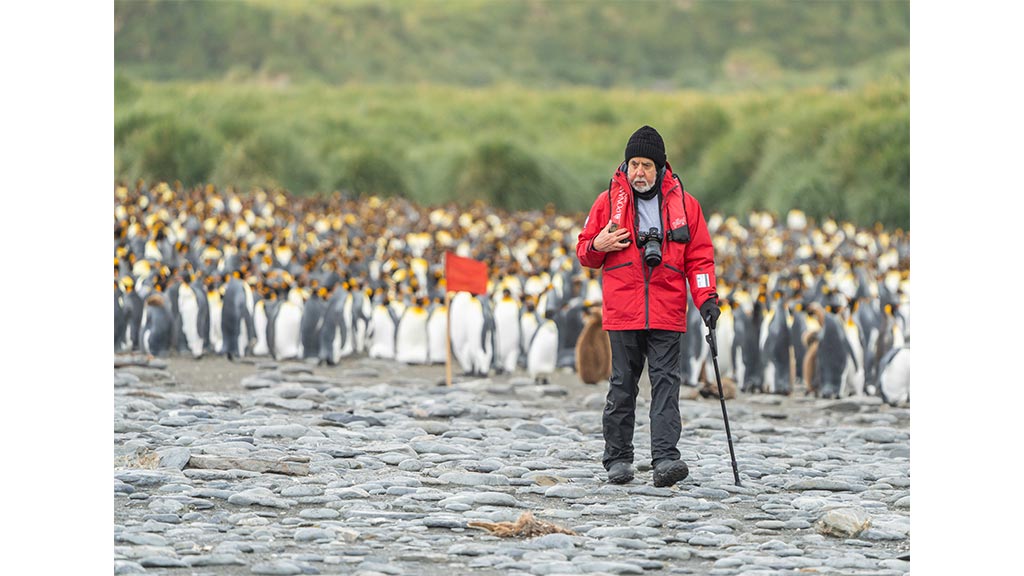
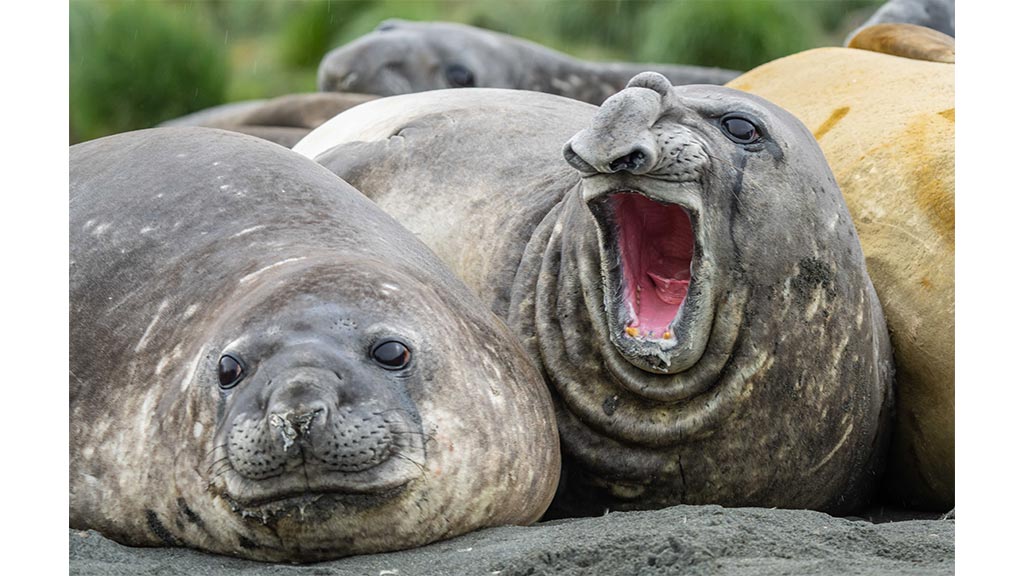
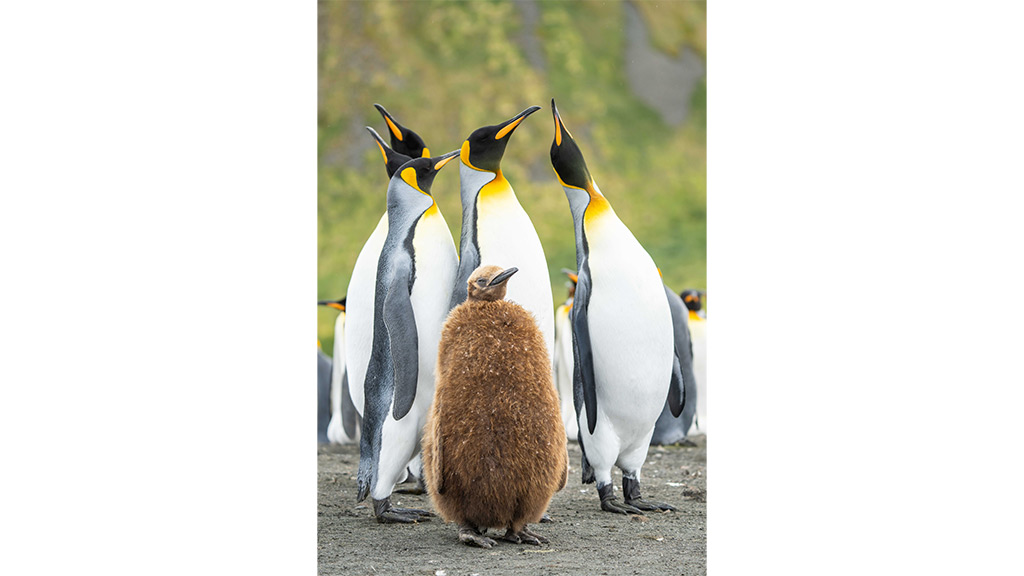
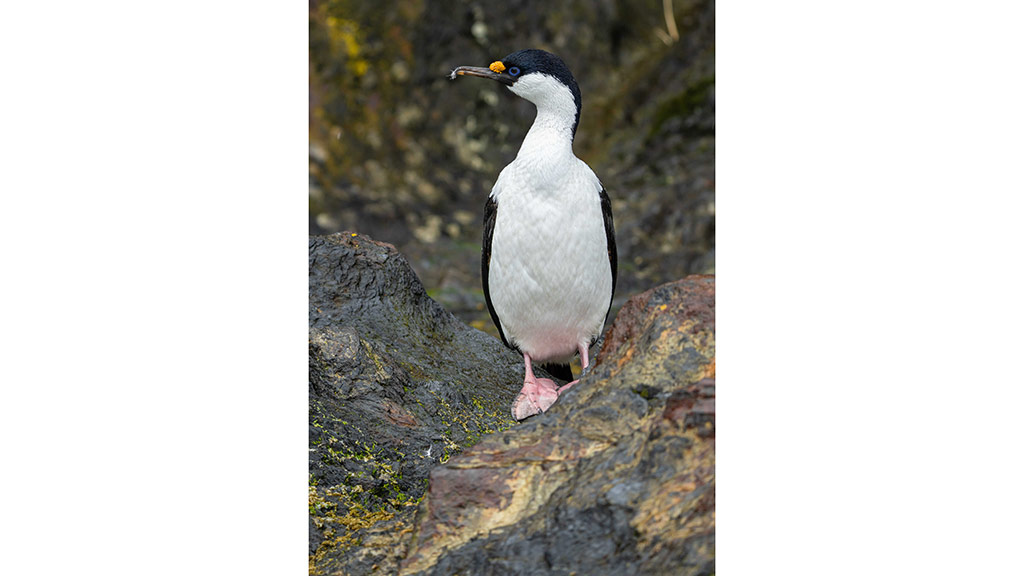
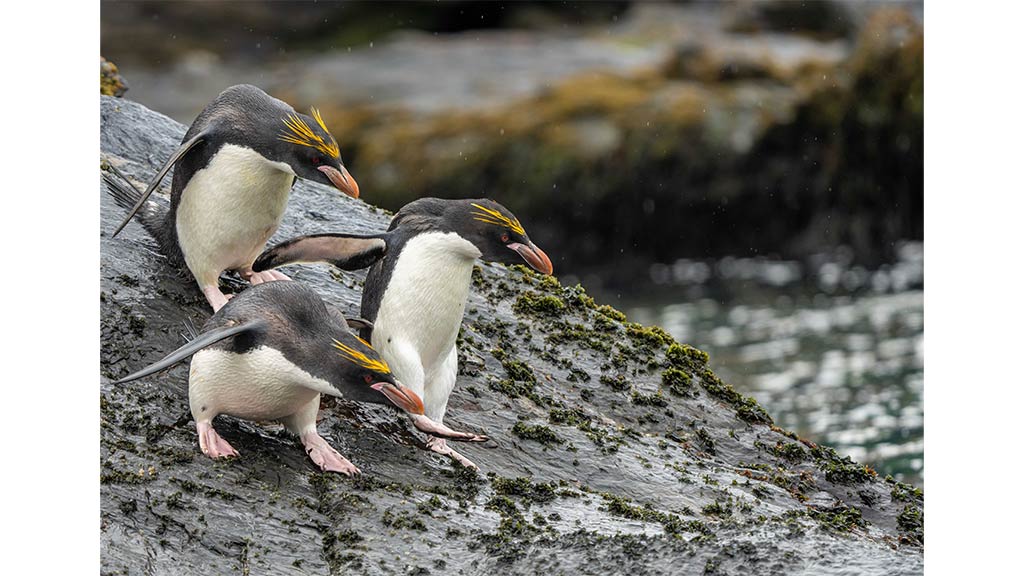
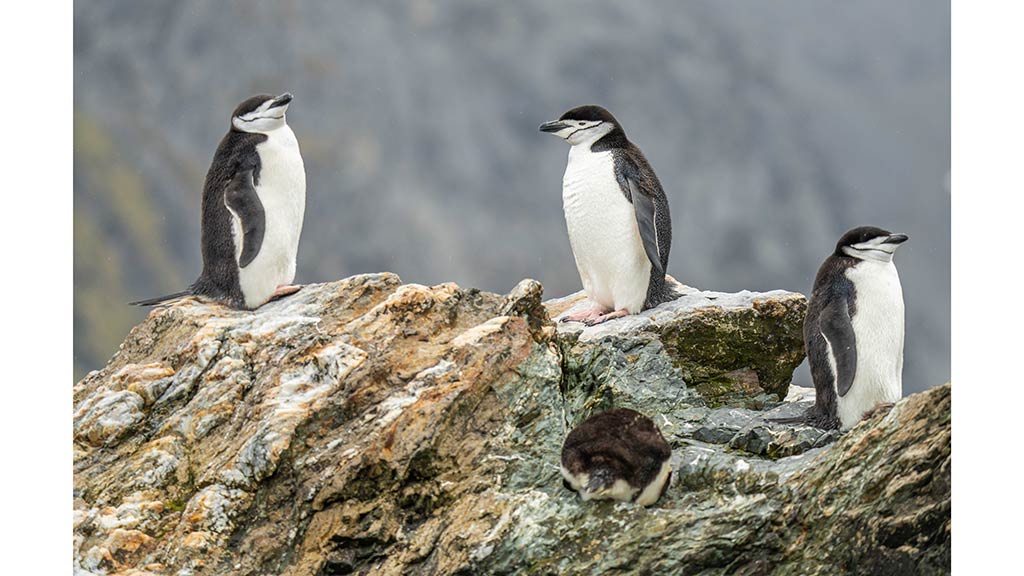
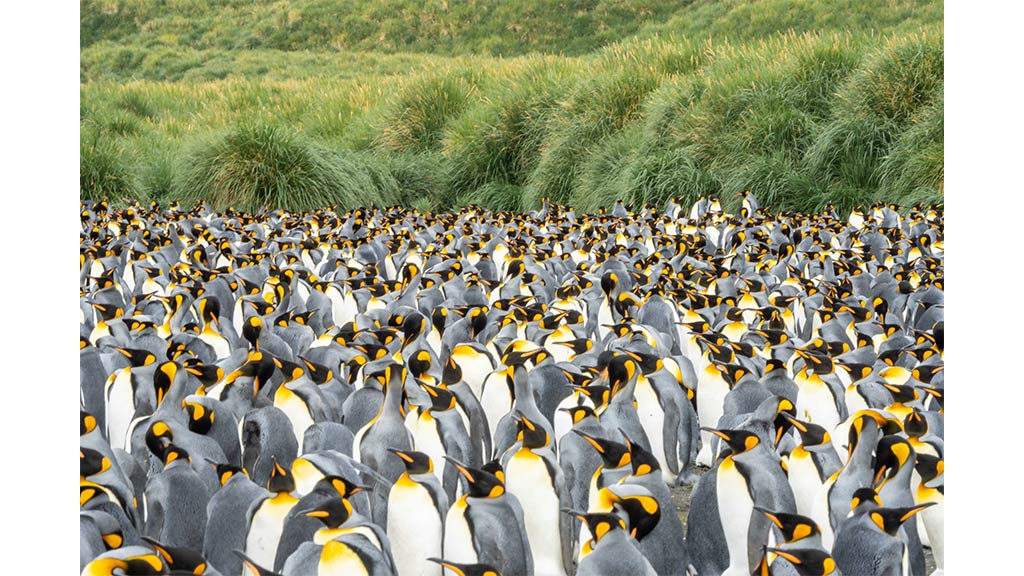
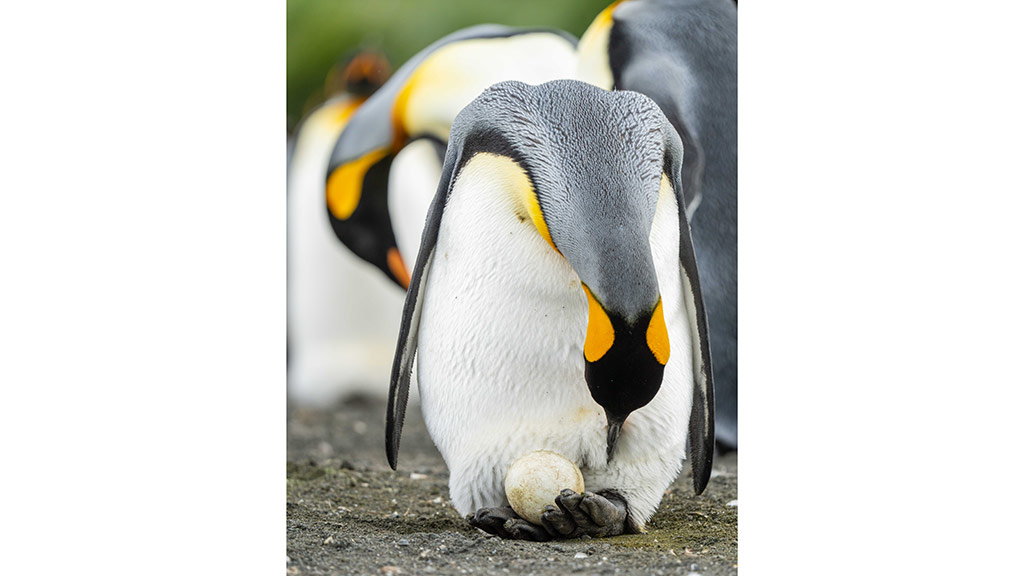
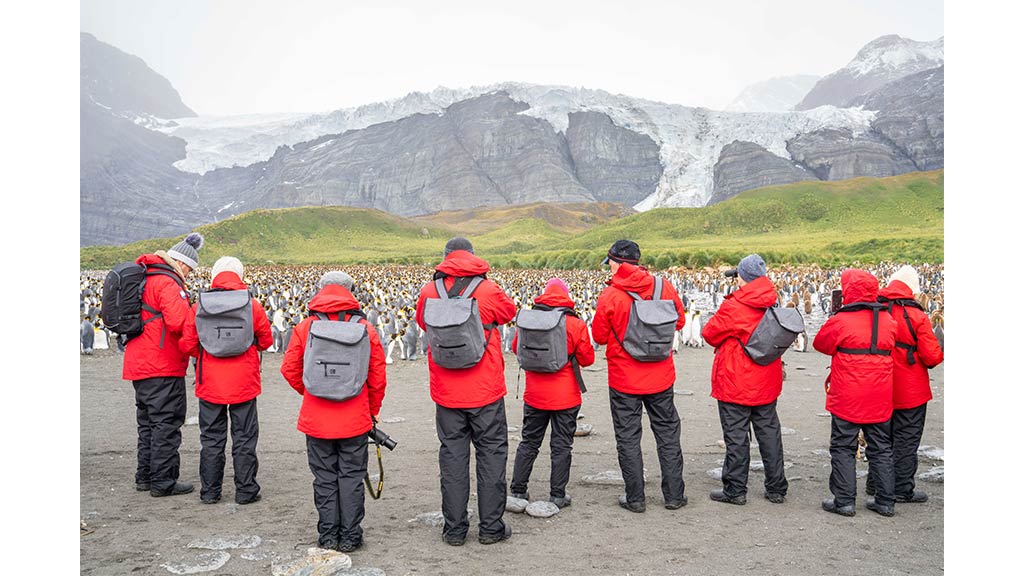
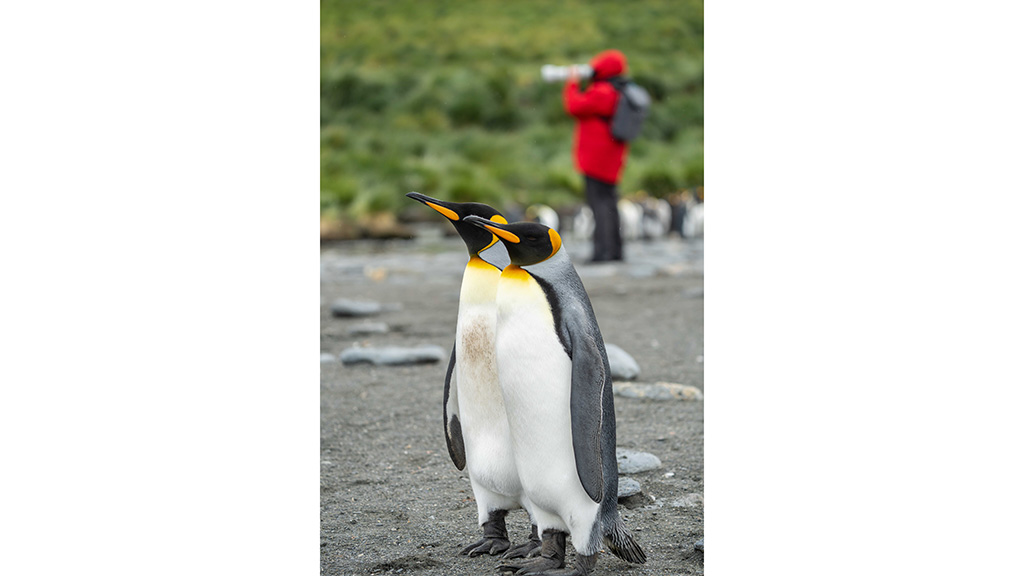
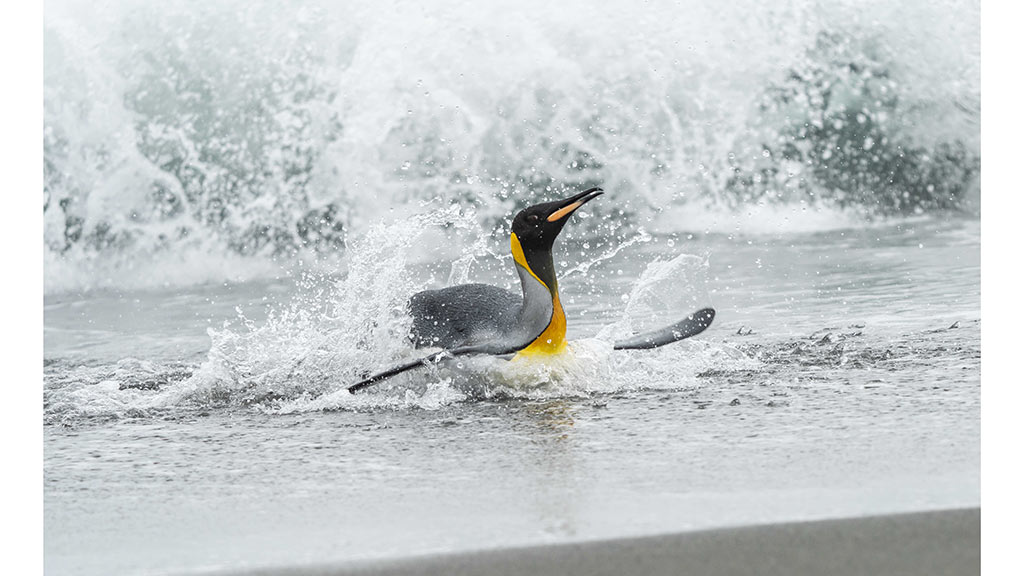









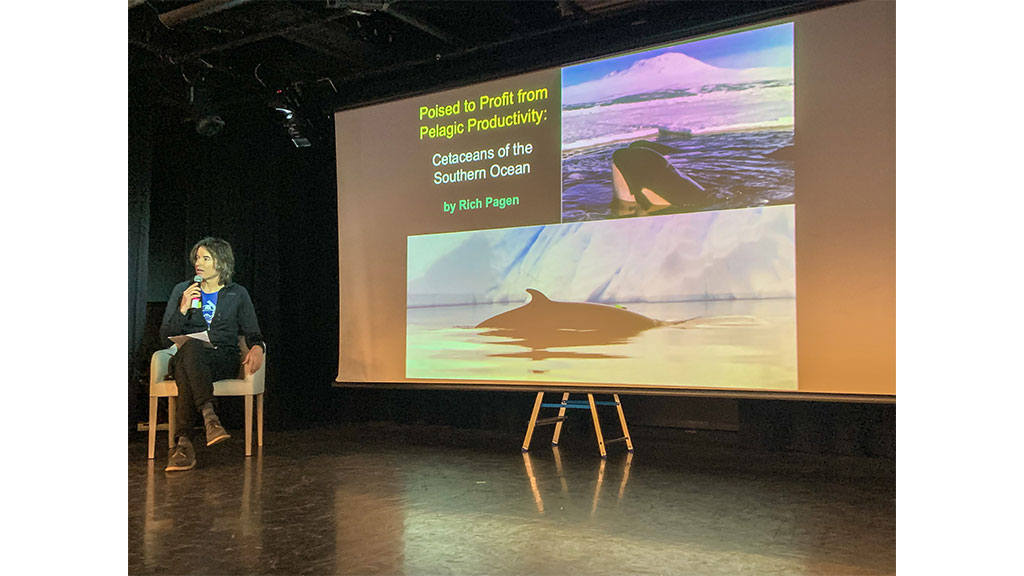
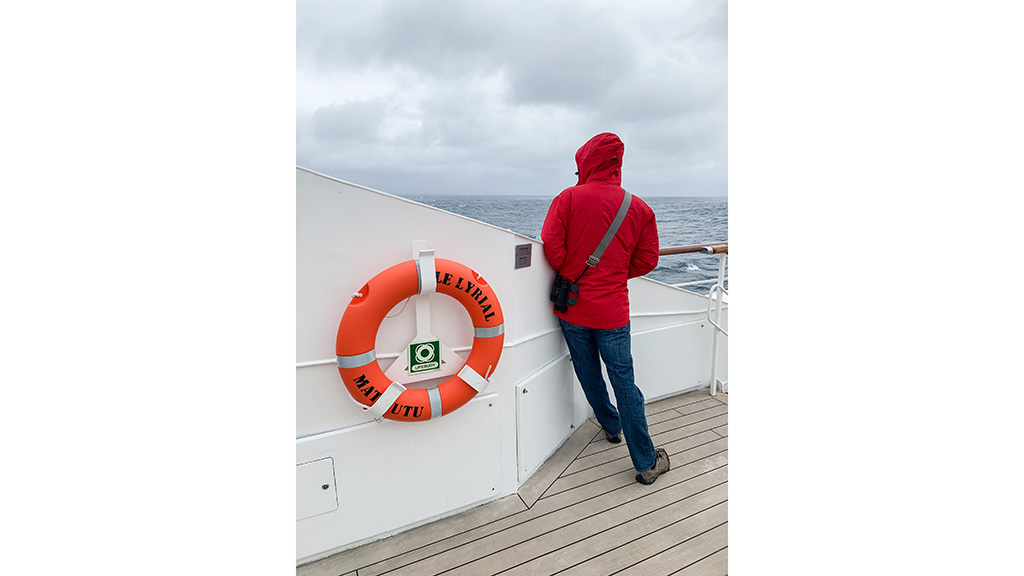
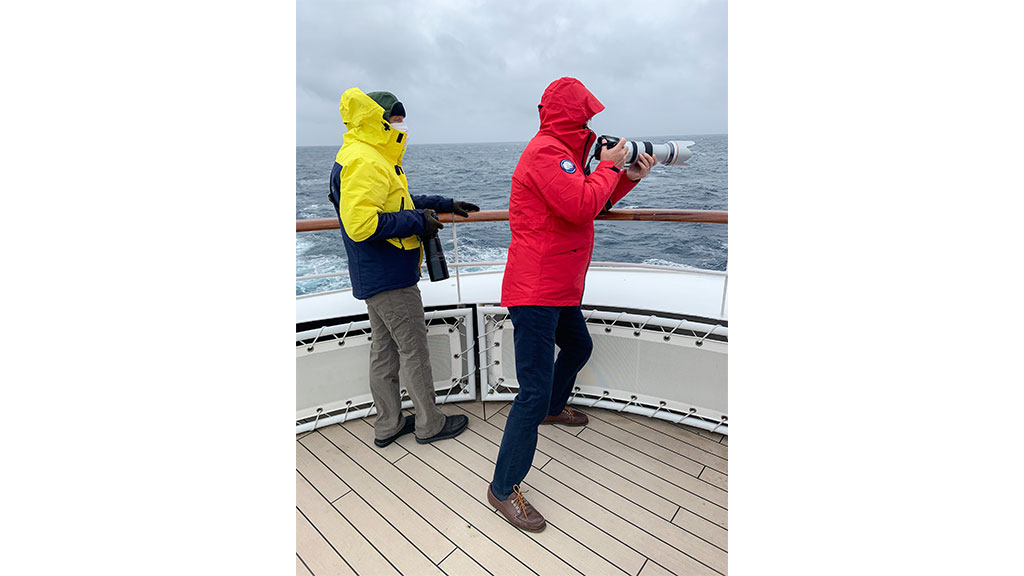
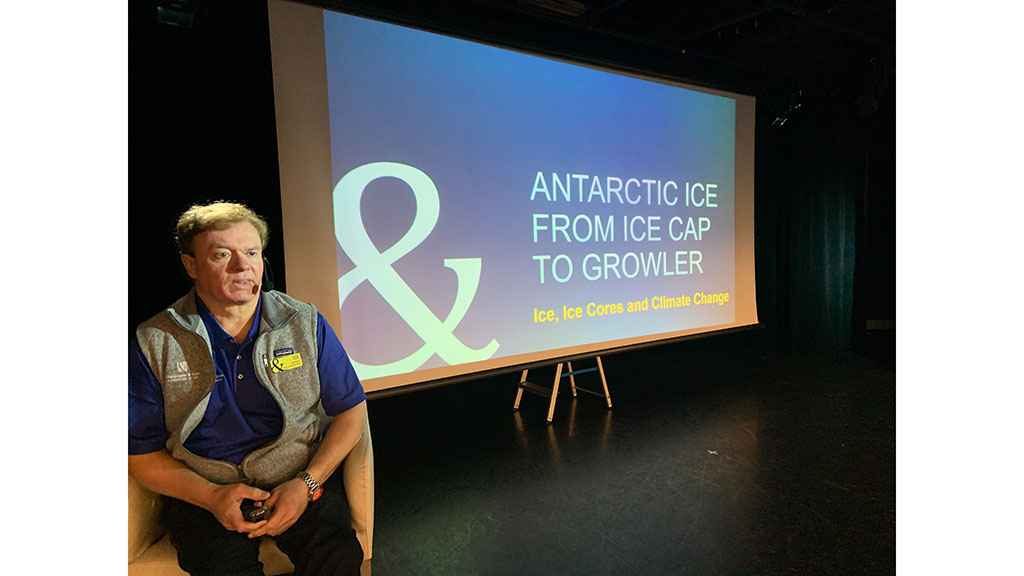
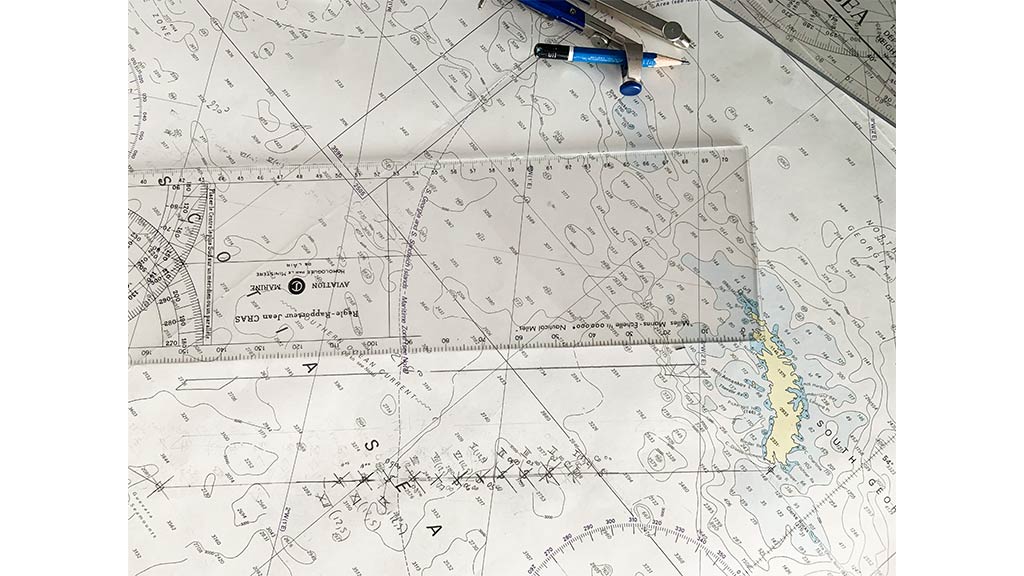
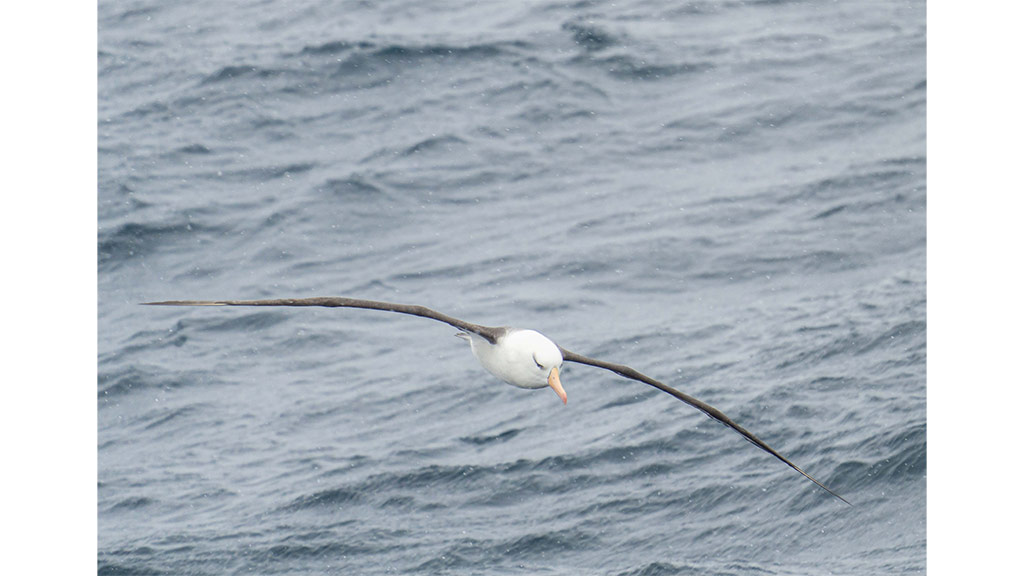
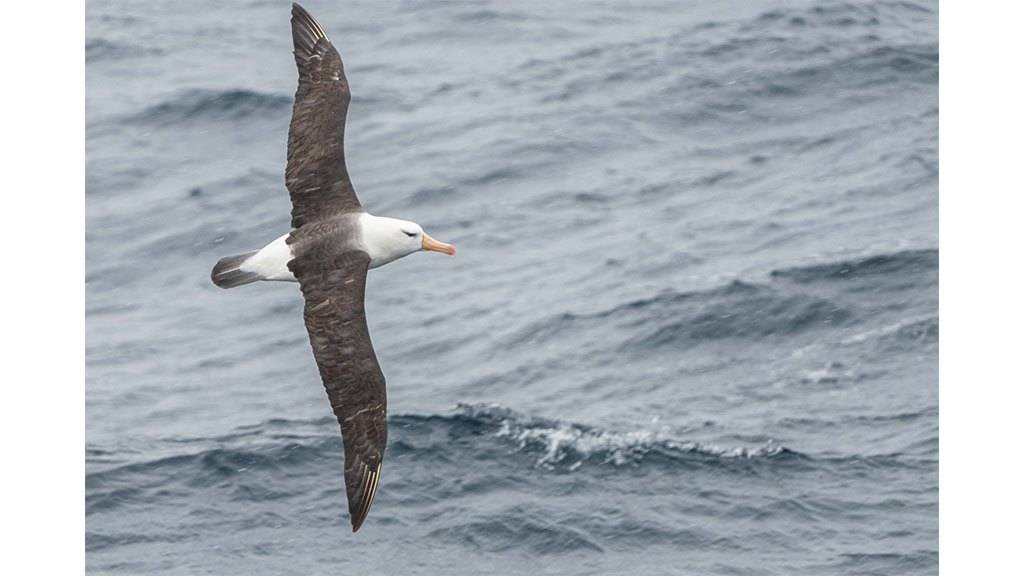
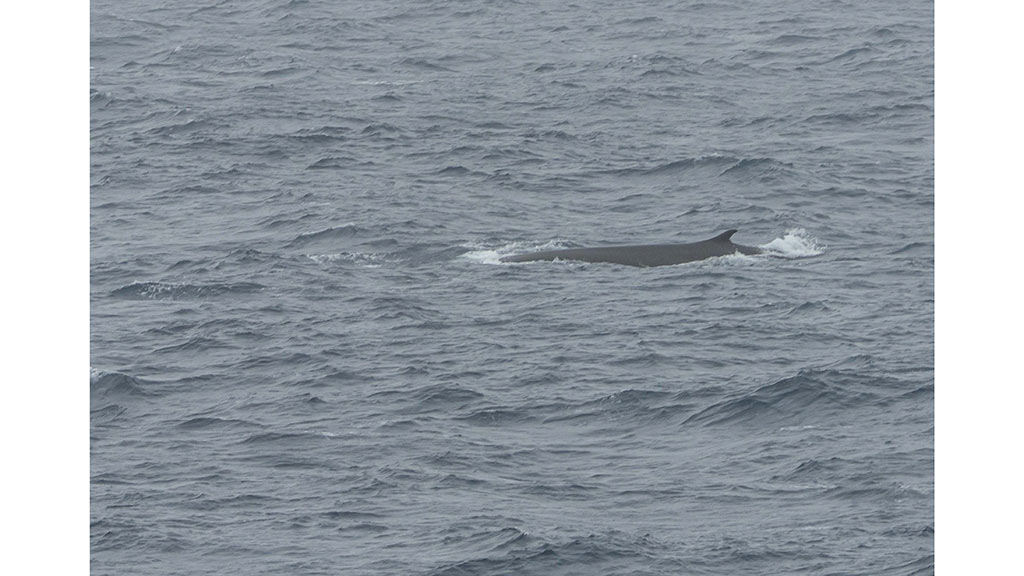
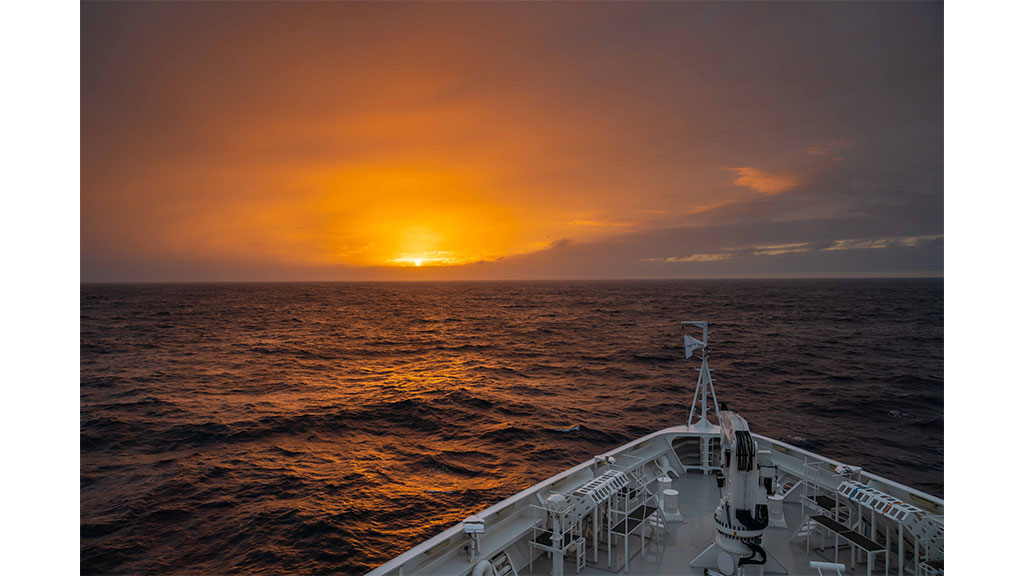










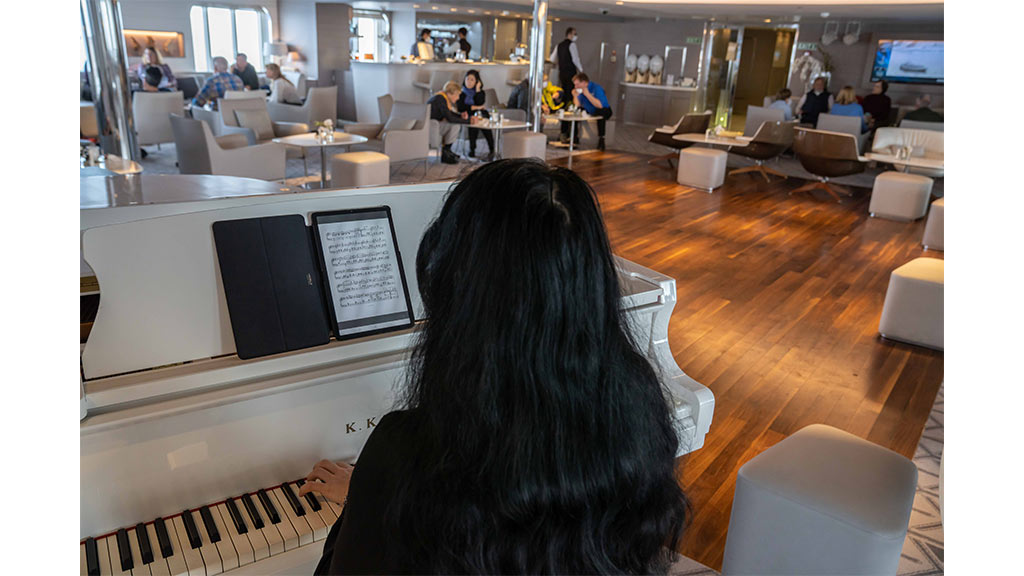
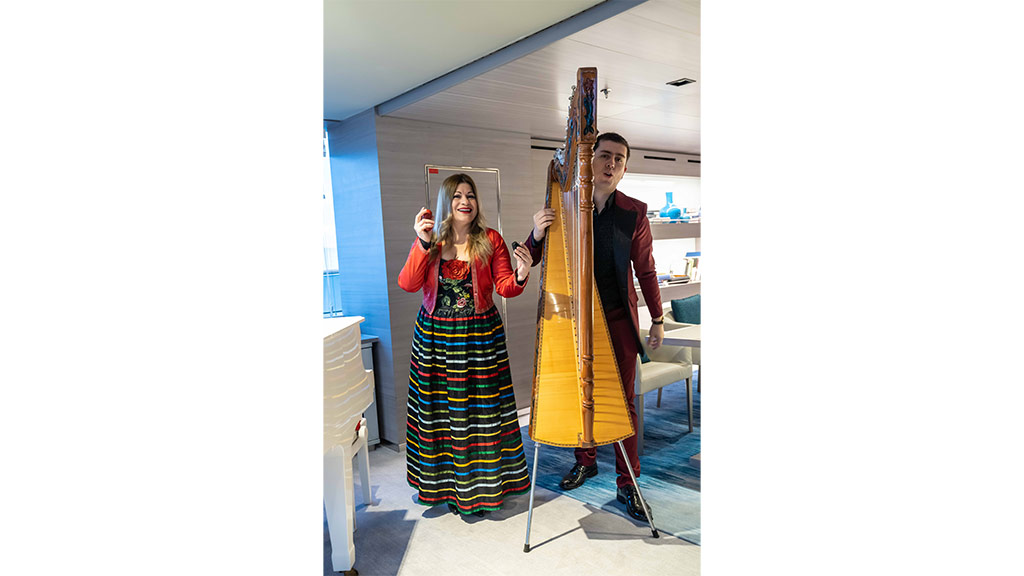
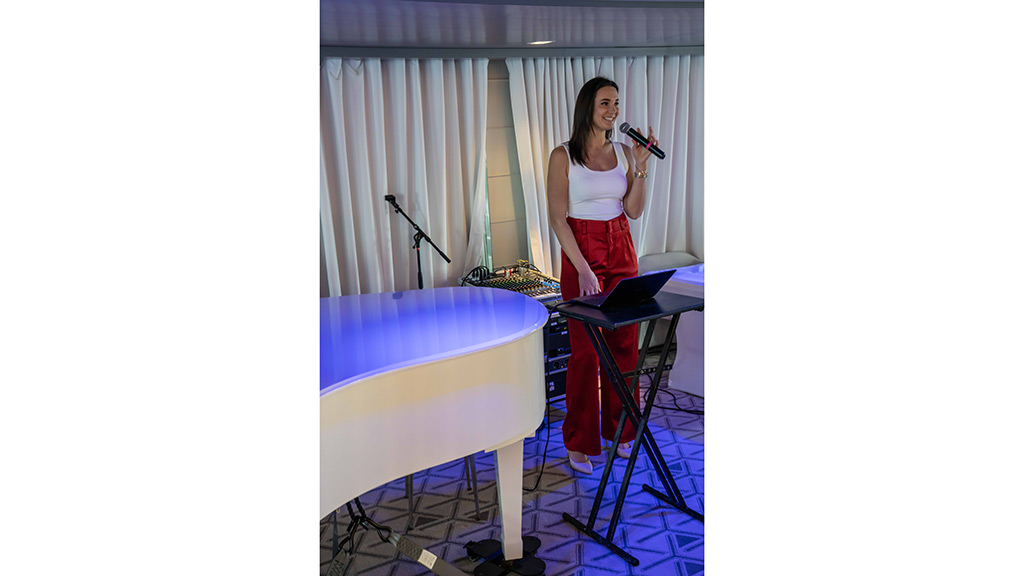
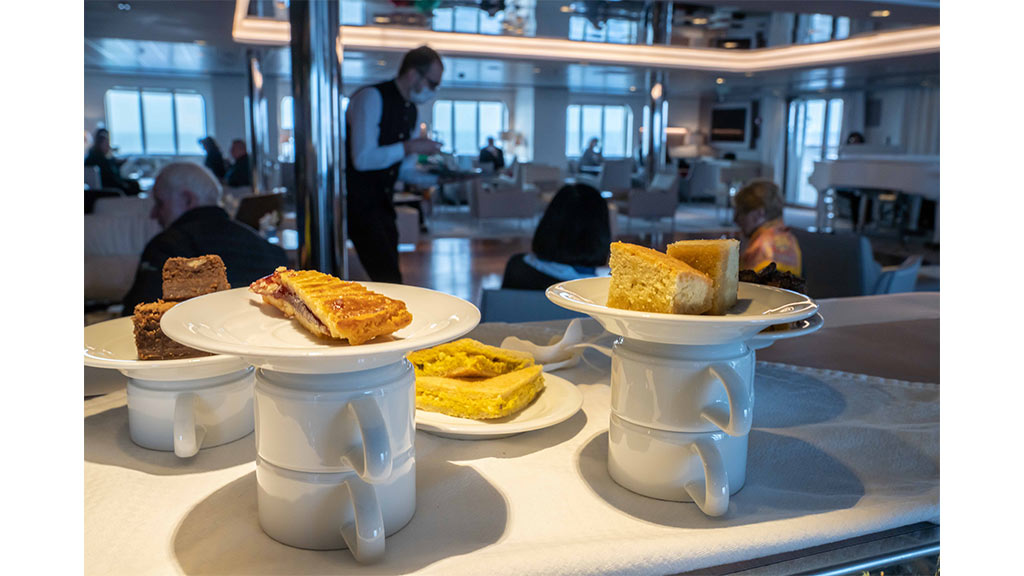
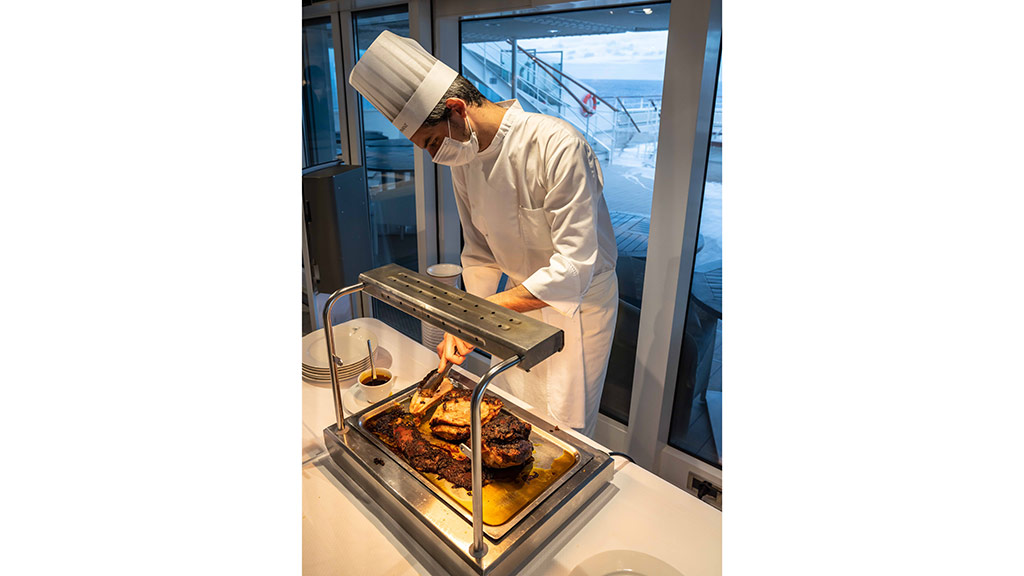
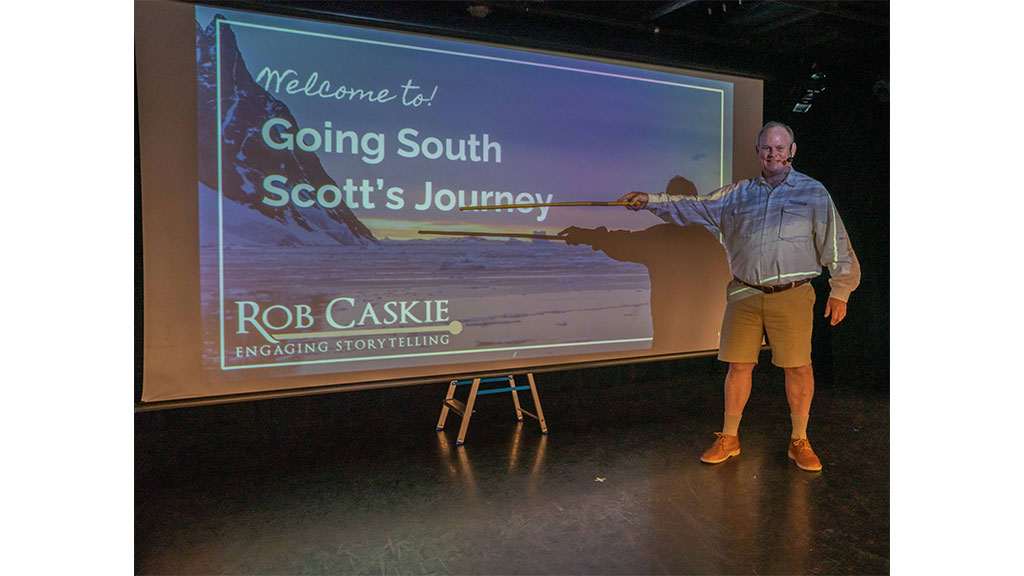
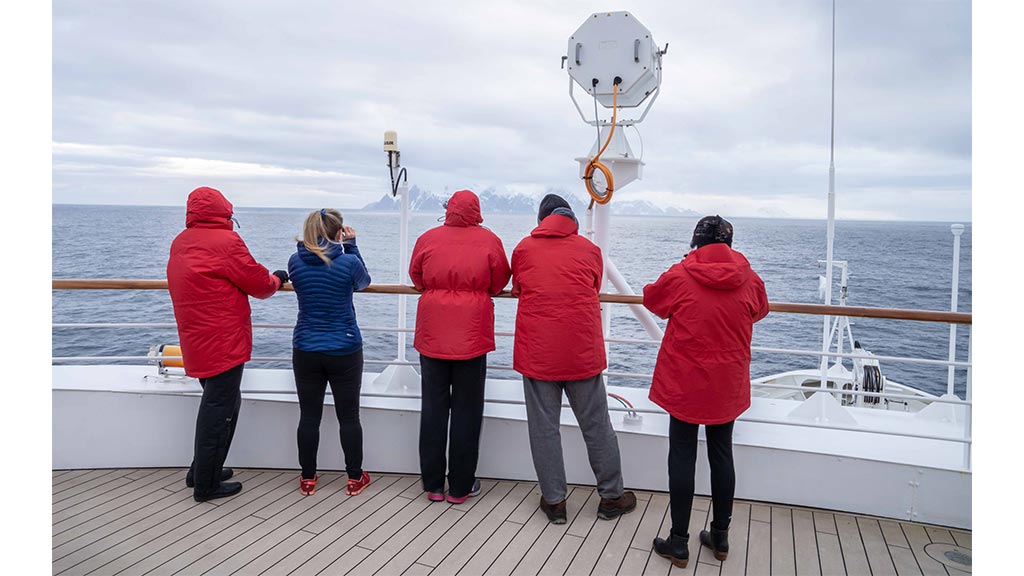
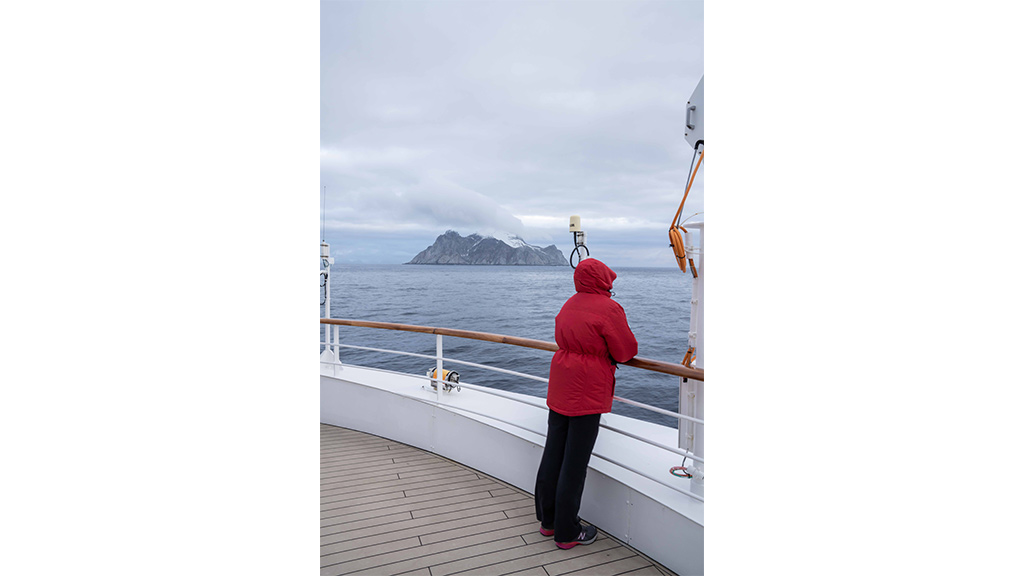
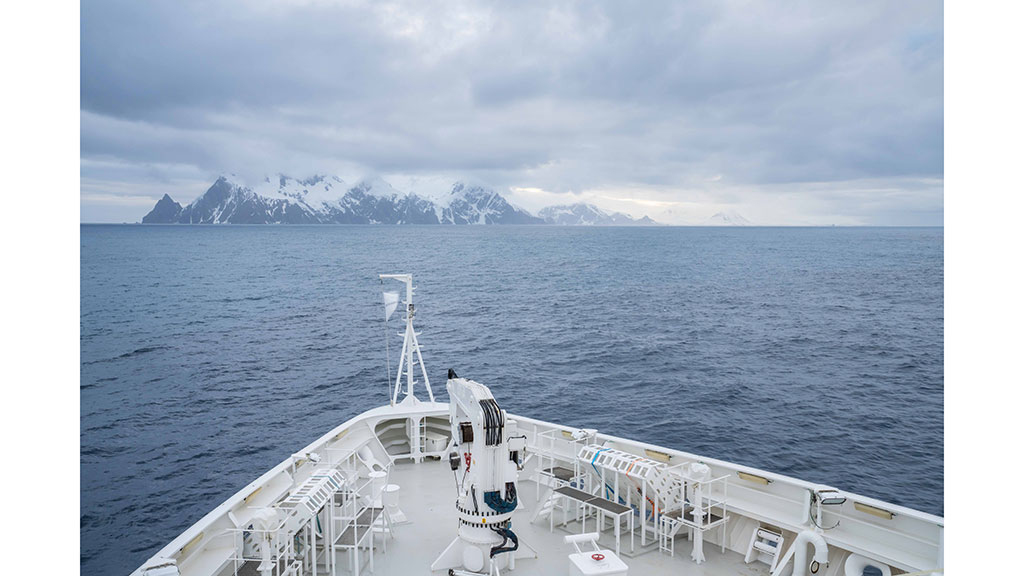
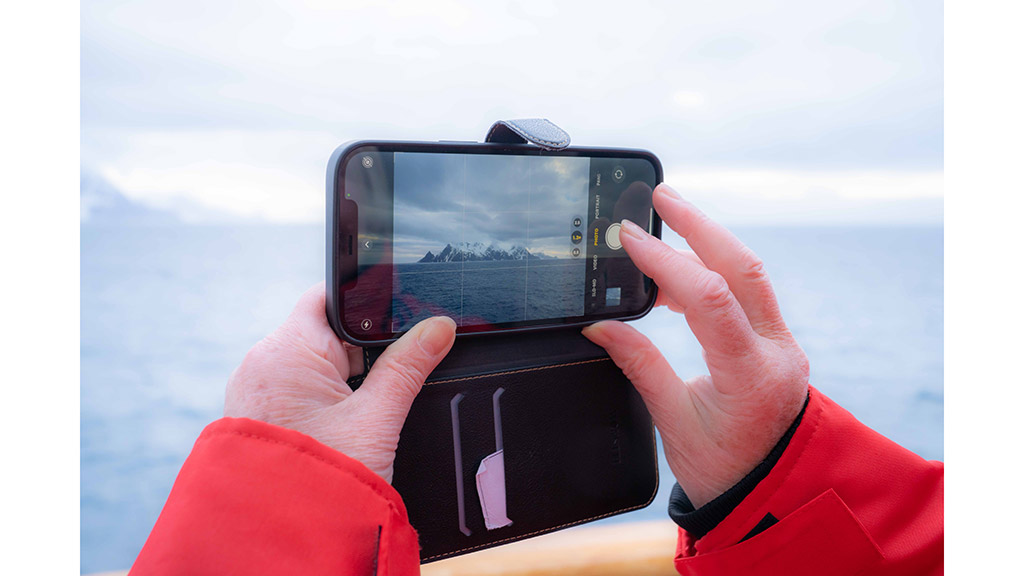









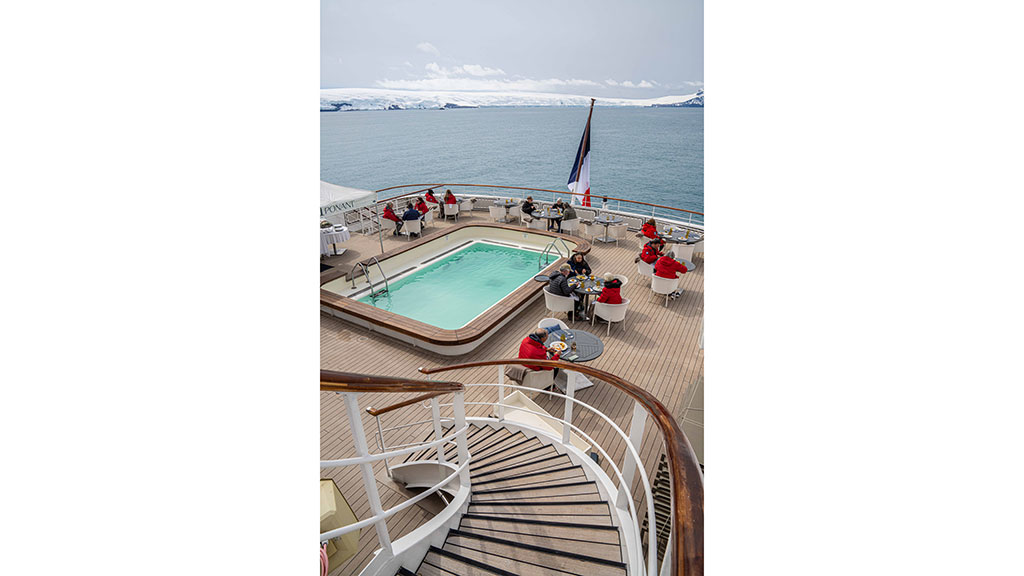
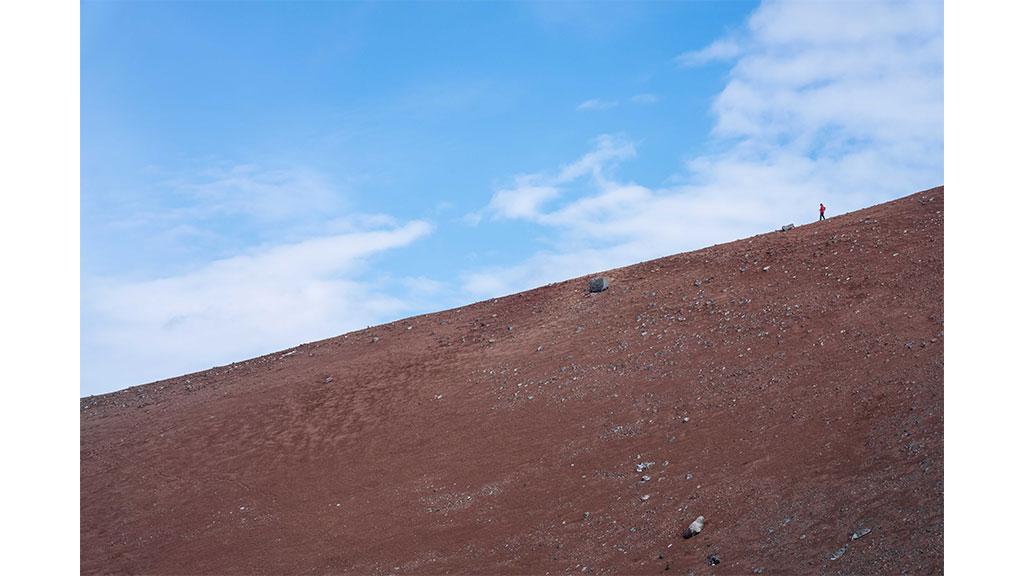
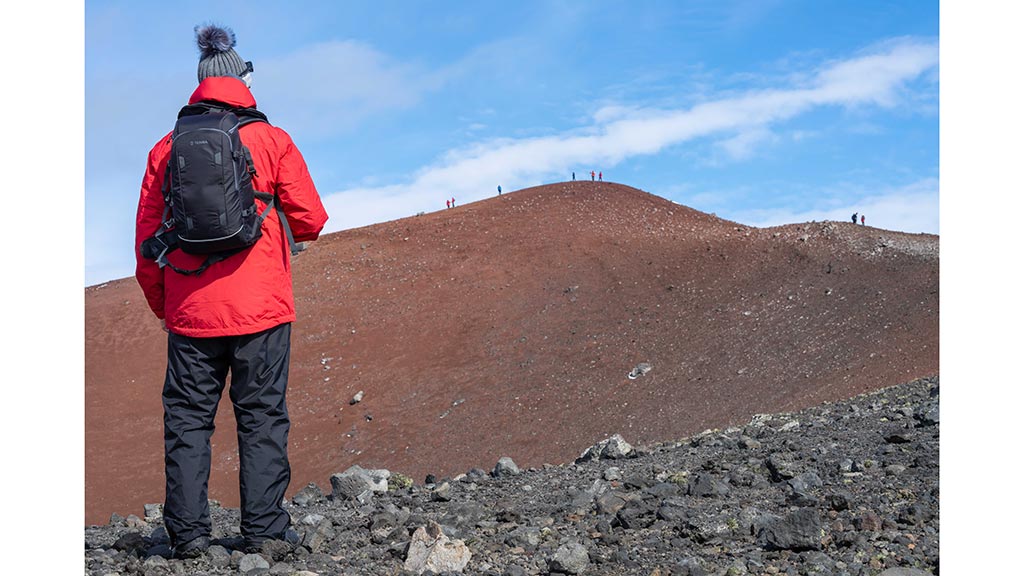
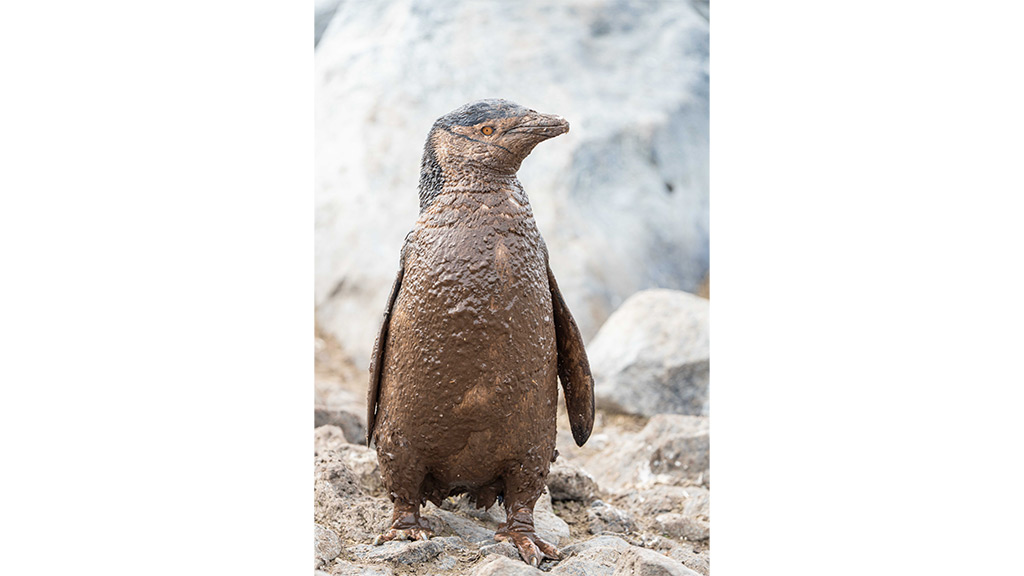
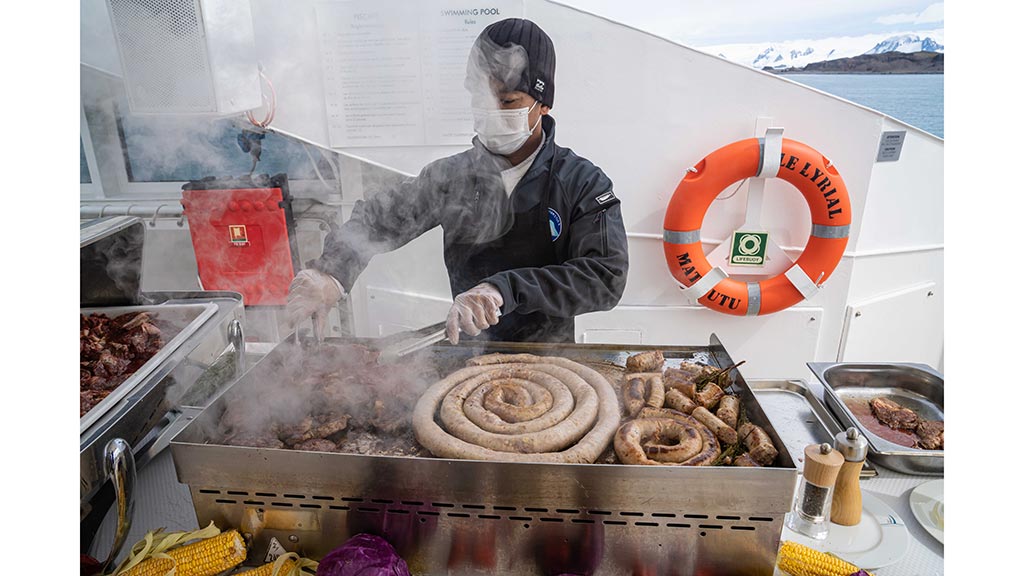
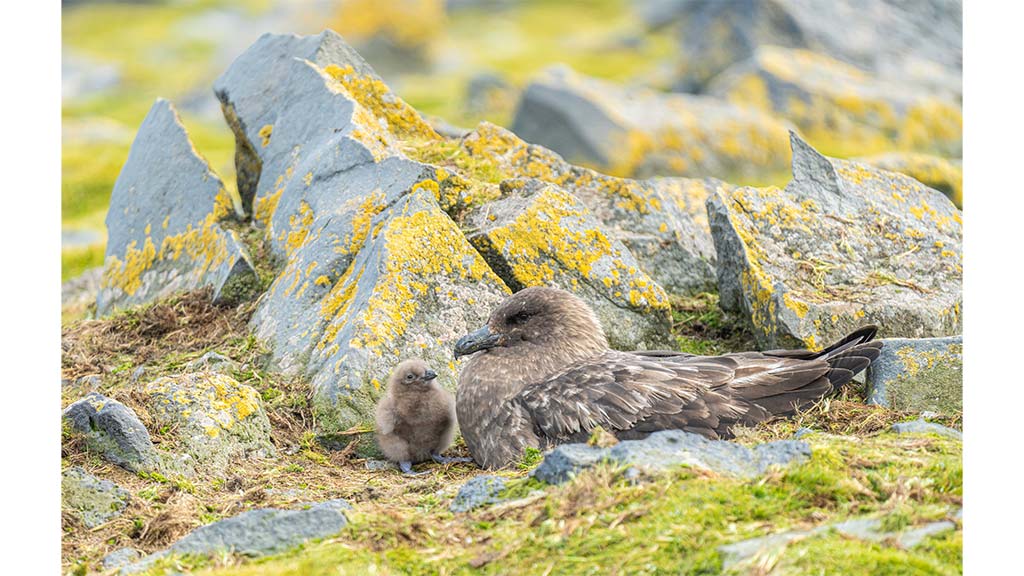
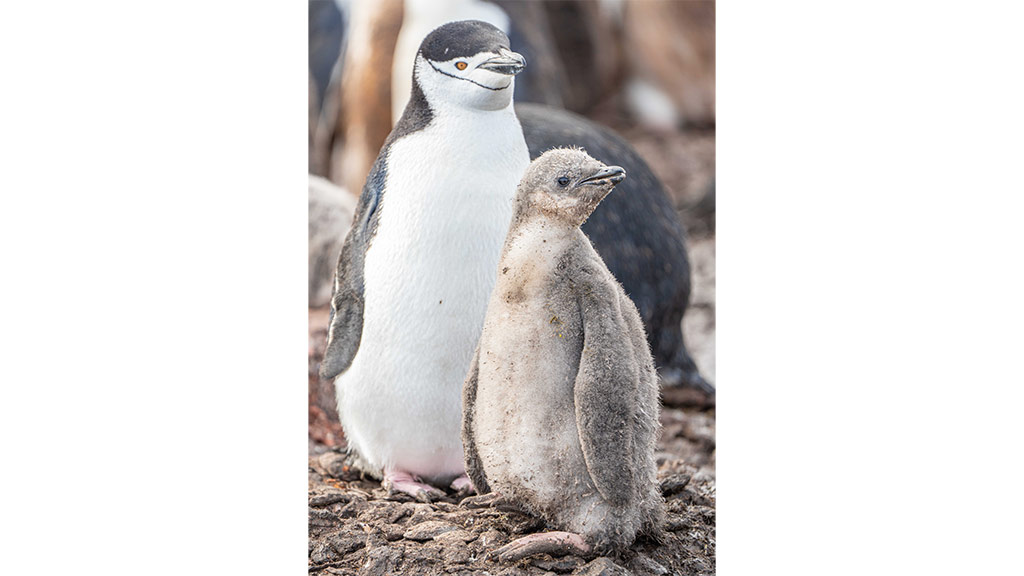
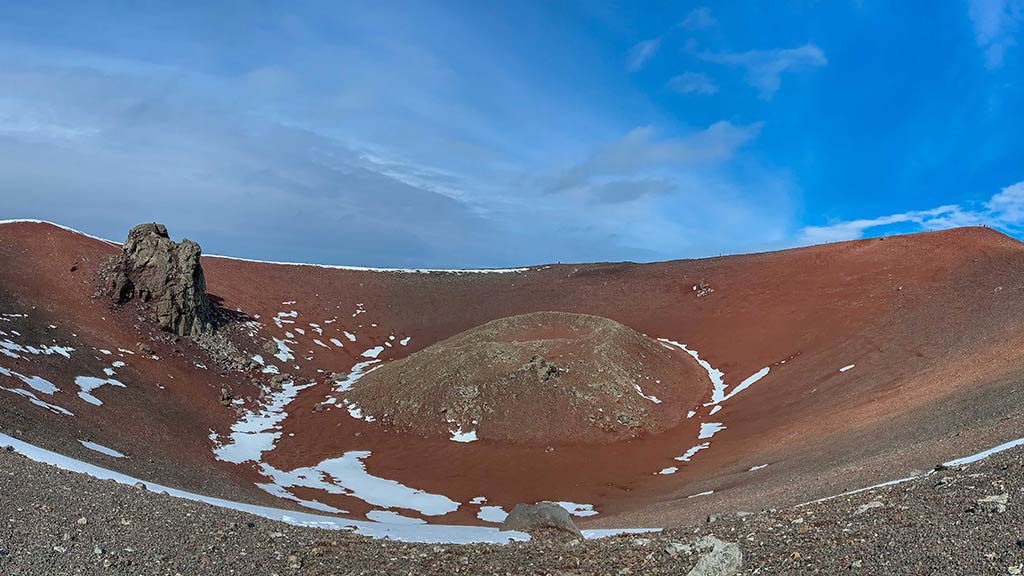
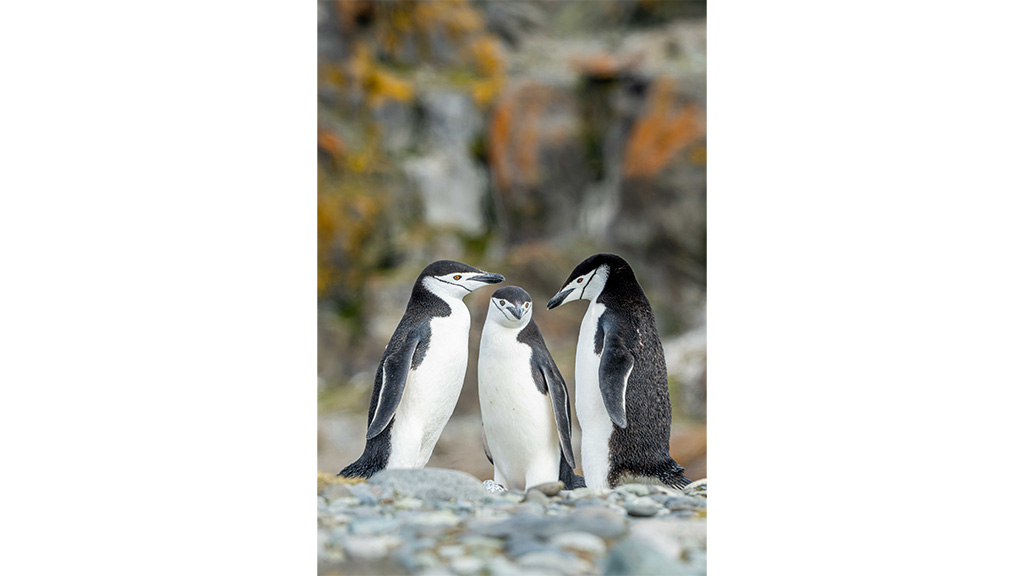











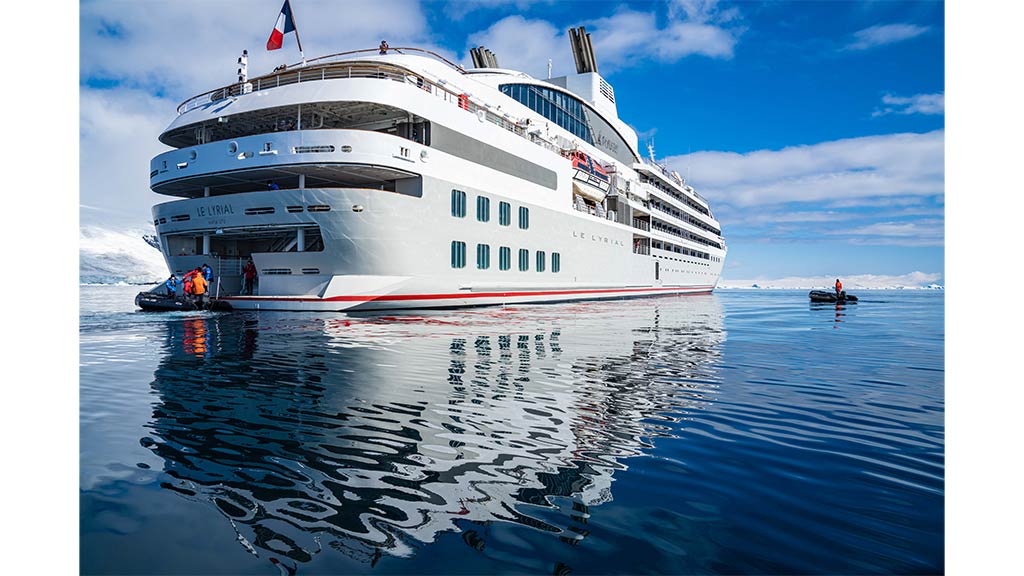
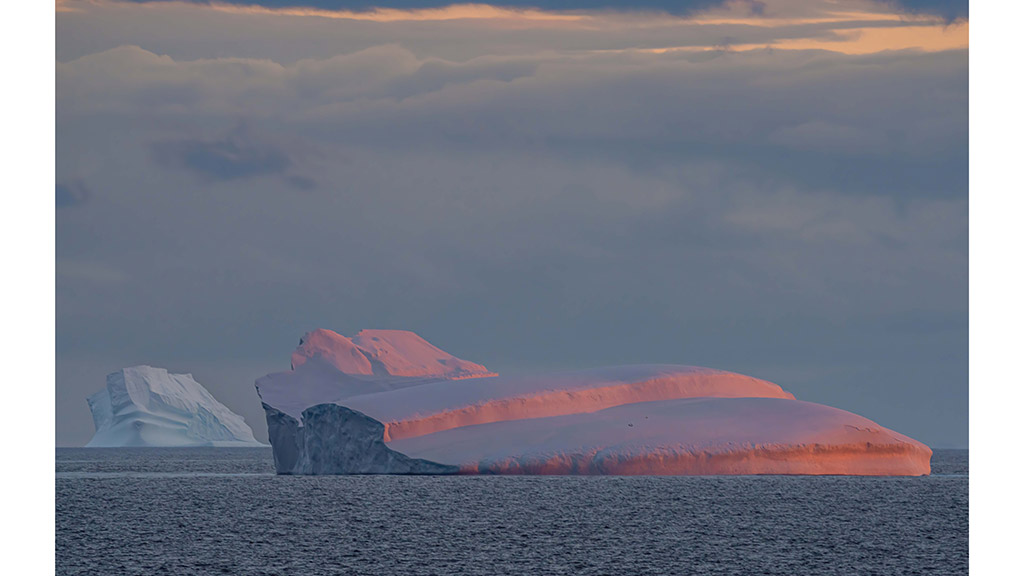
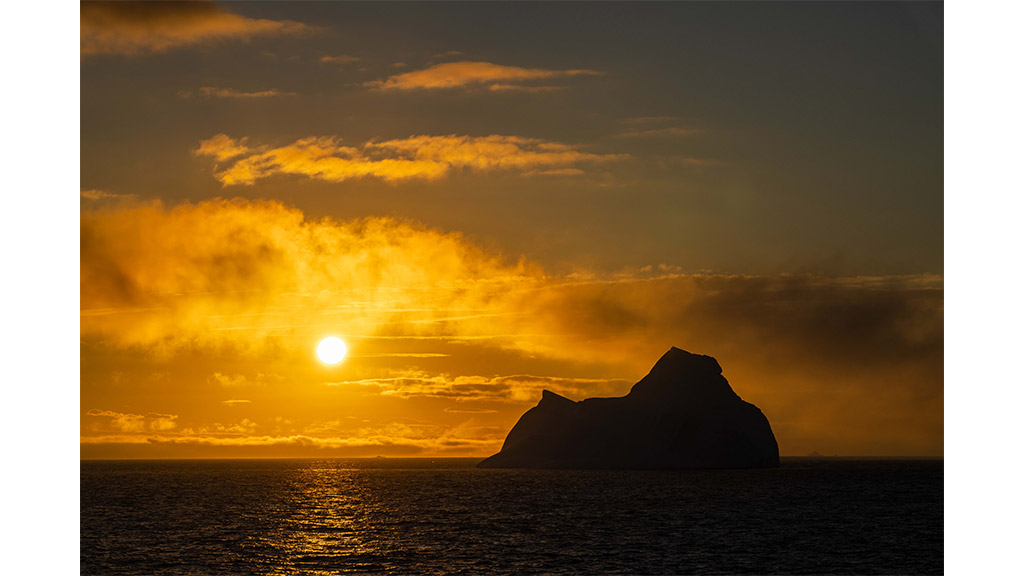
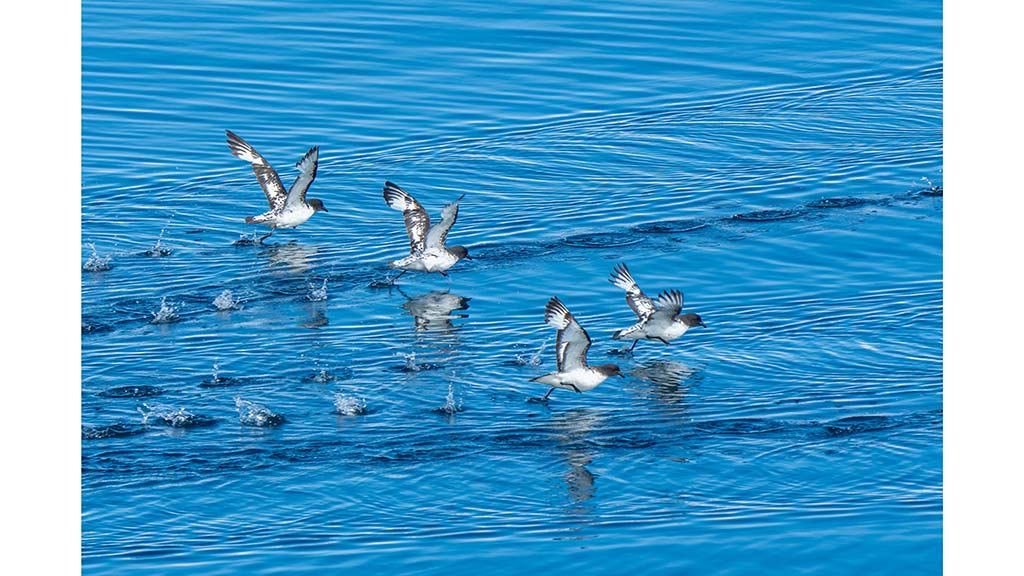
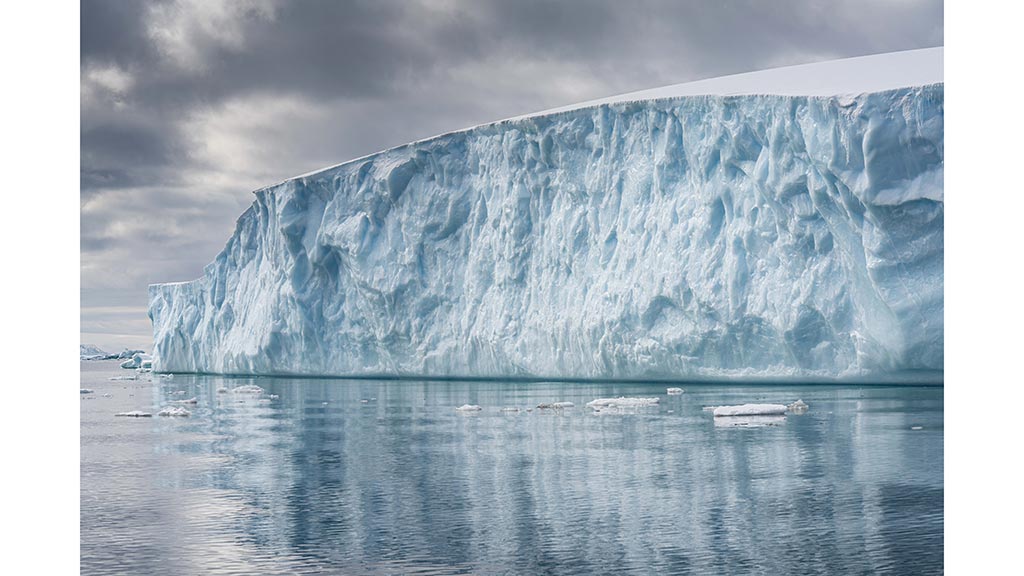
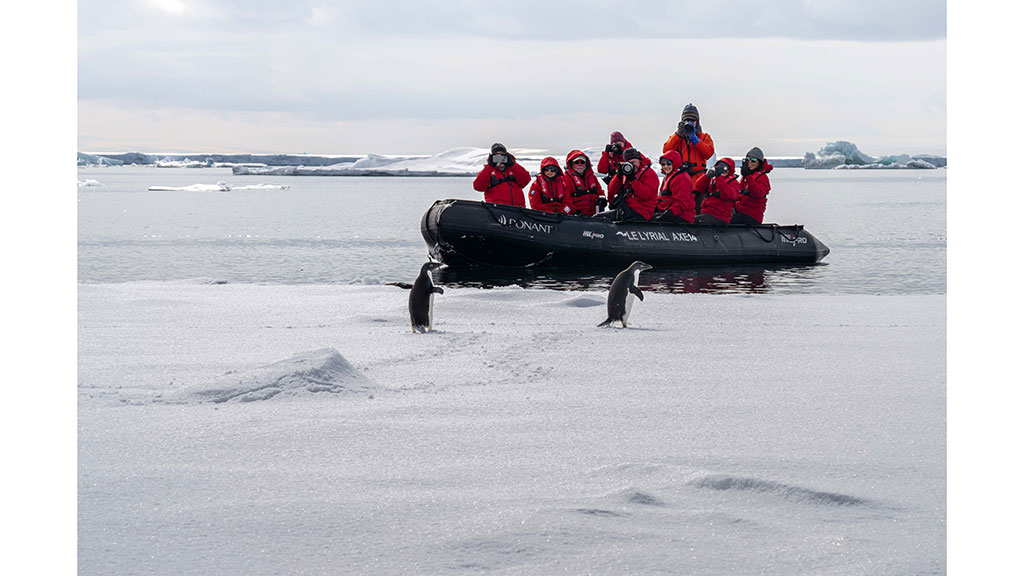
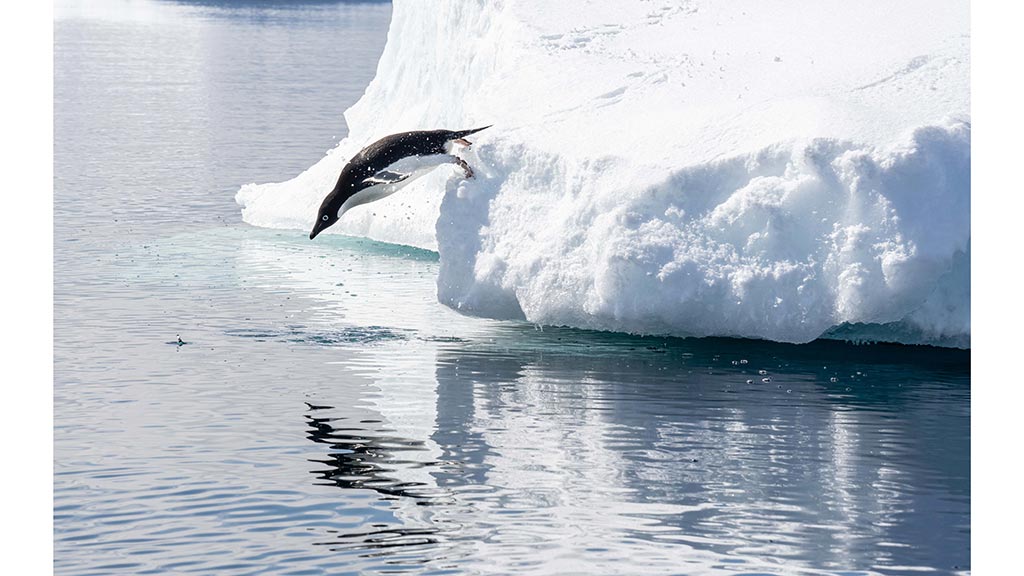
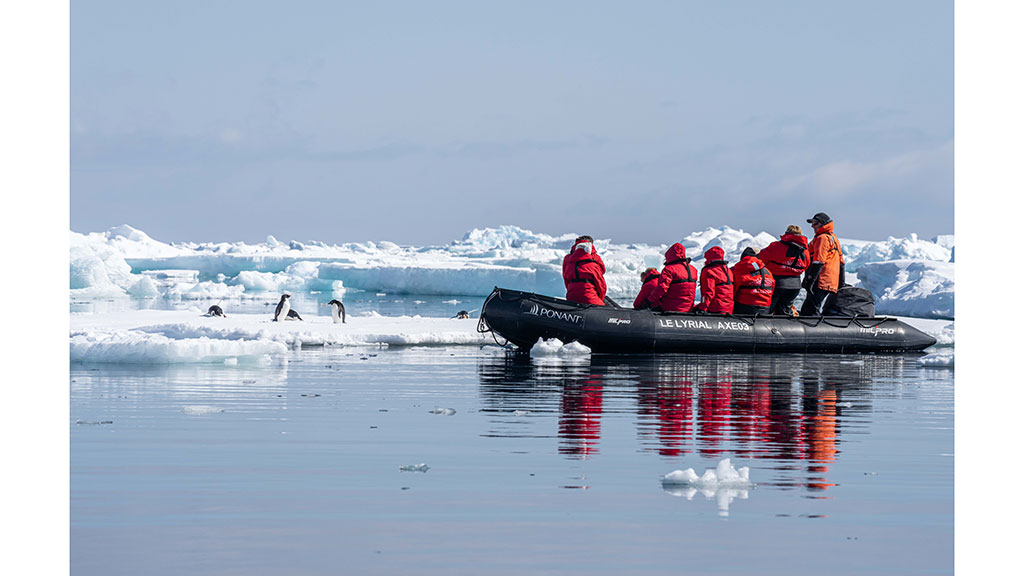
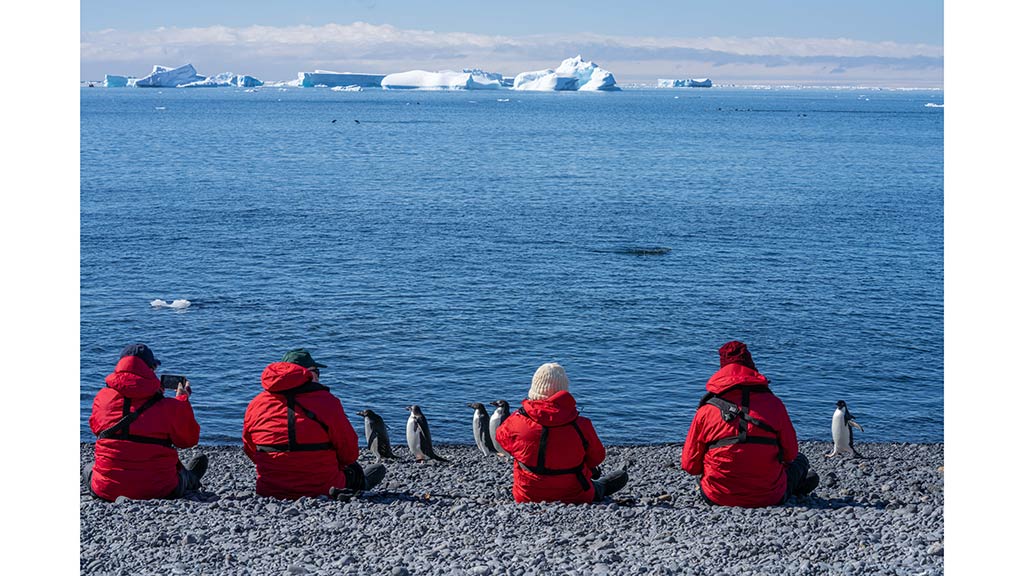
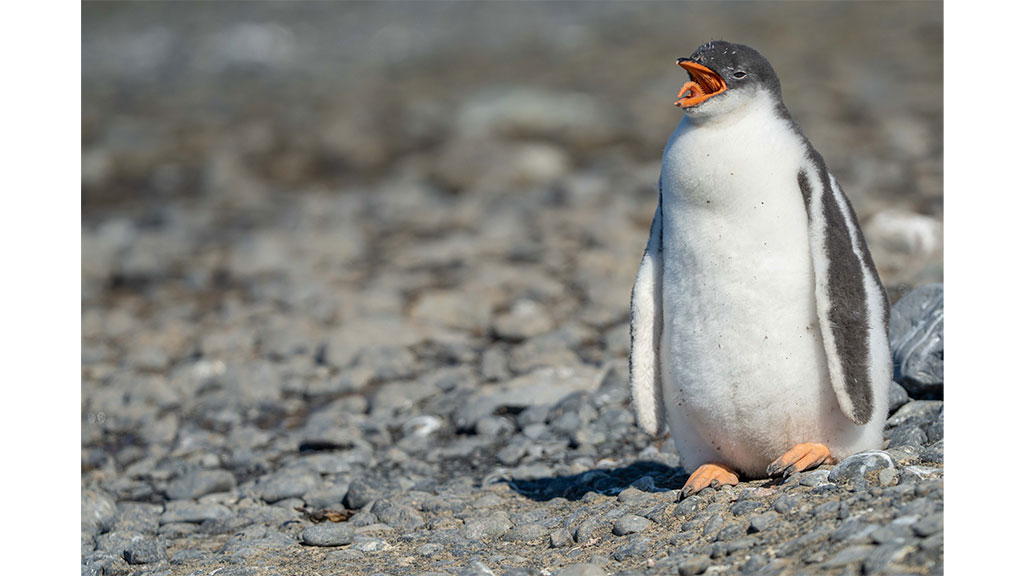












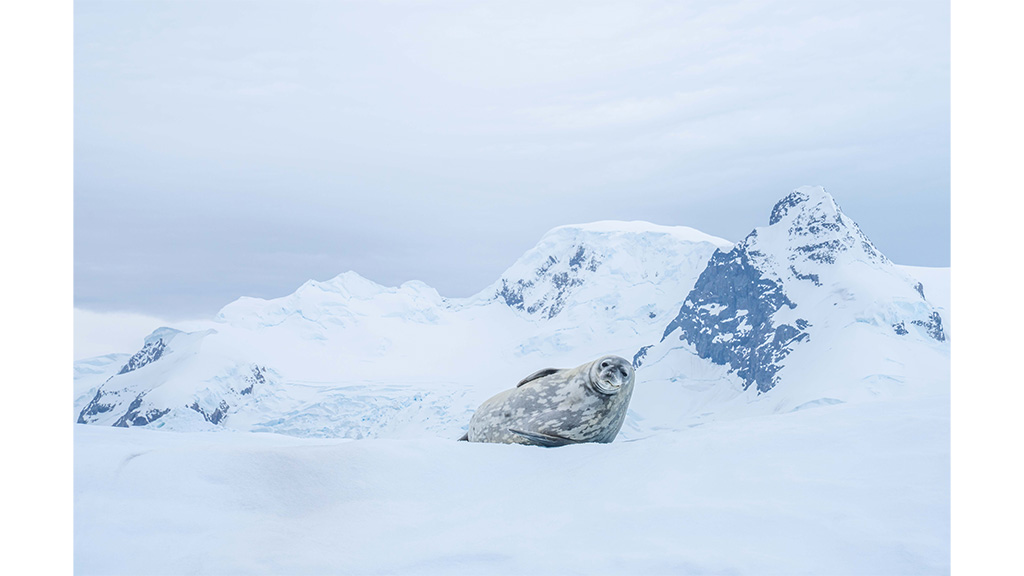
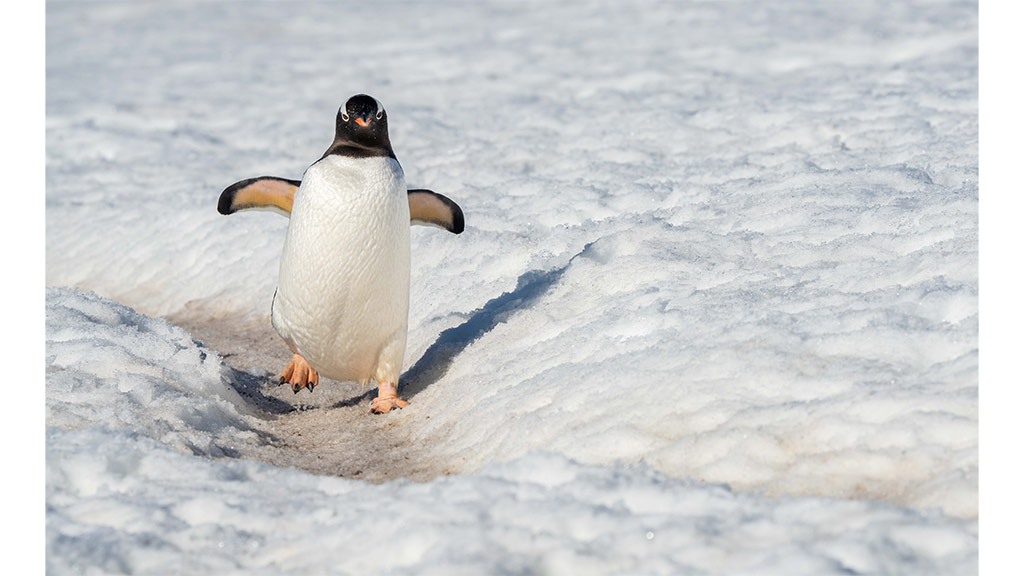
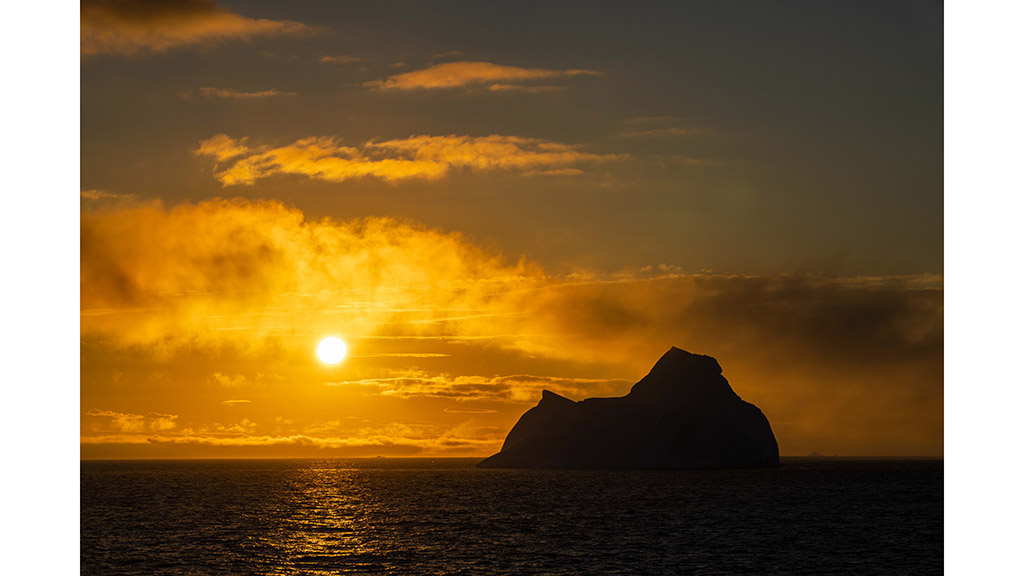
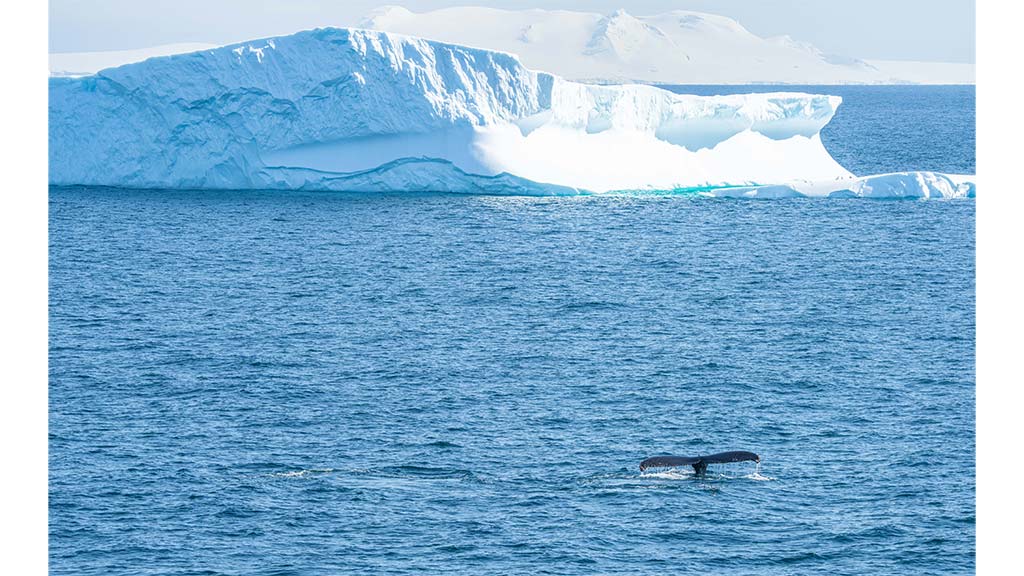

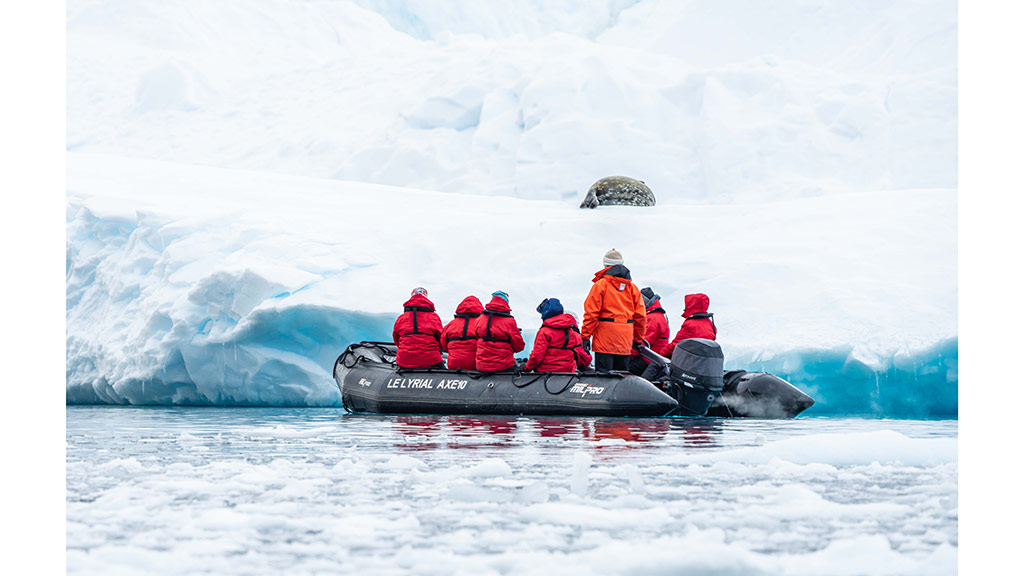
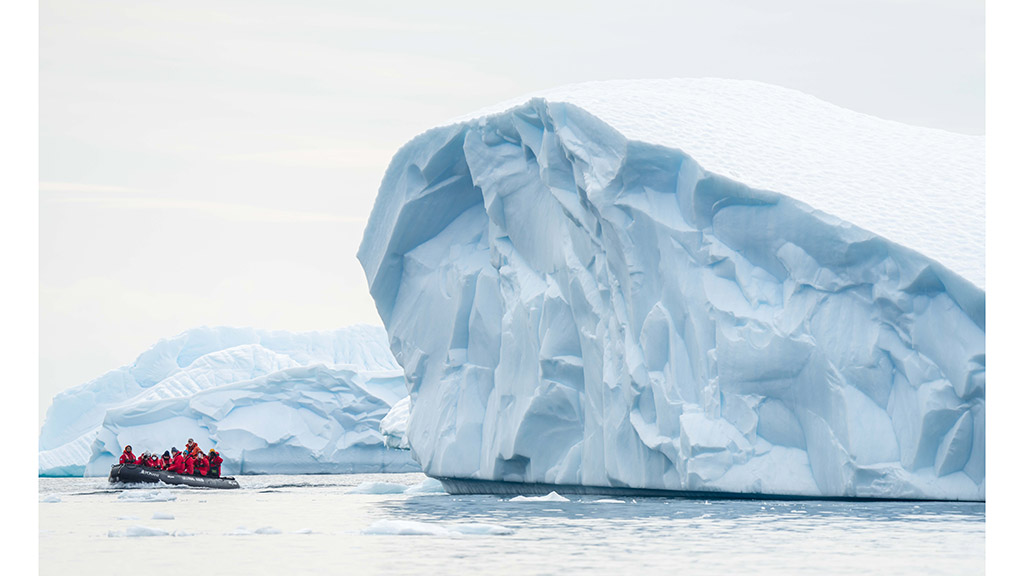
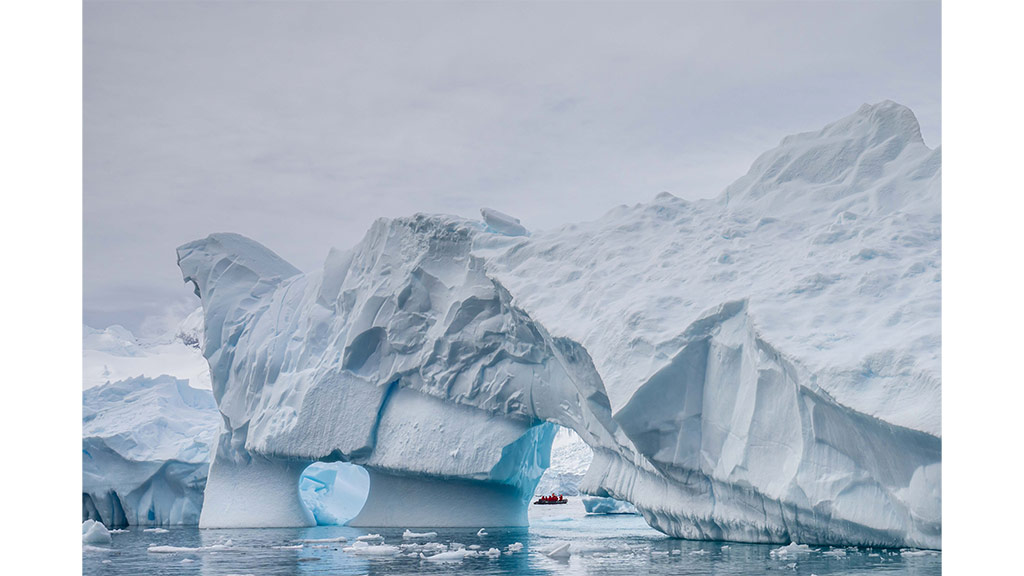
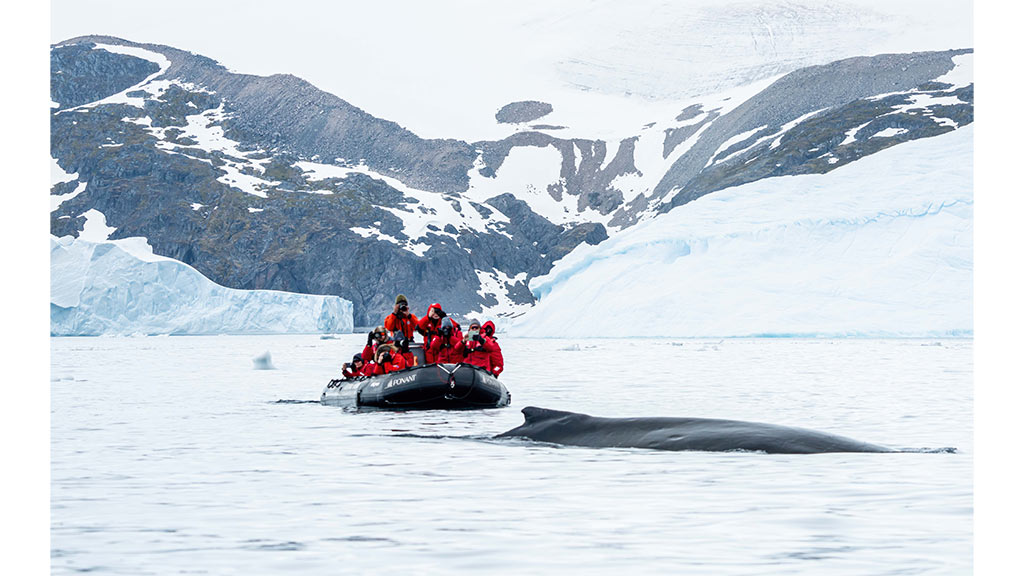
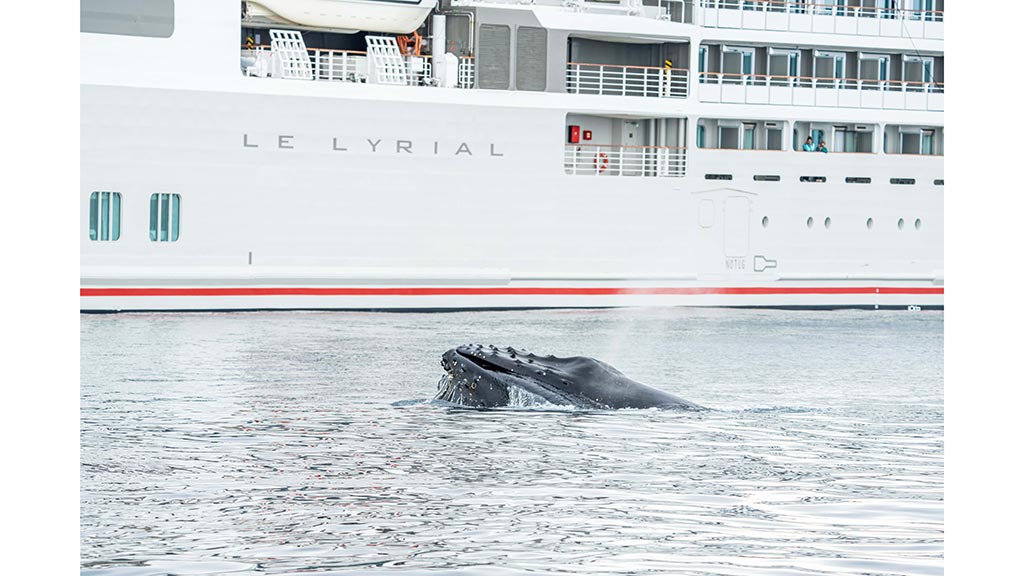
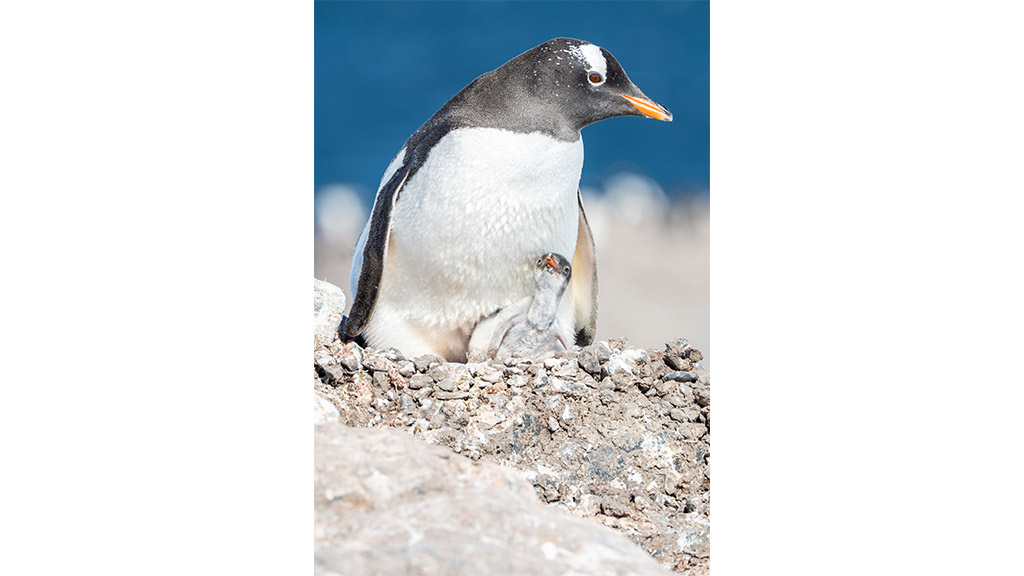






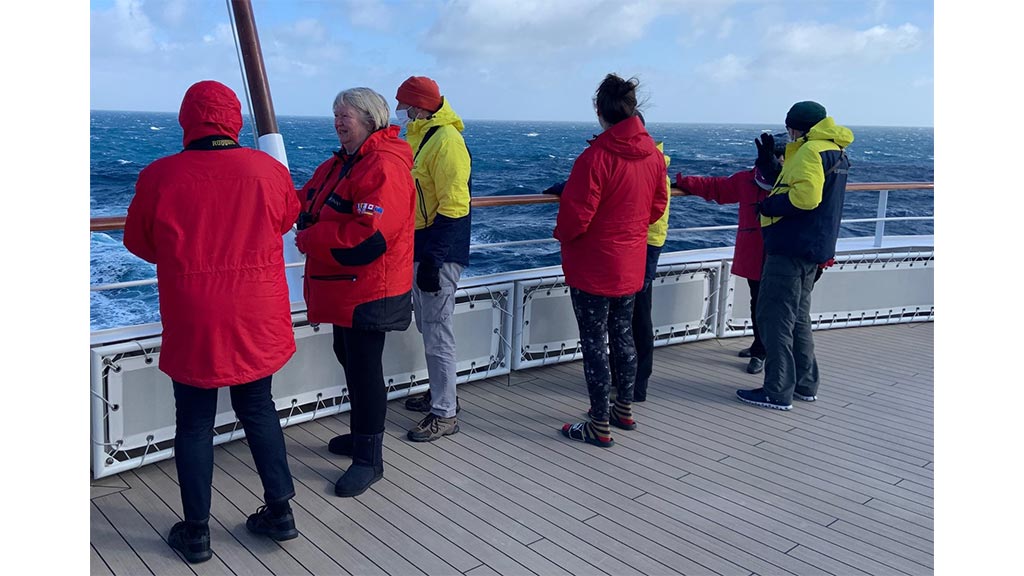
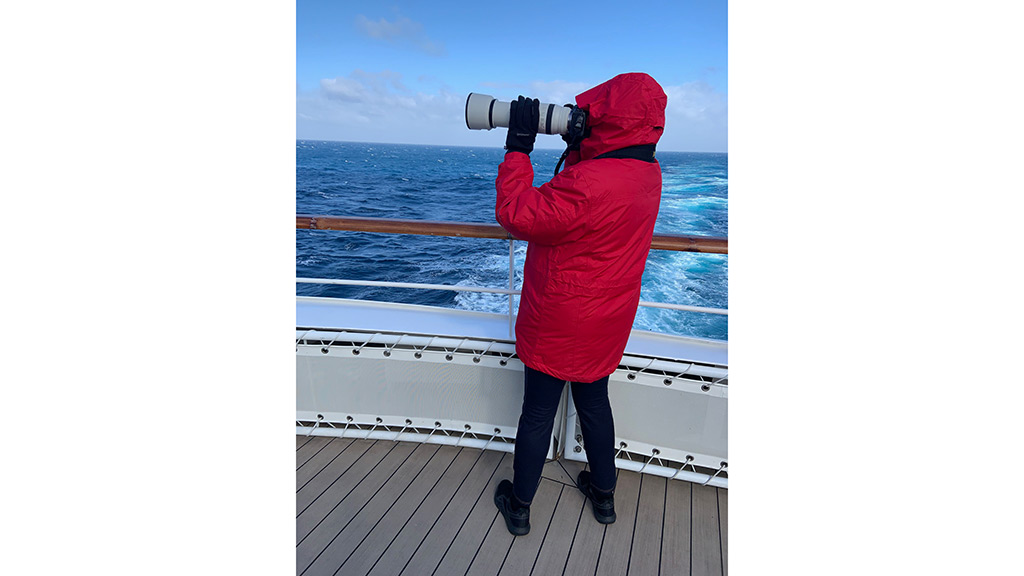
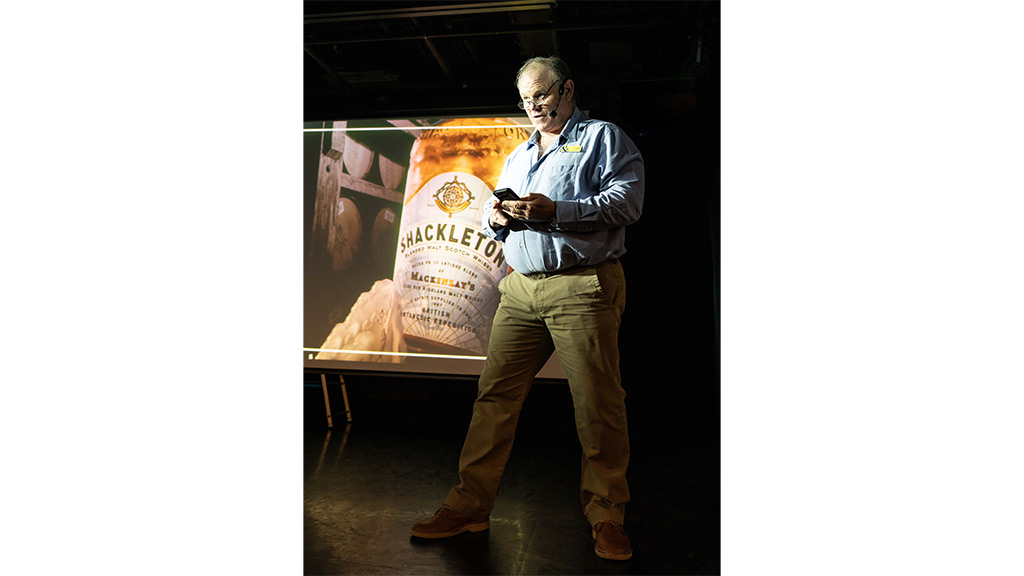
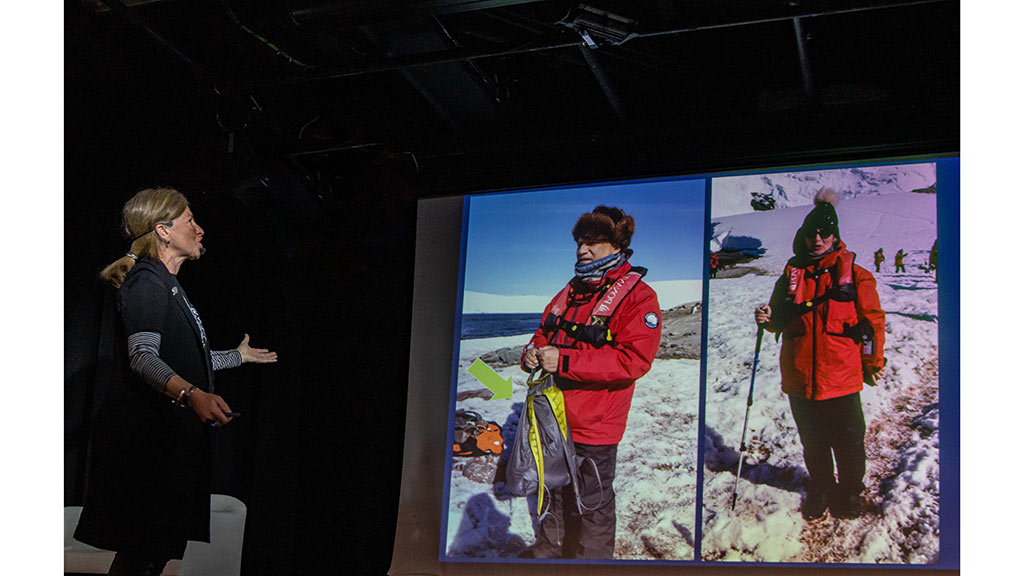

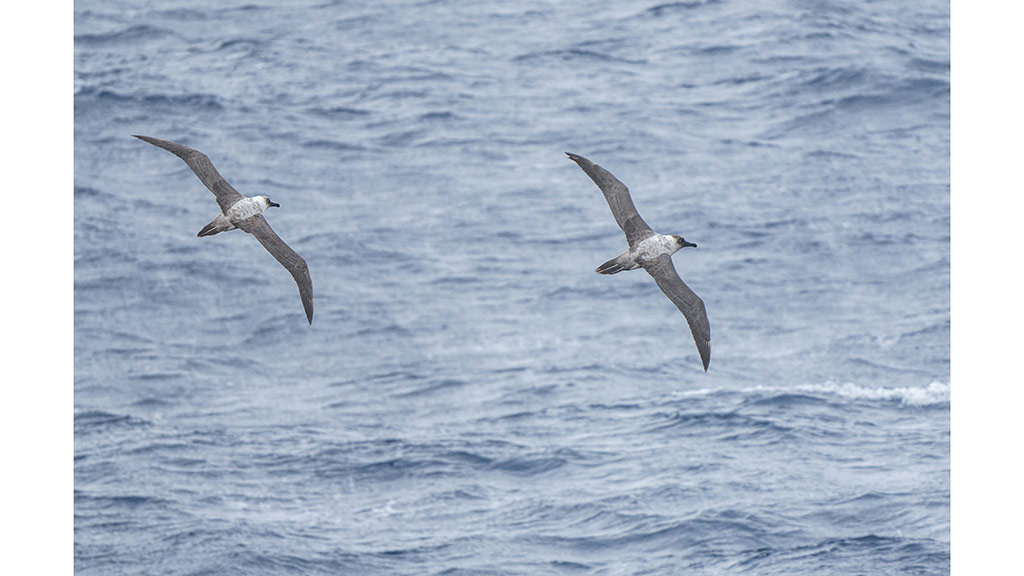










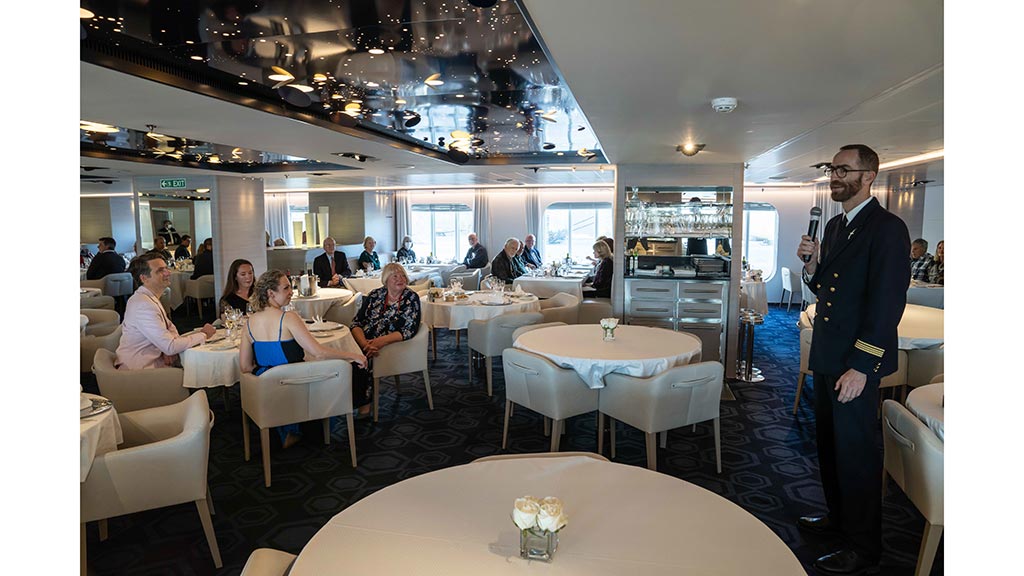
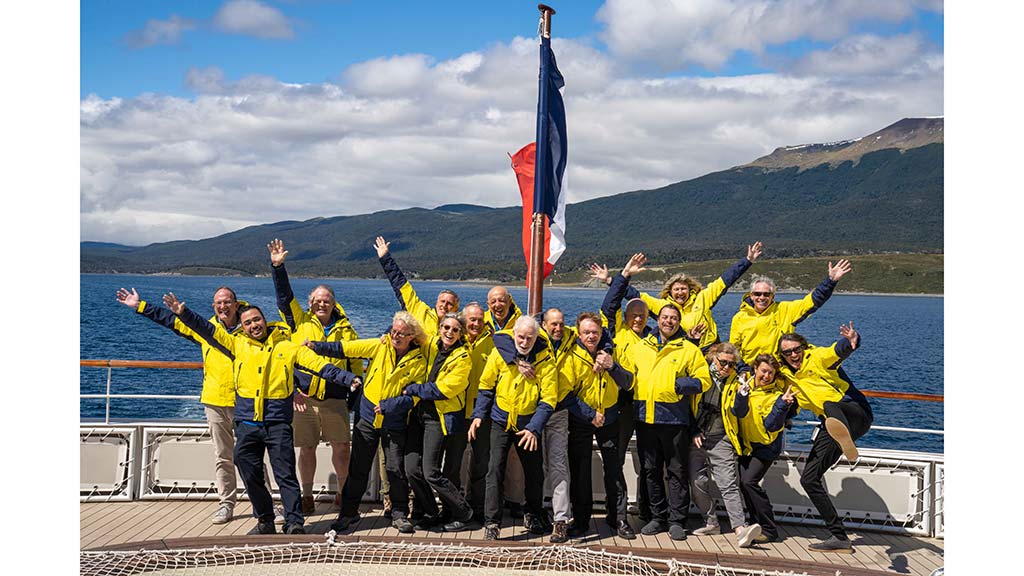
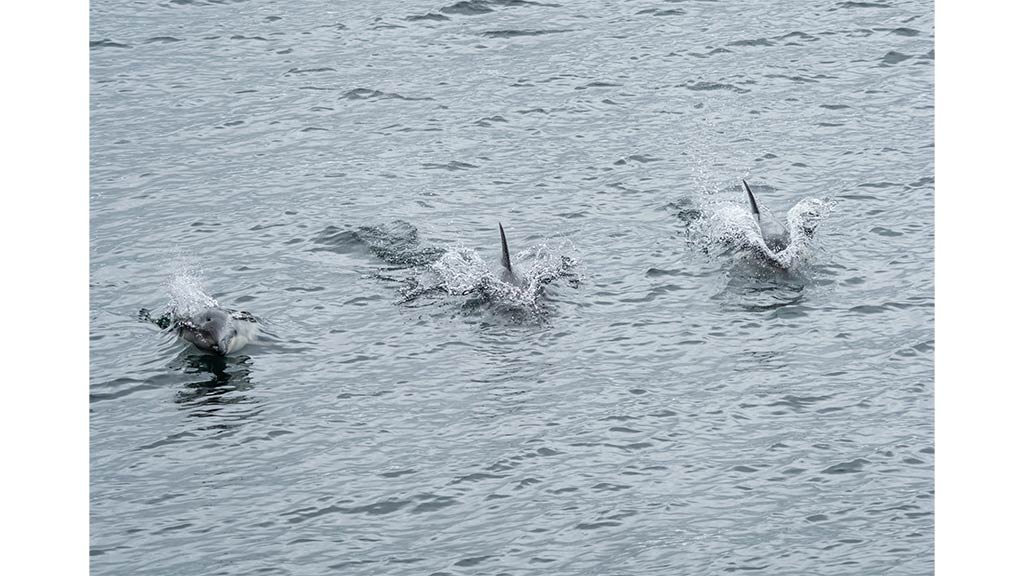
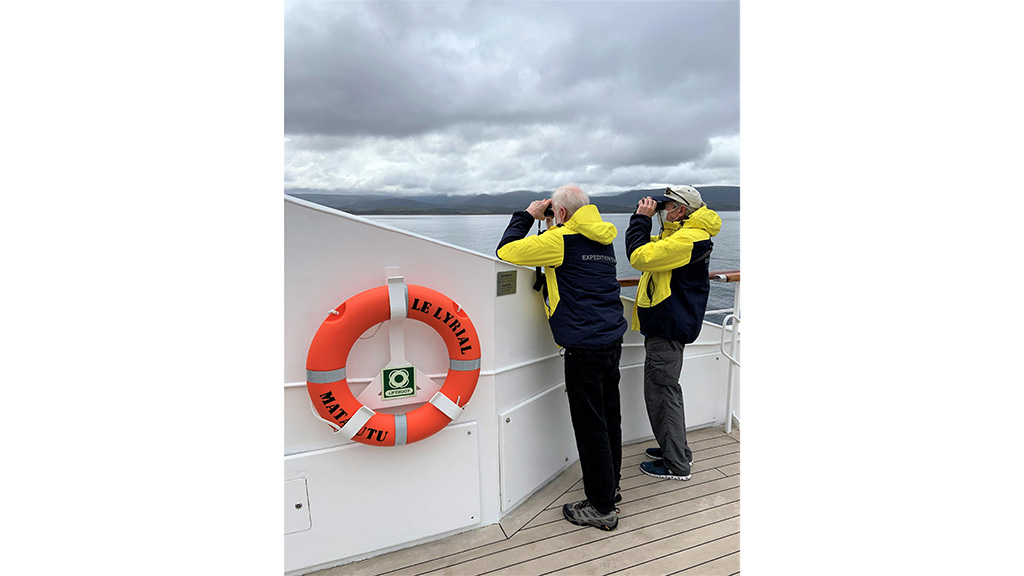
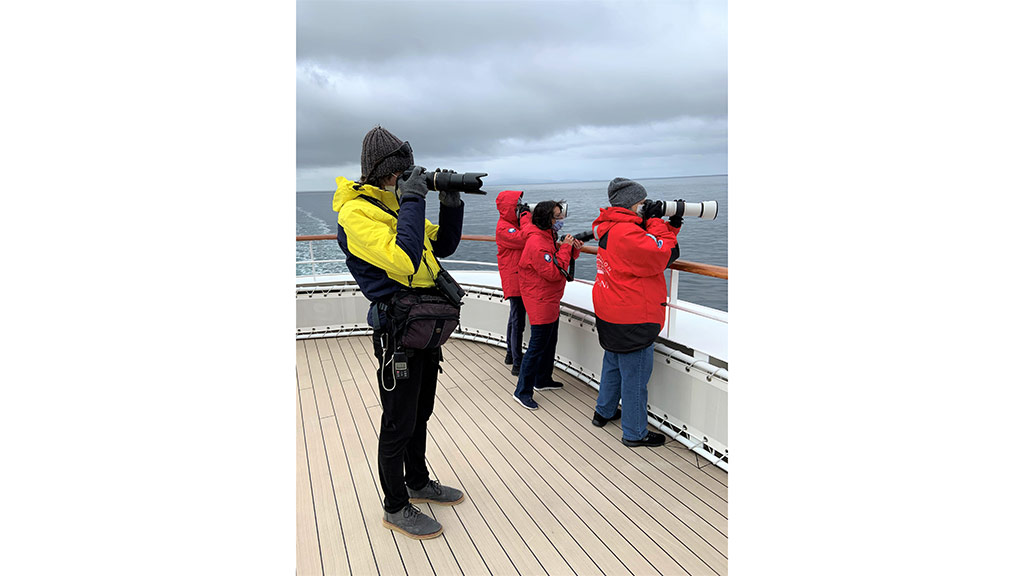
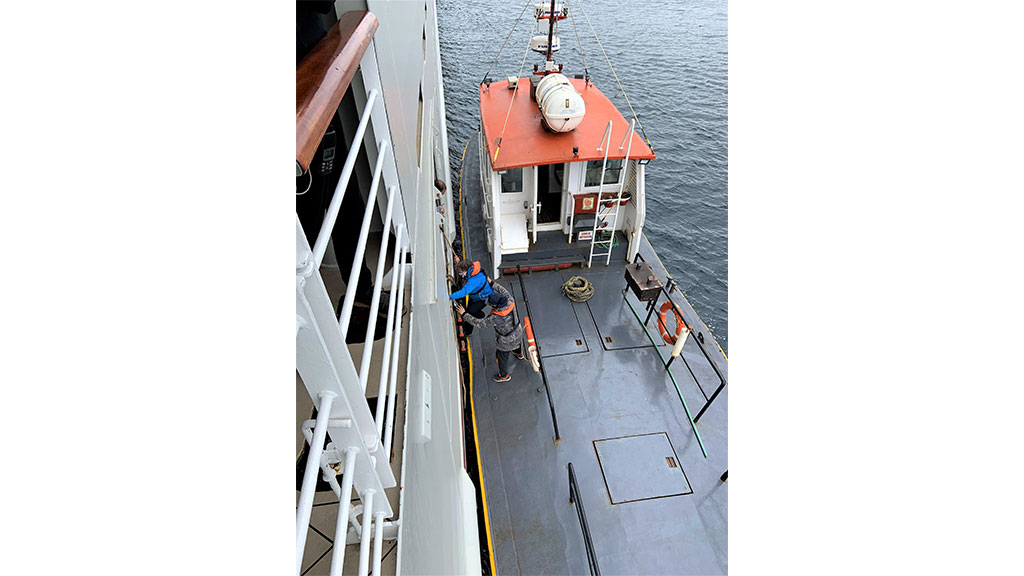
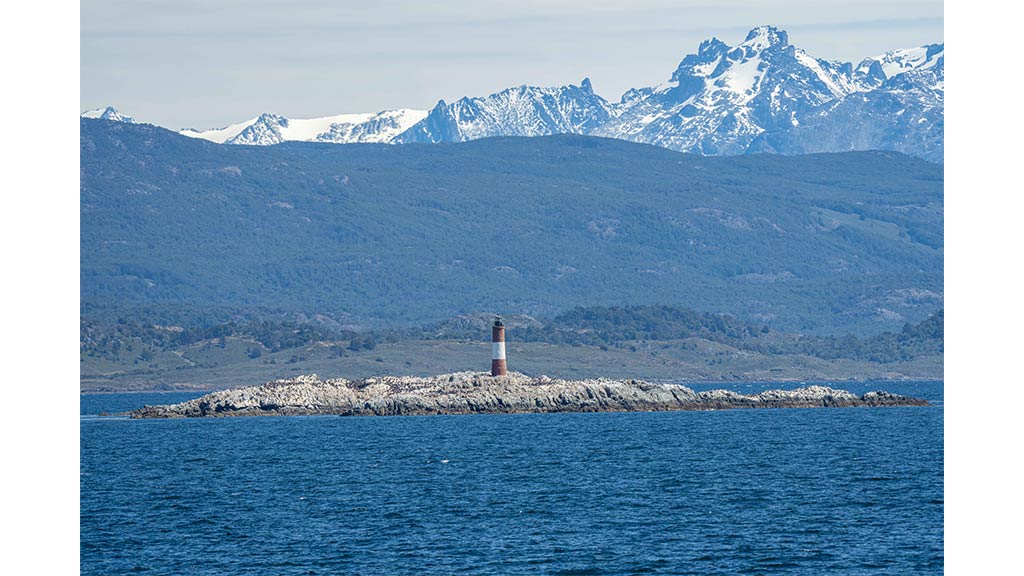
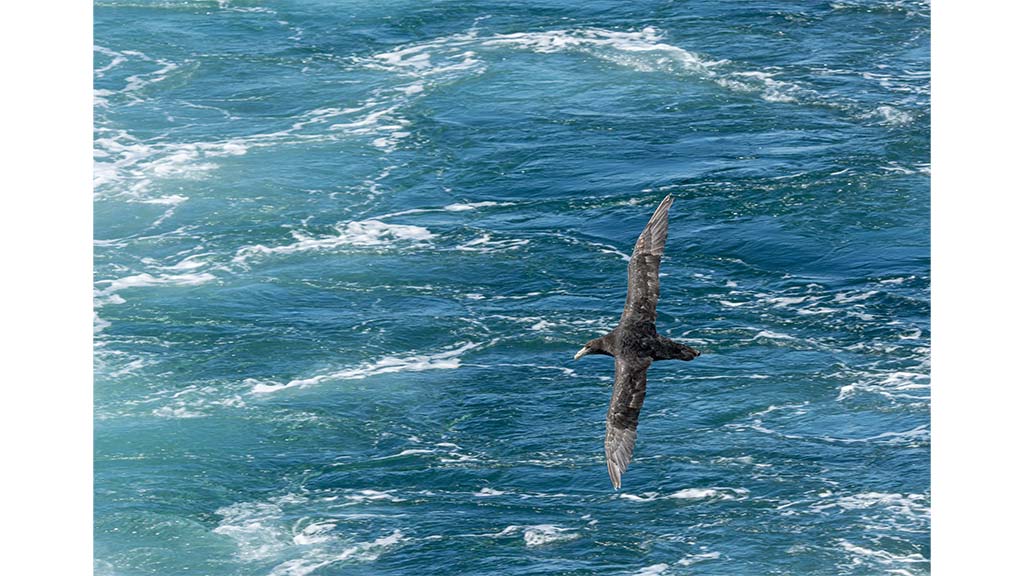
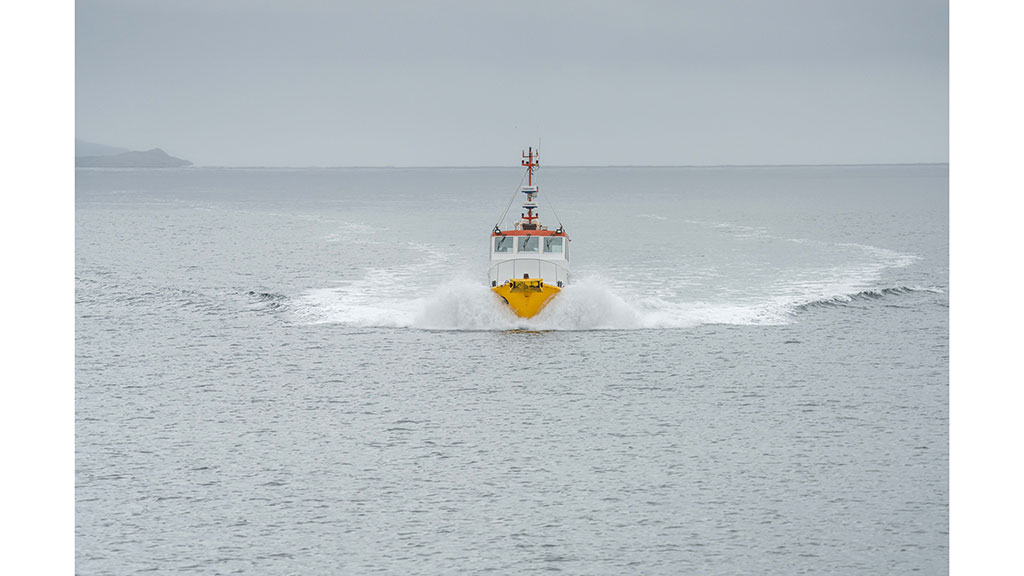
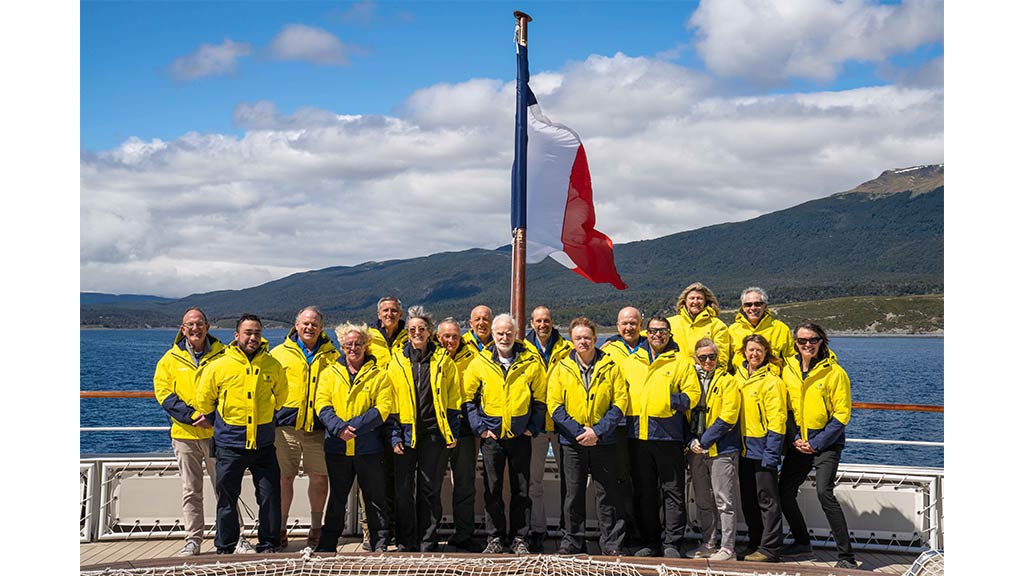











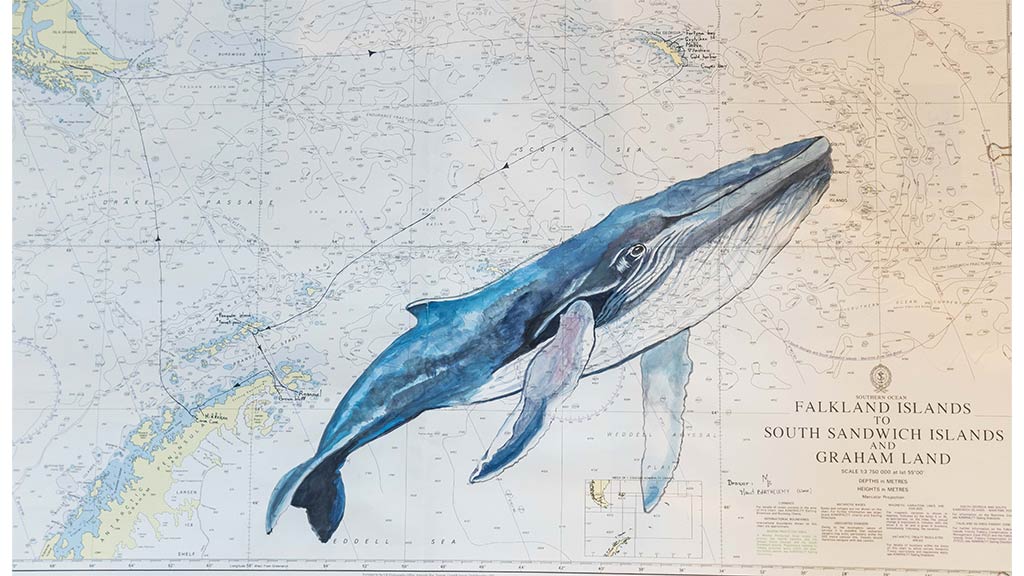
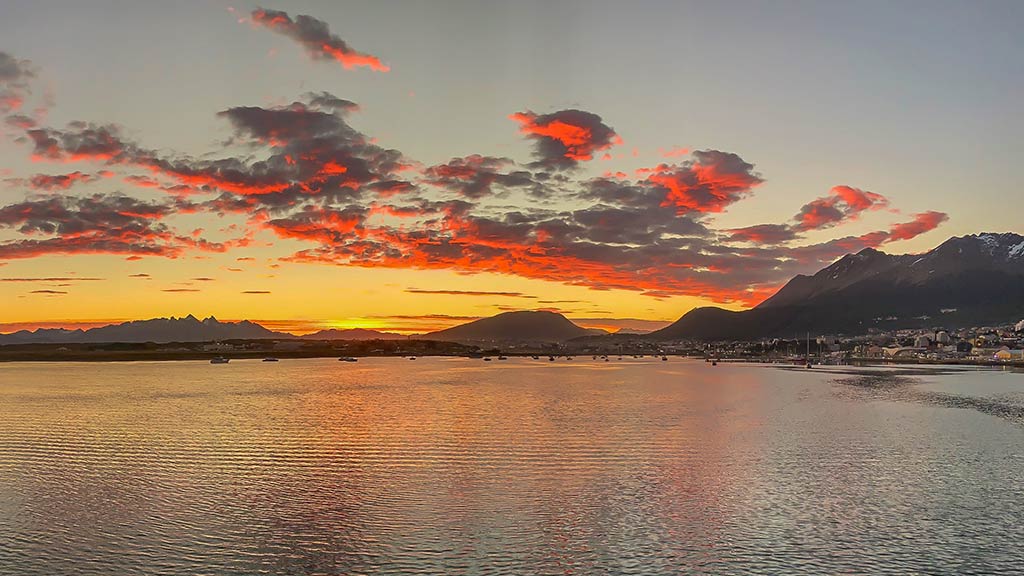
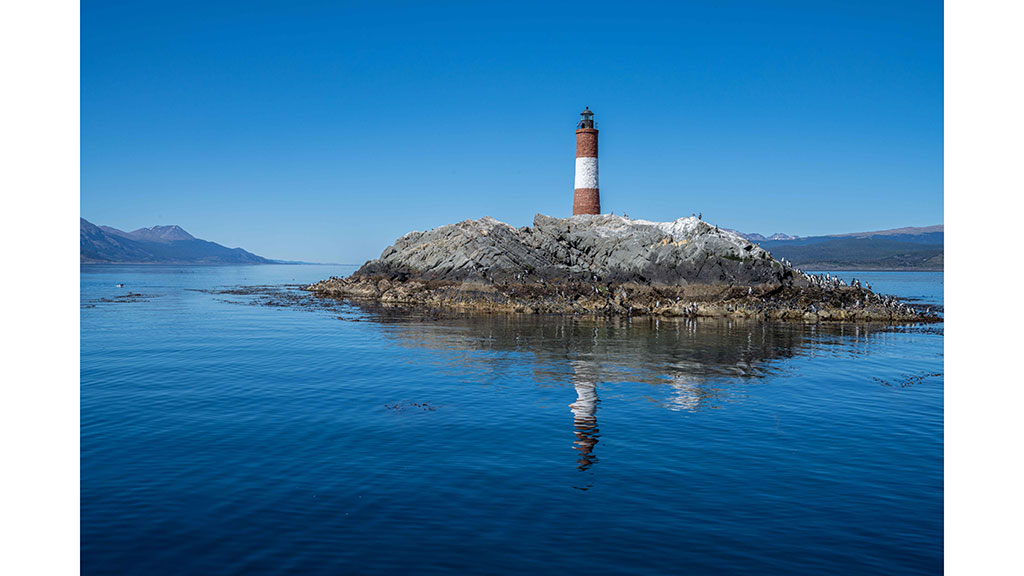
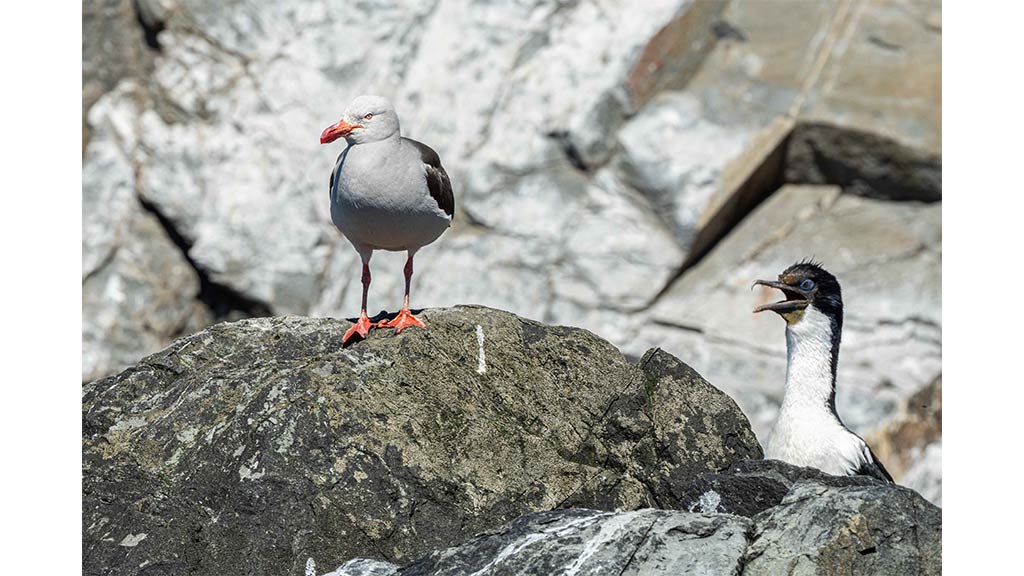
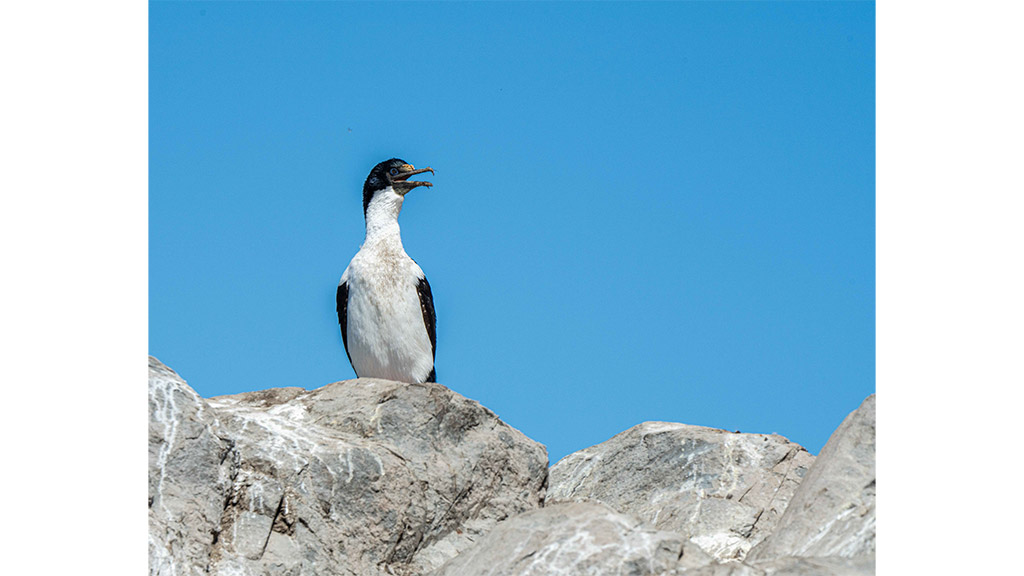
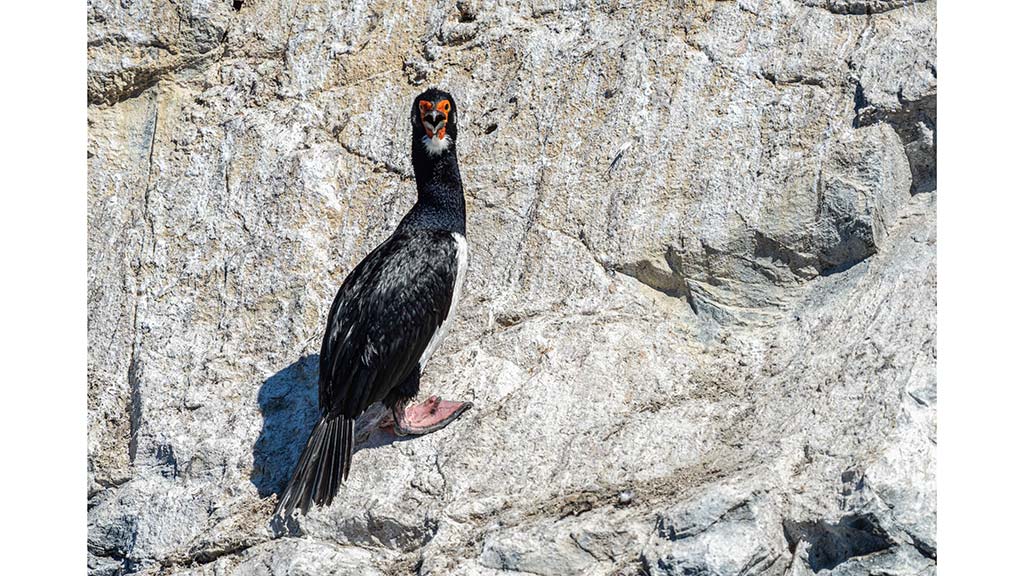
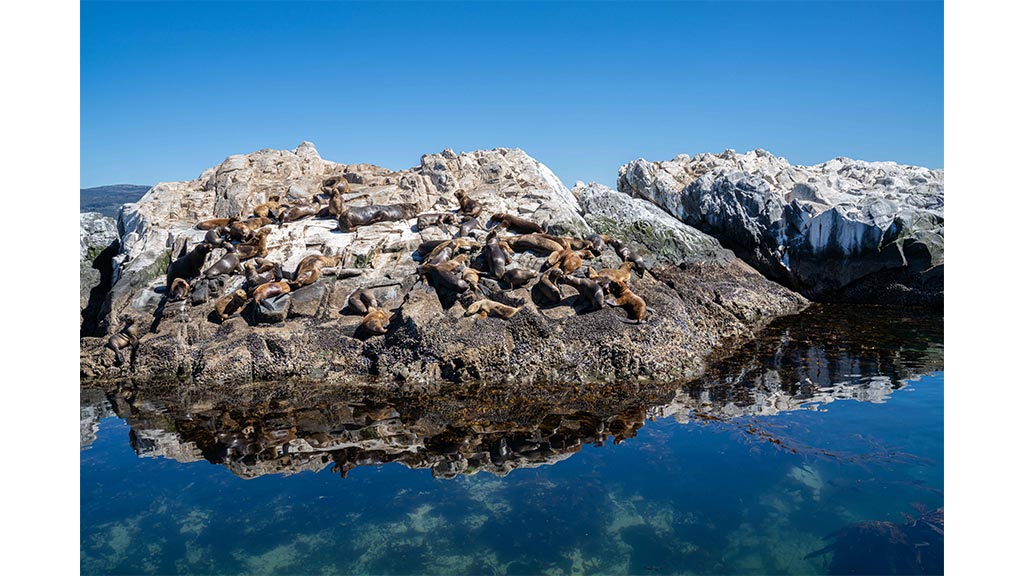
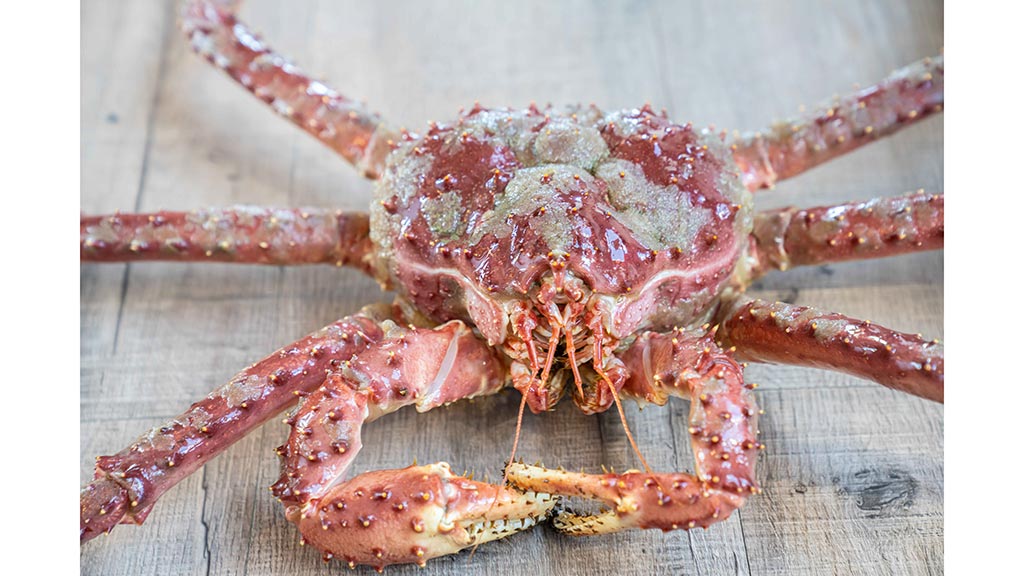
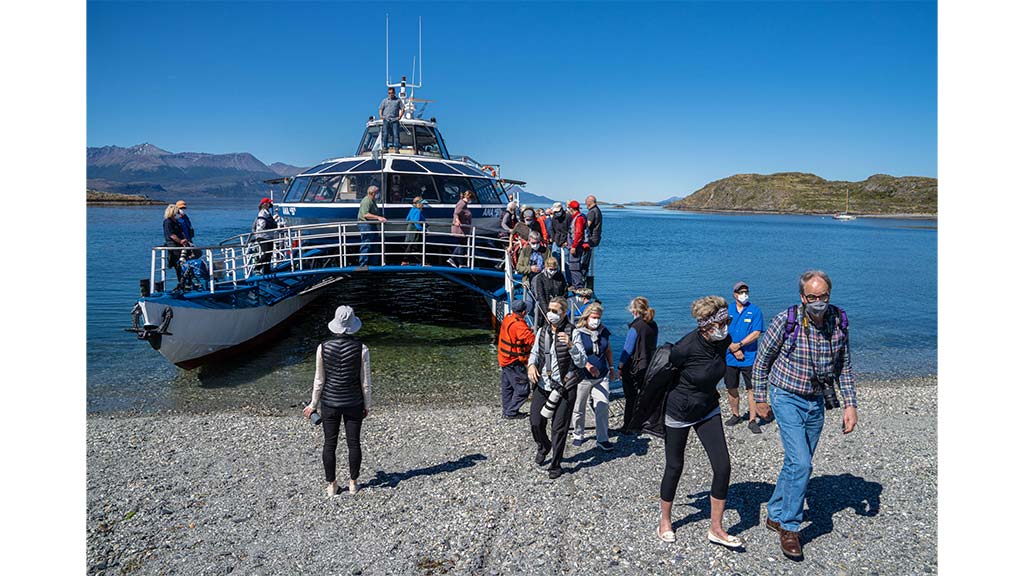
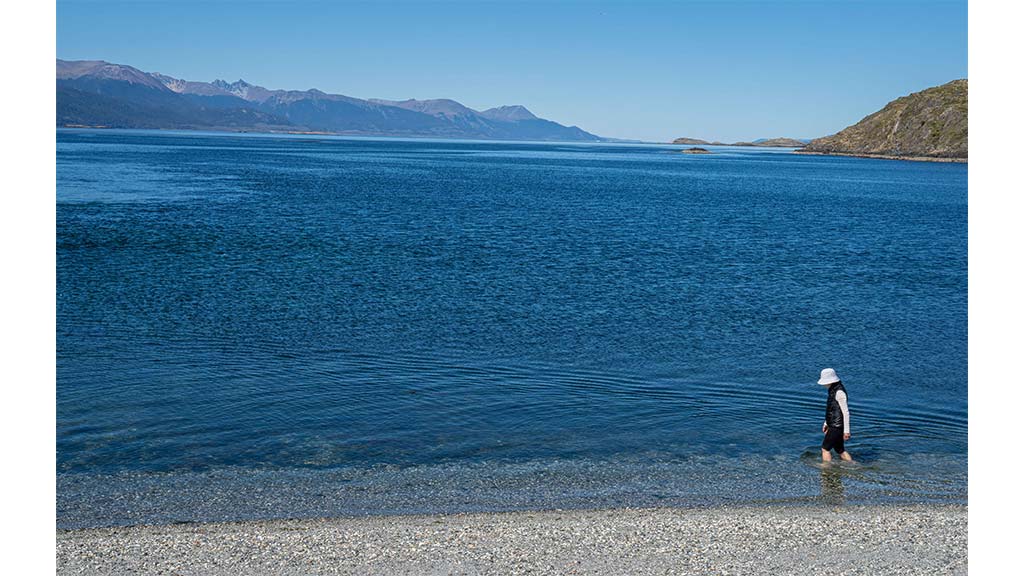
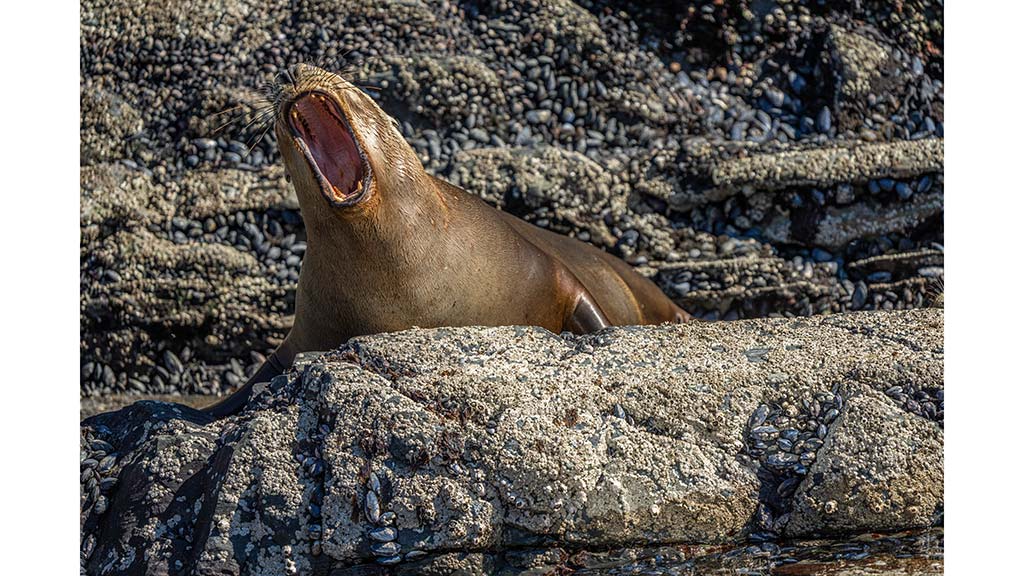

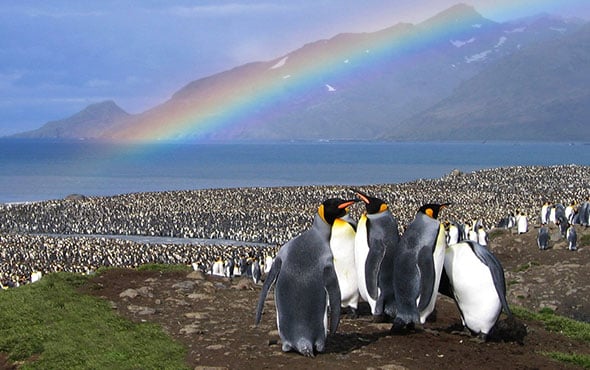

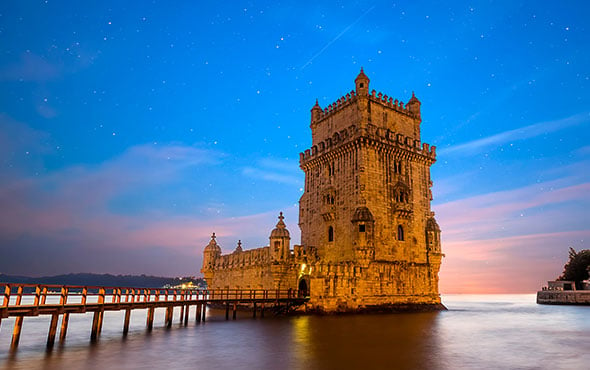

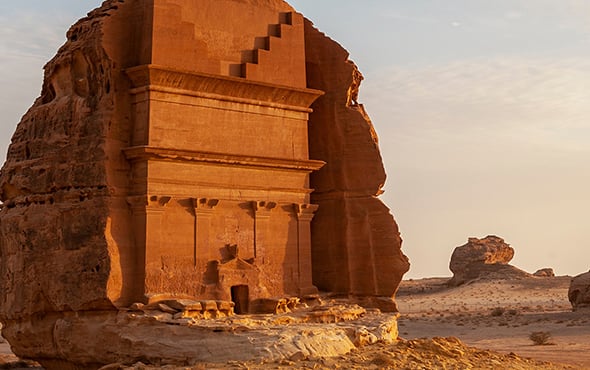
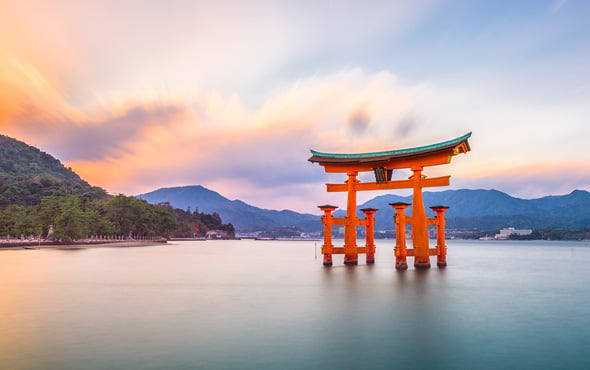
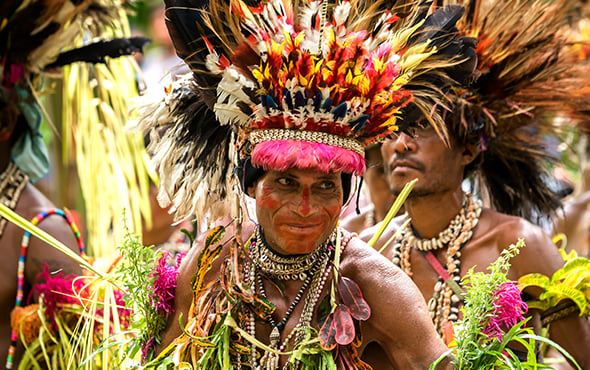
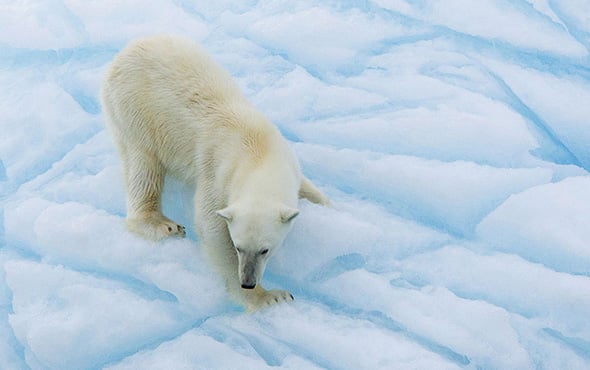
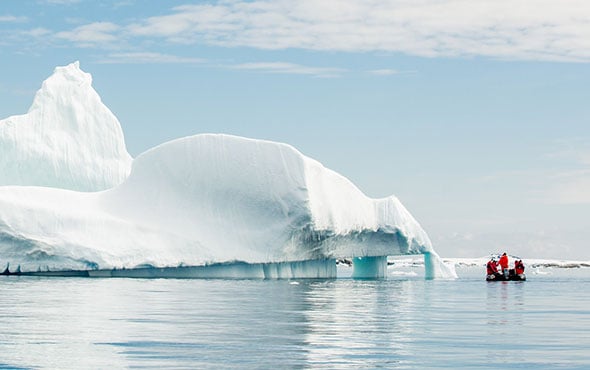
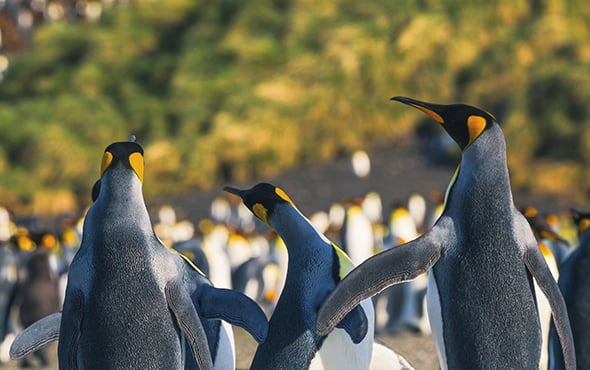




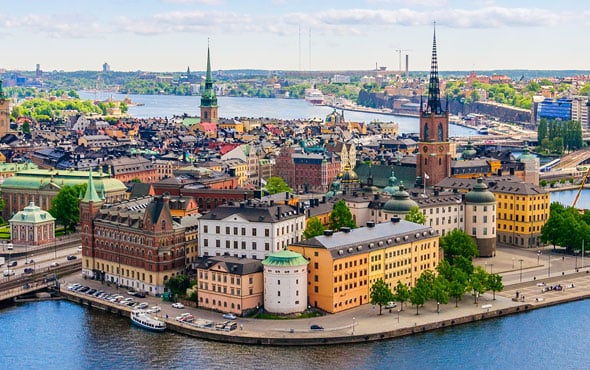


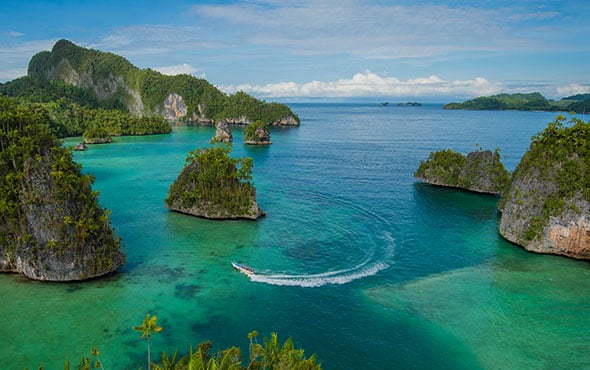
 The Americas
The Americas
 Europe, Middle East and Africa
Europe, Middle East and Africa Australia, NZ and Asia
Australia, NZ and Asia